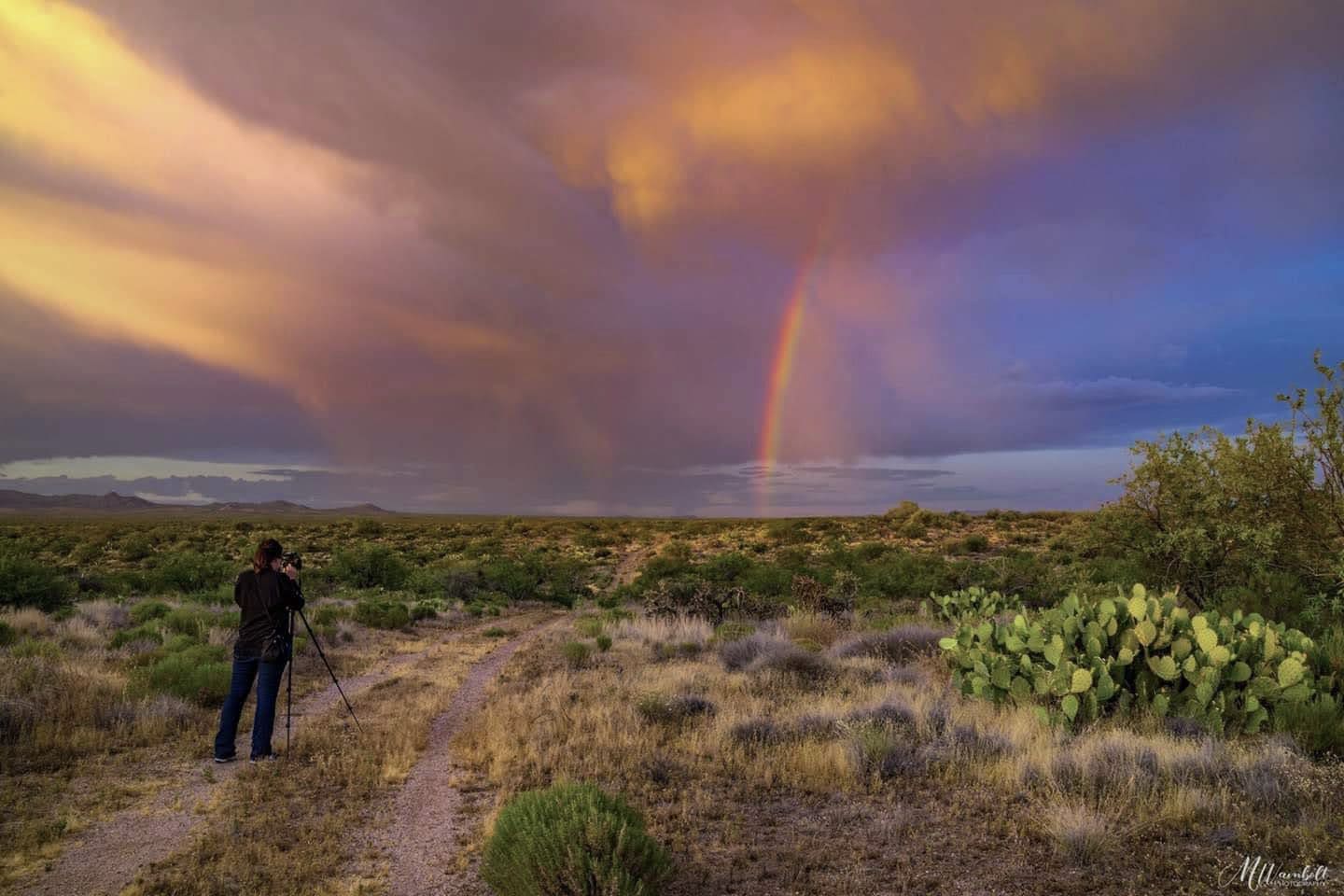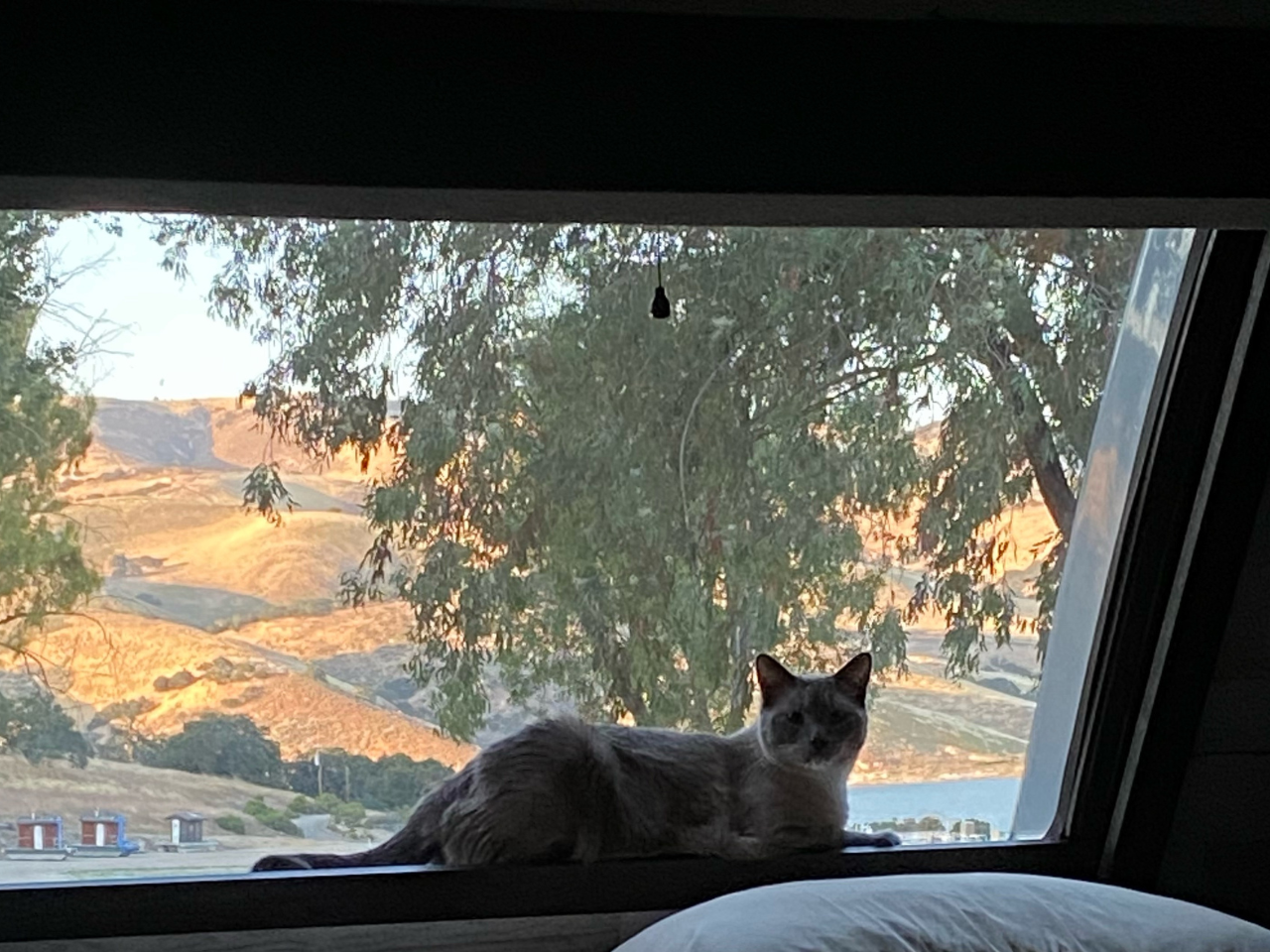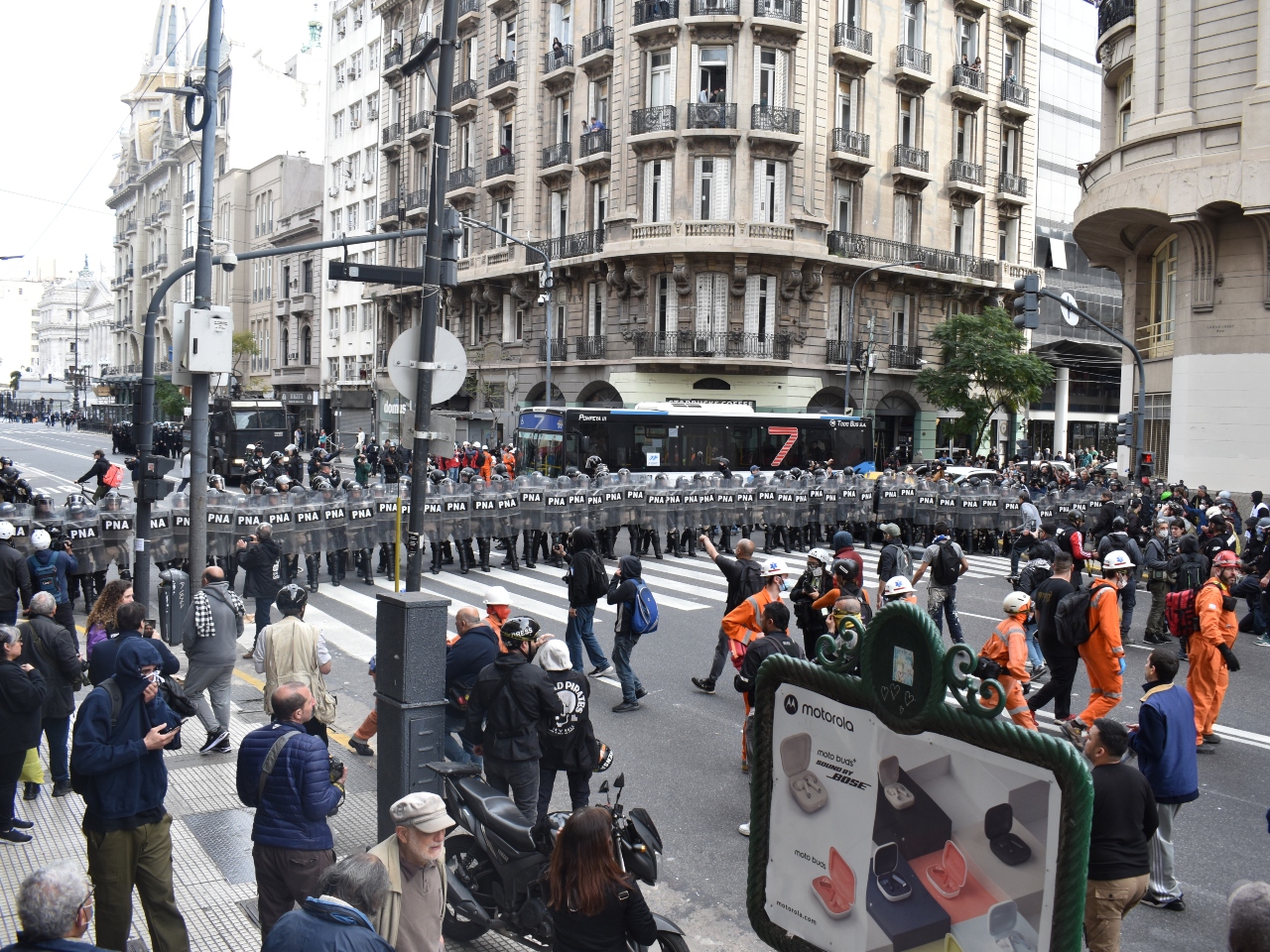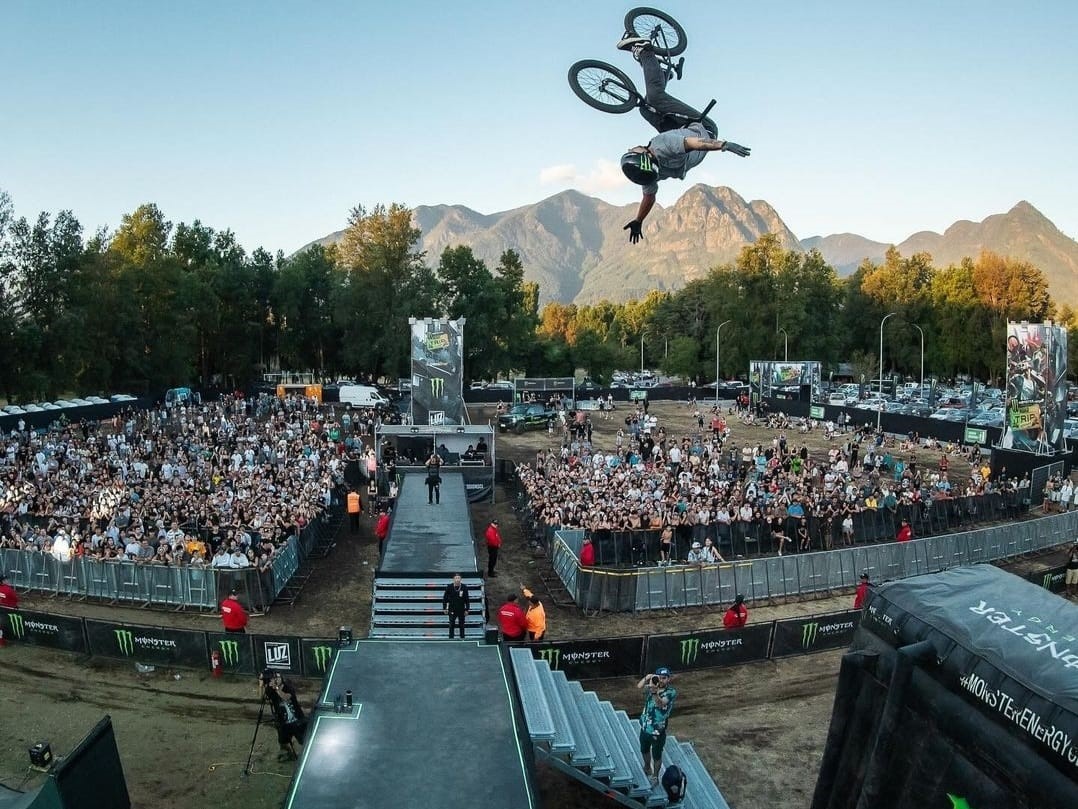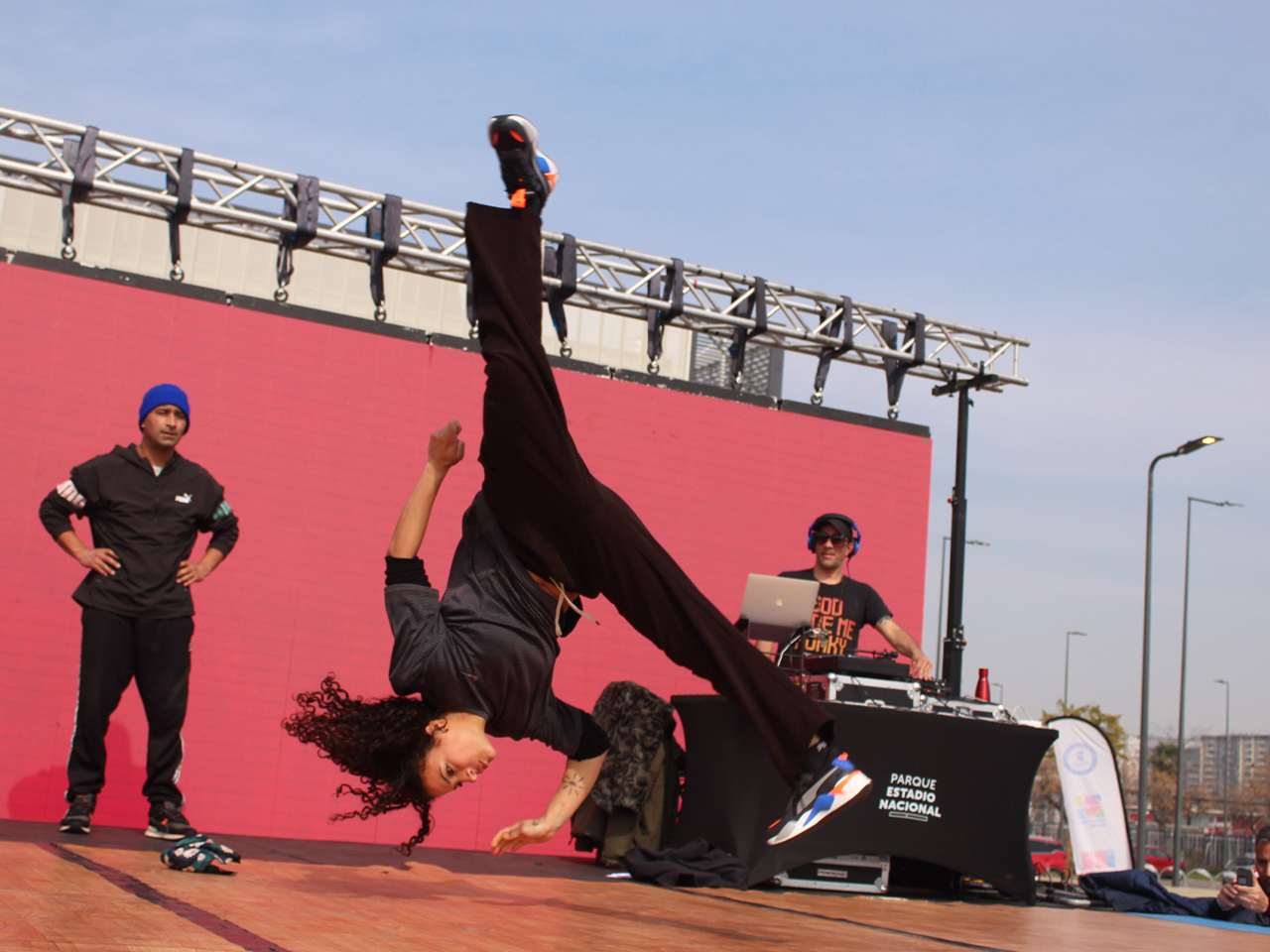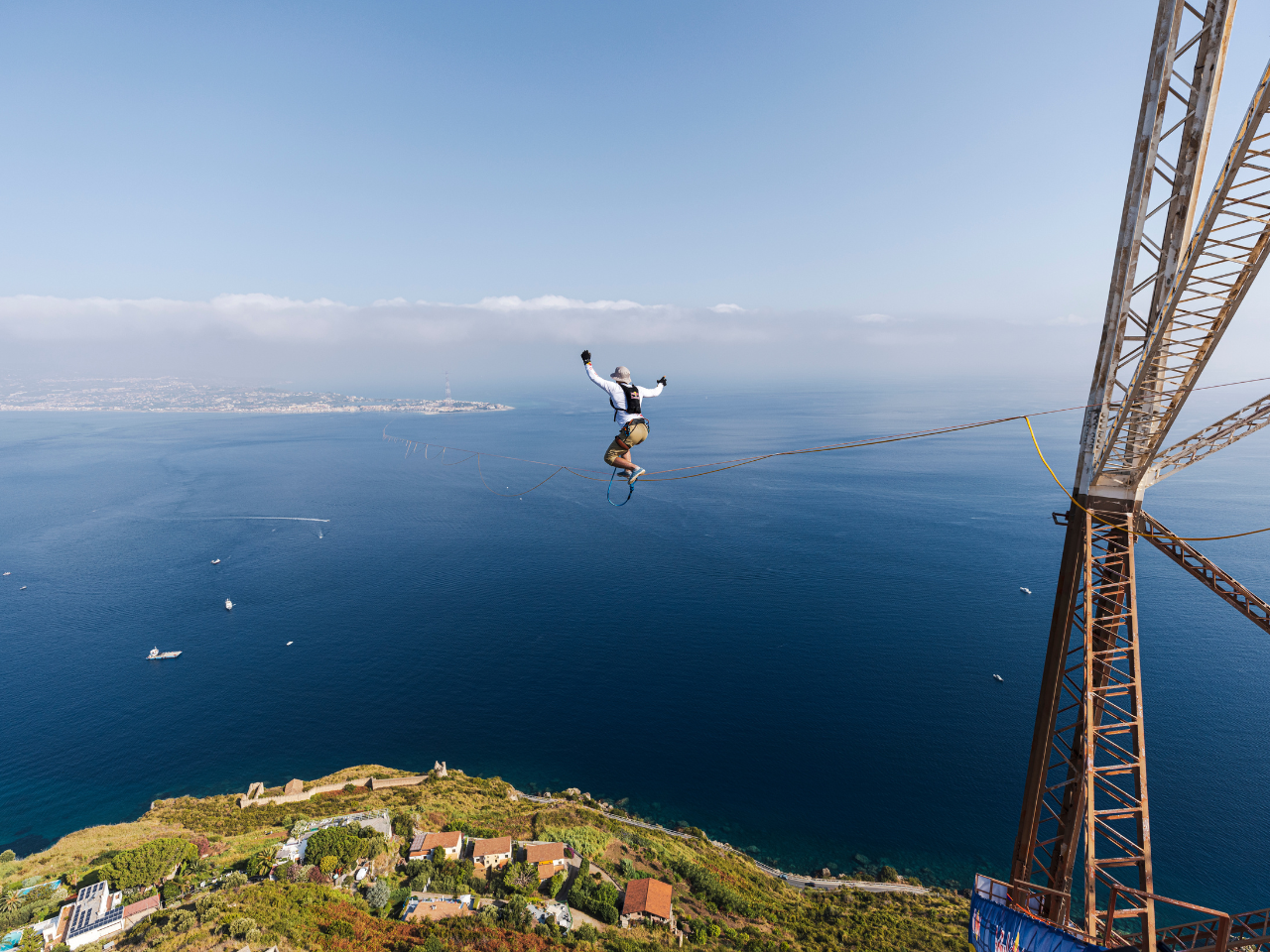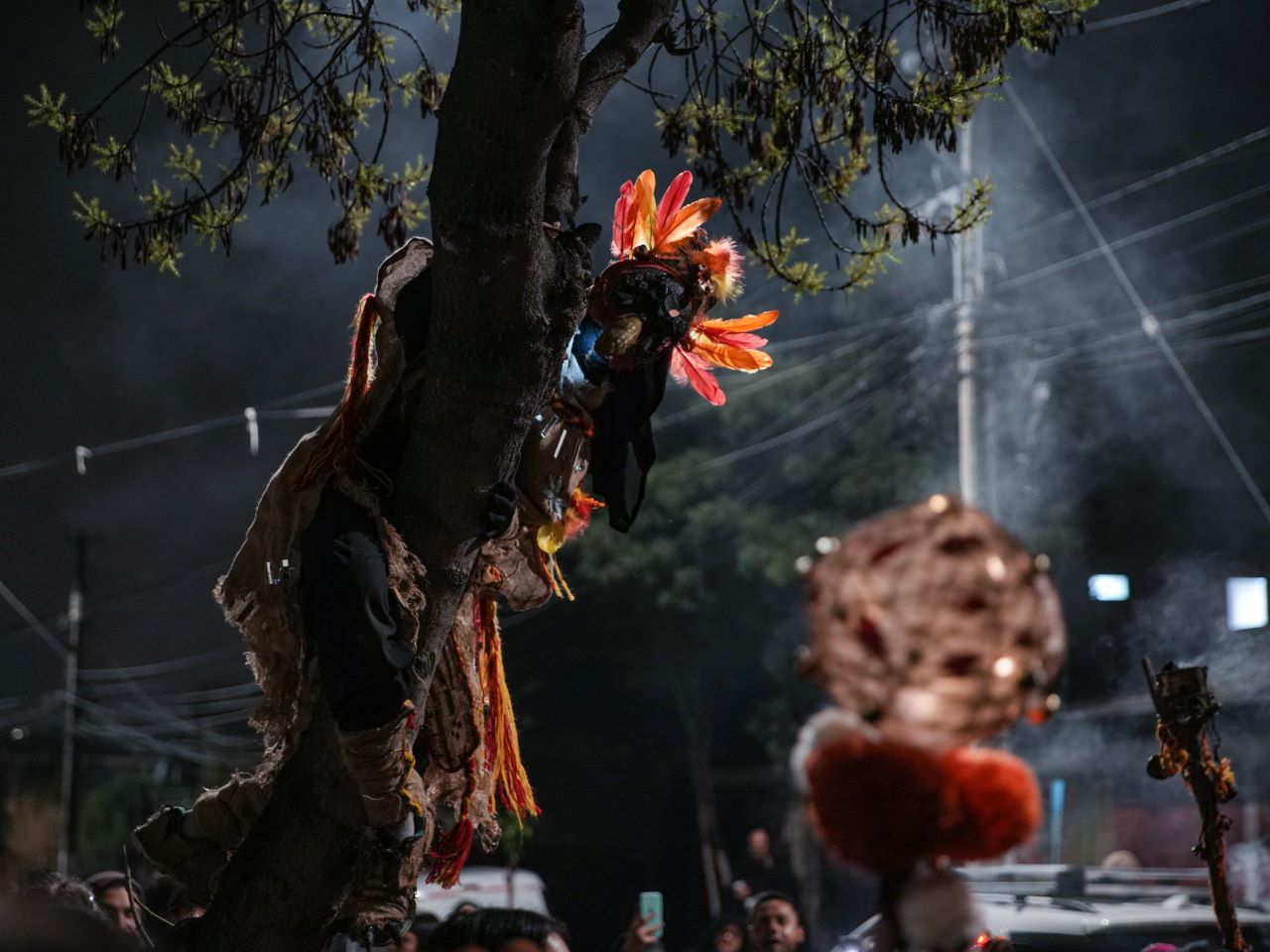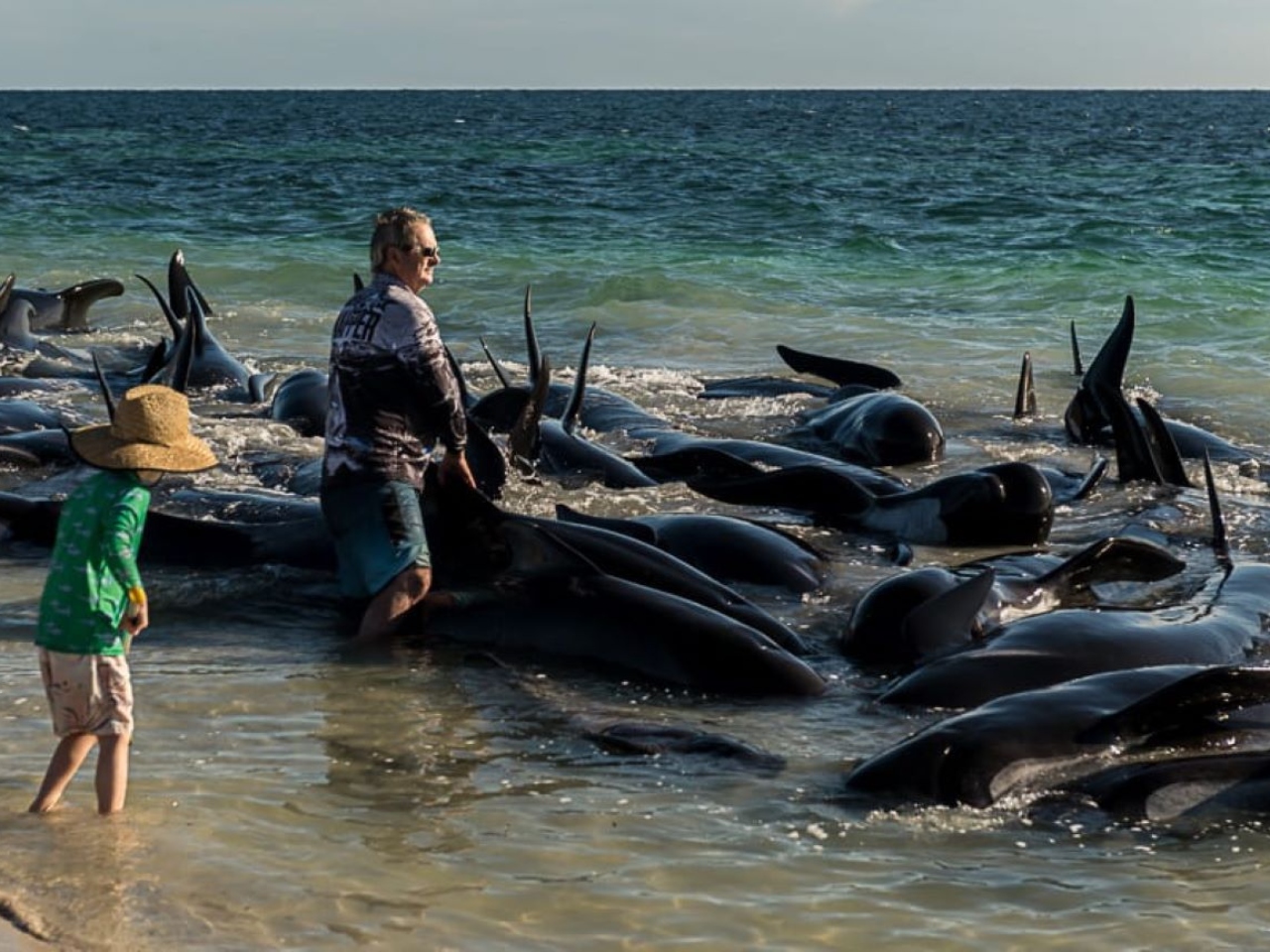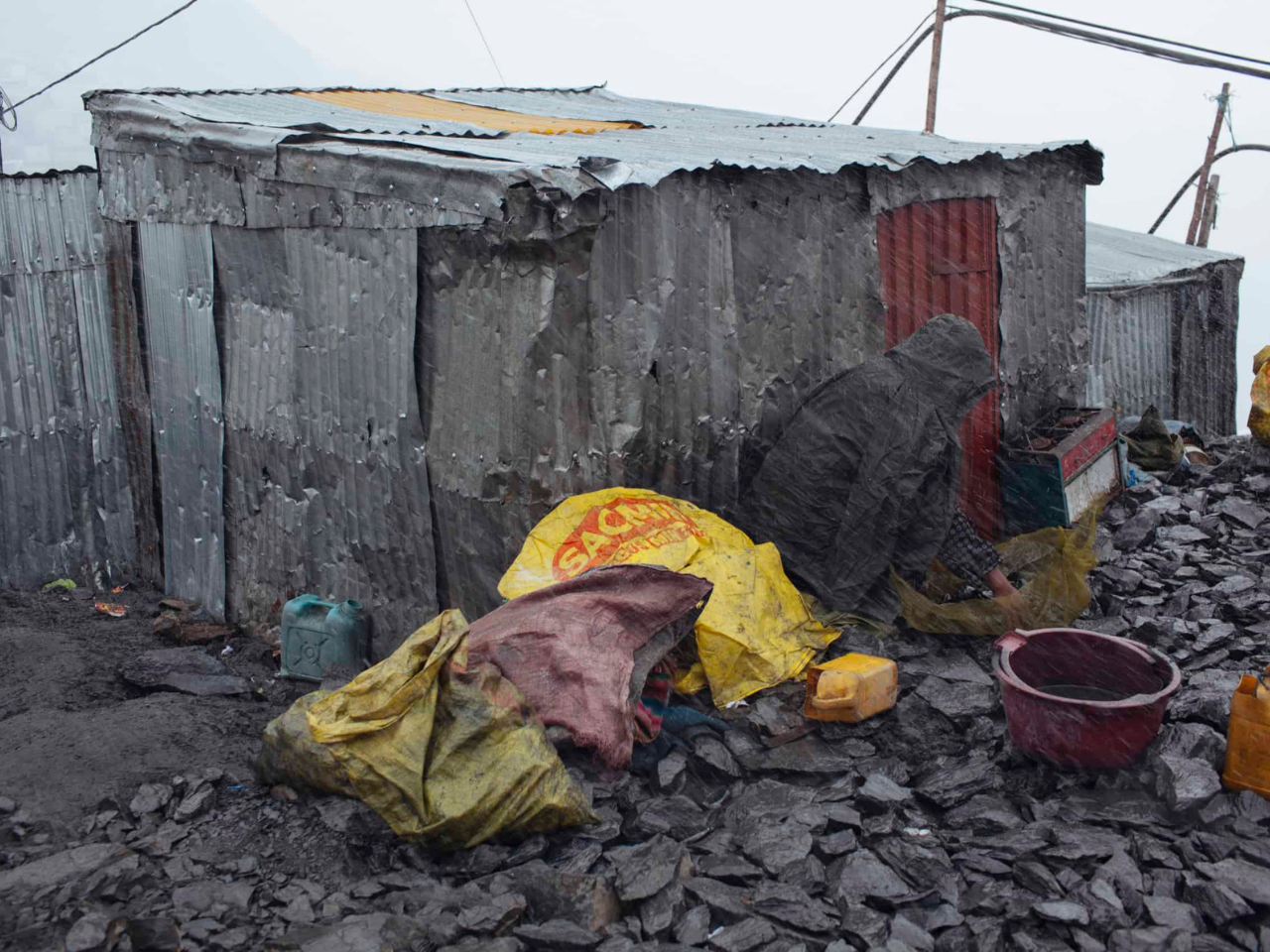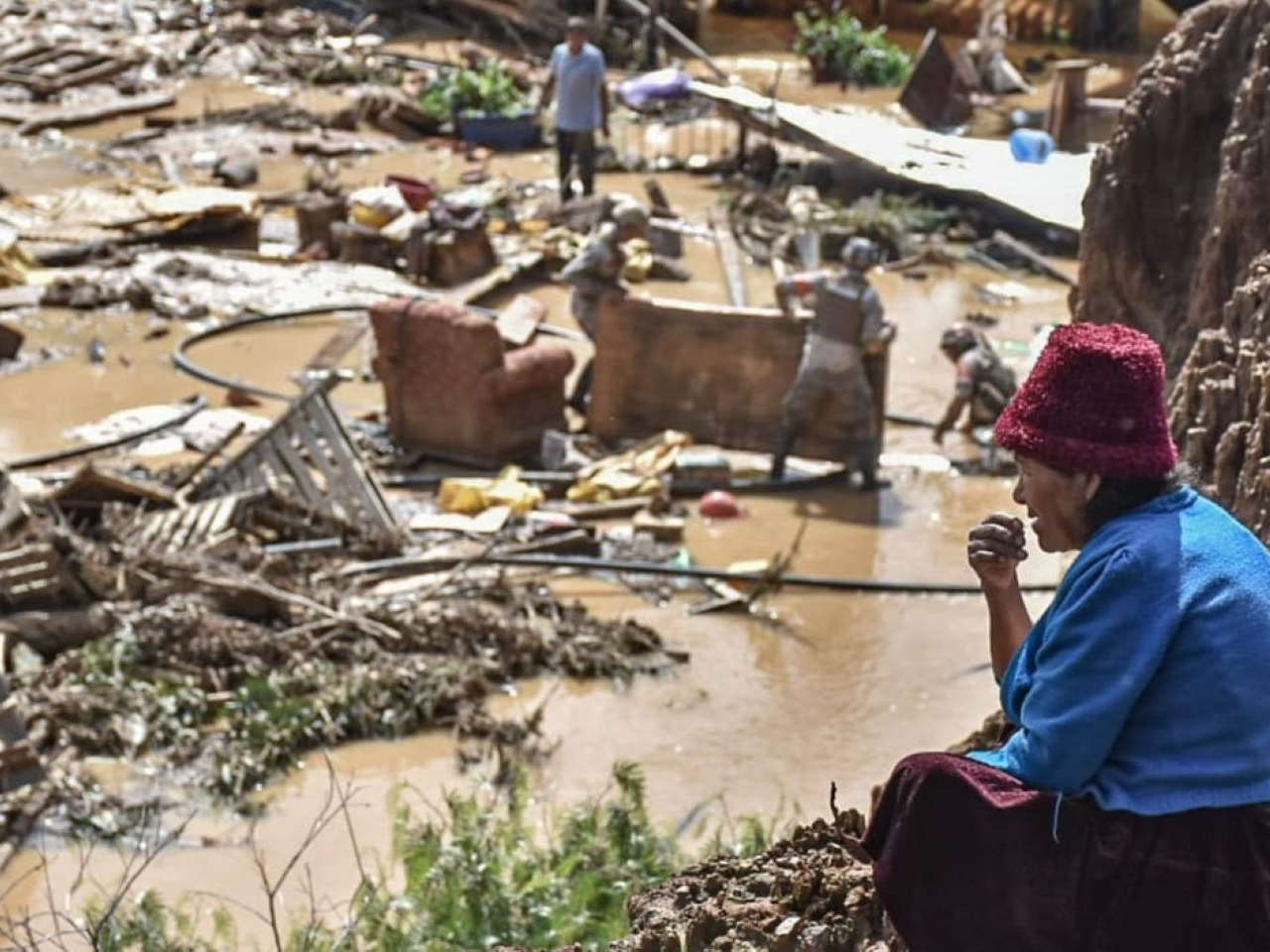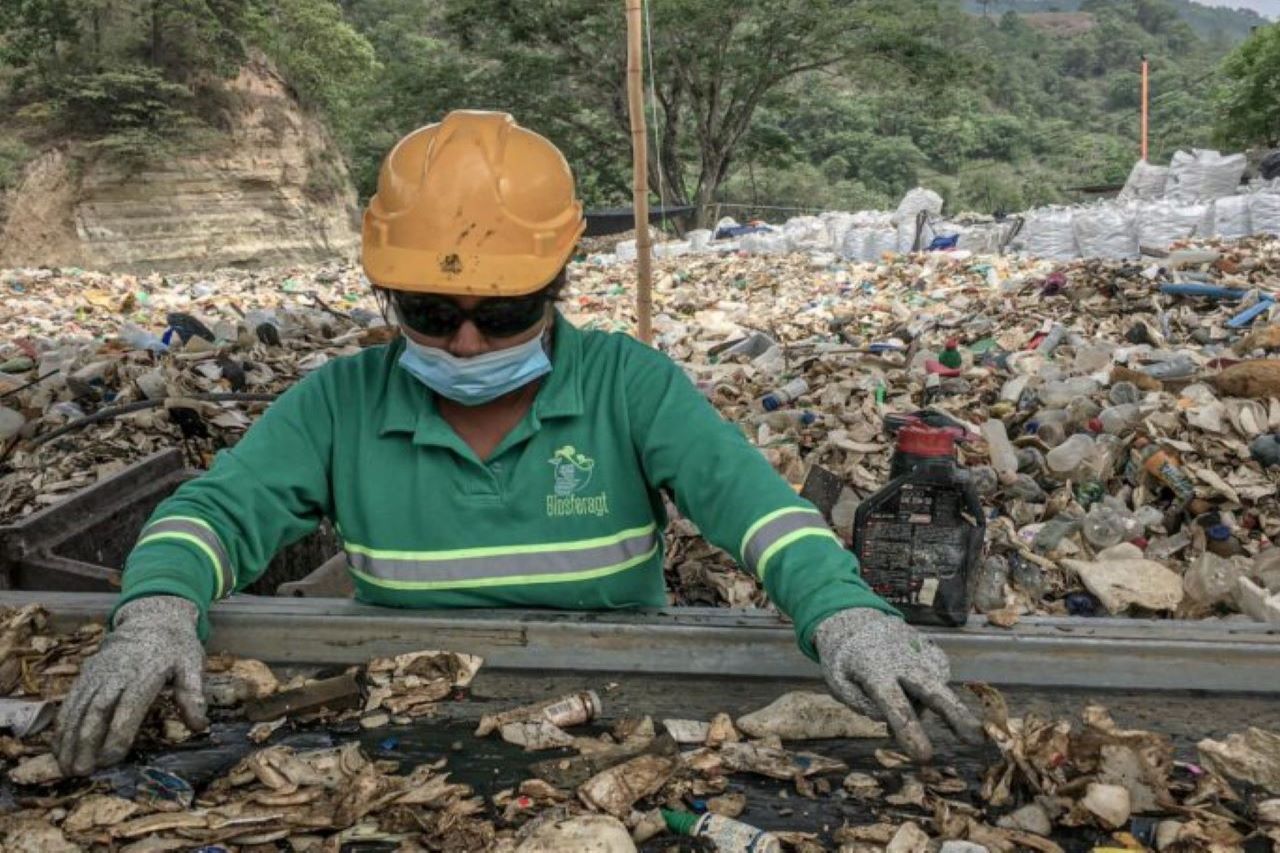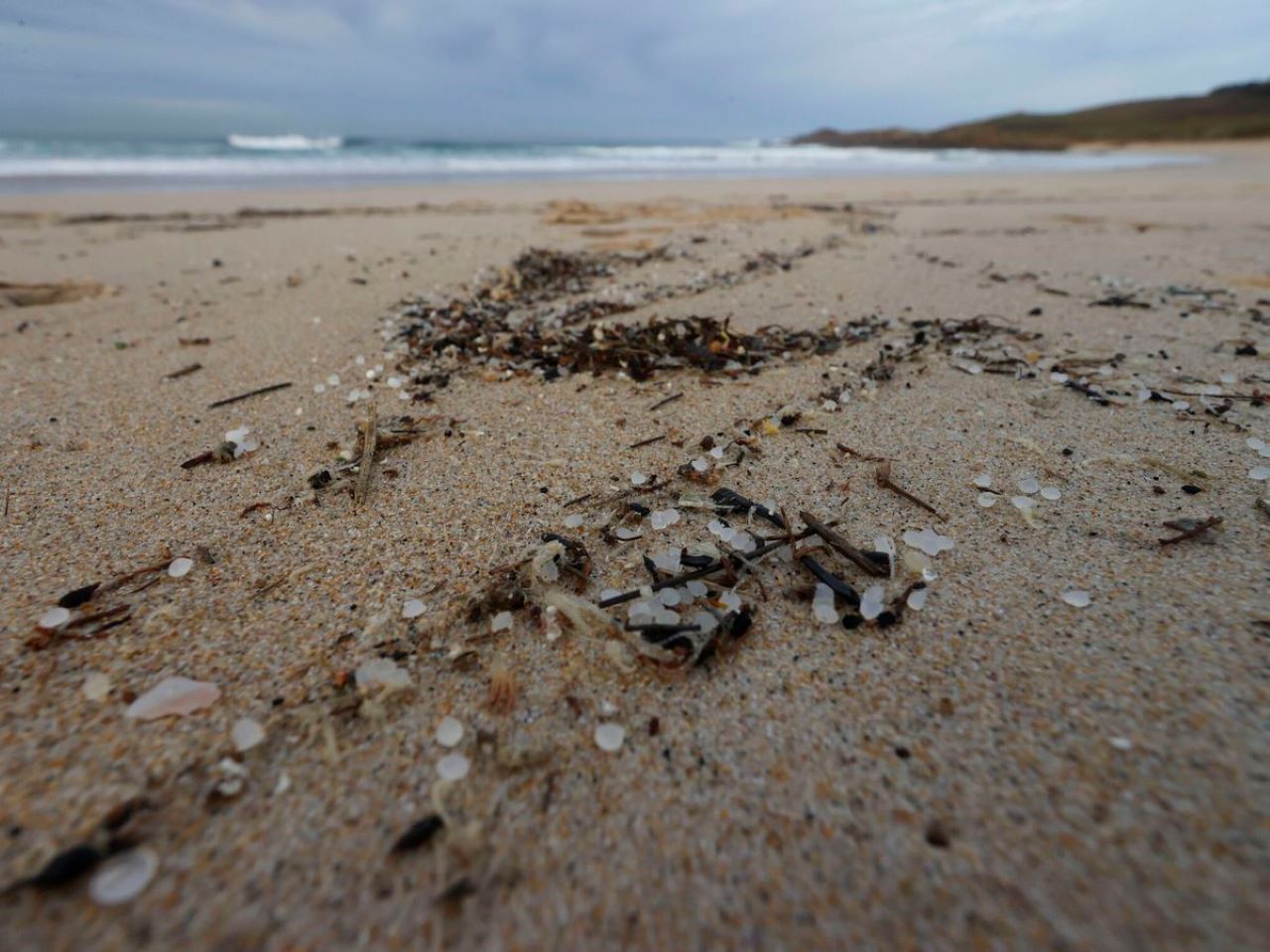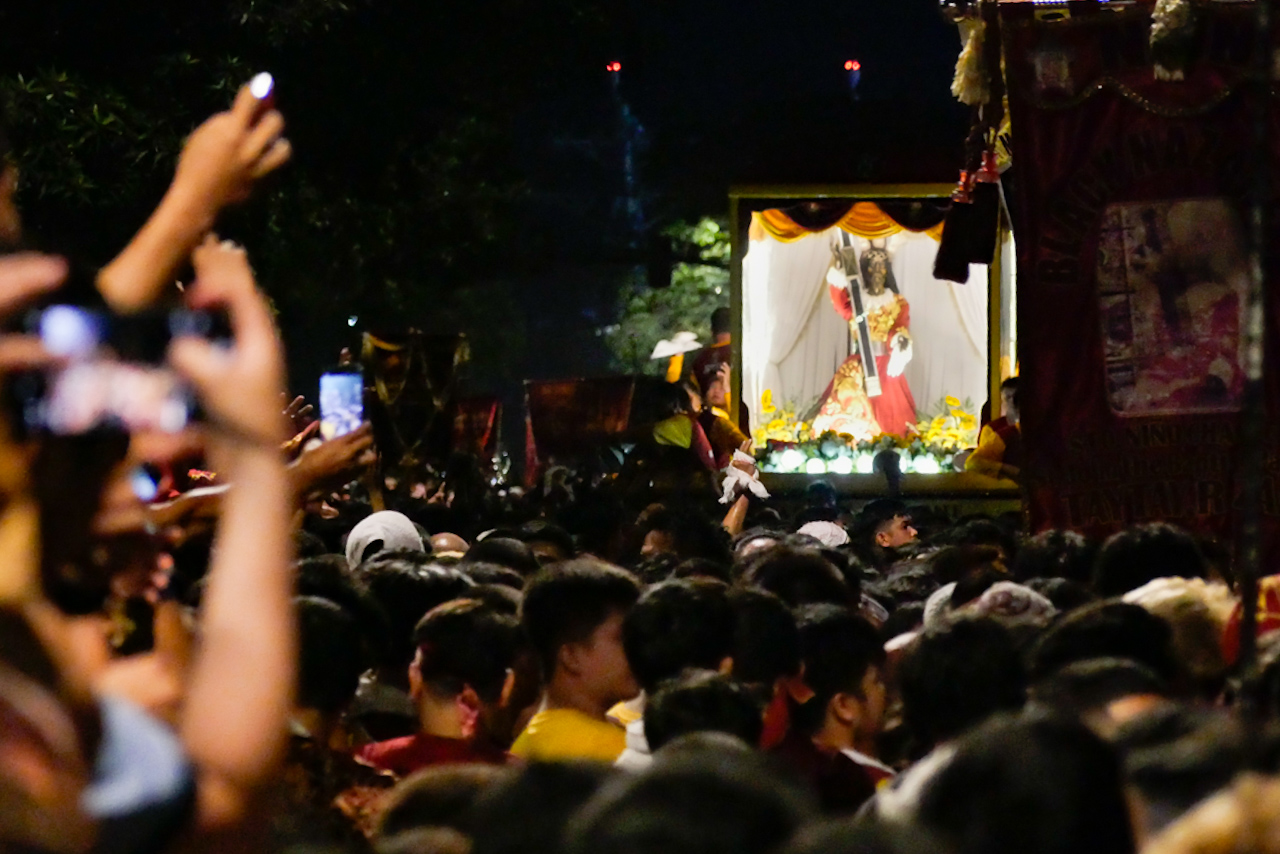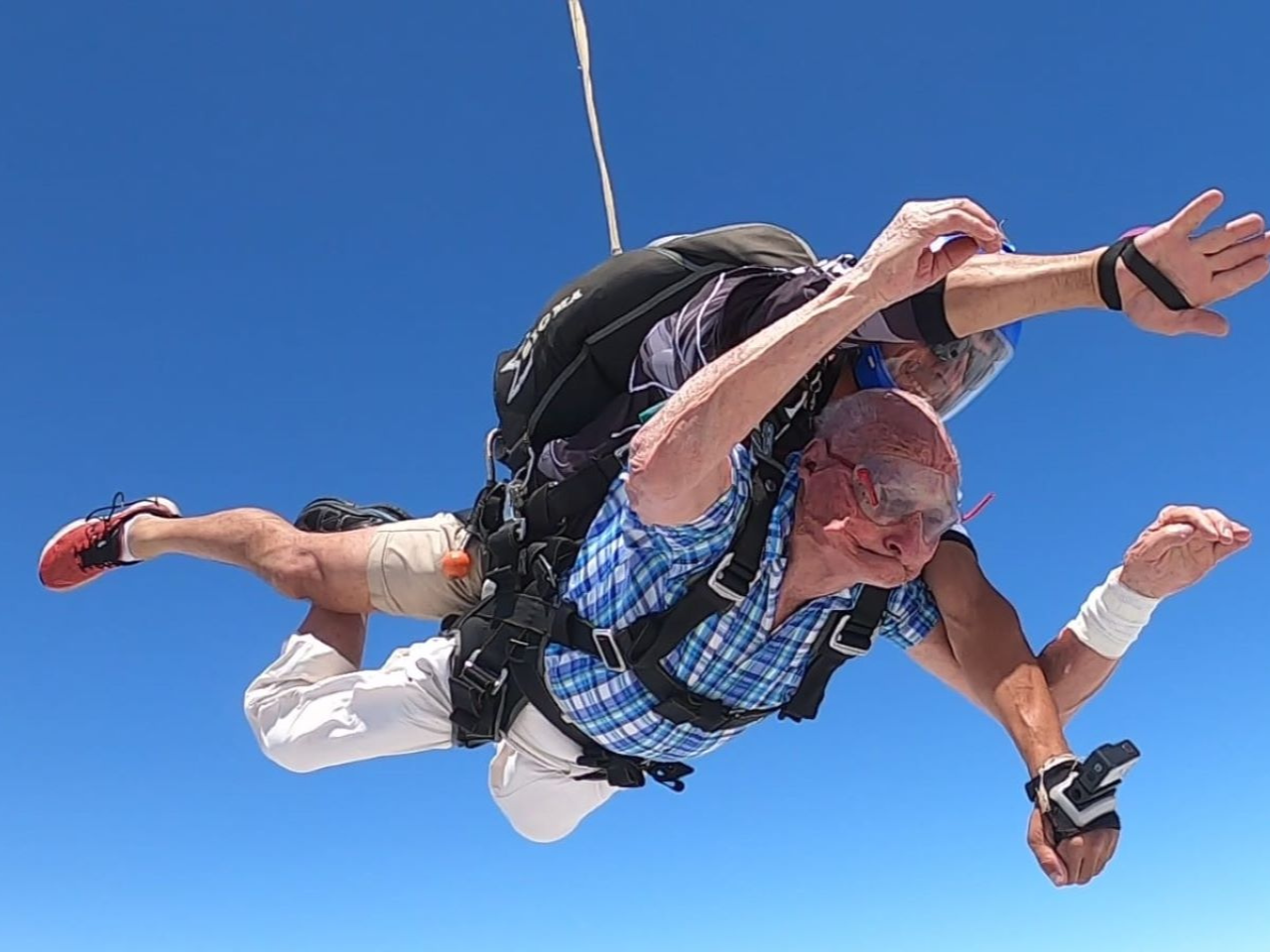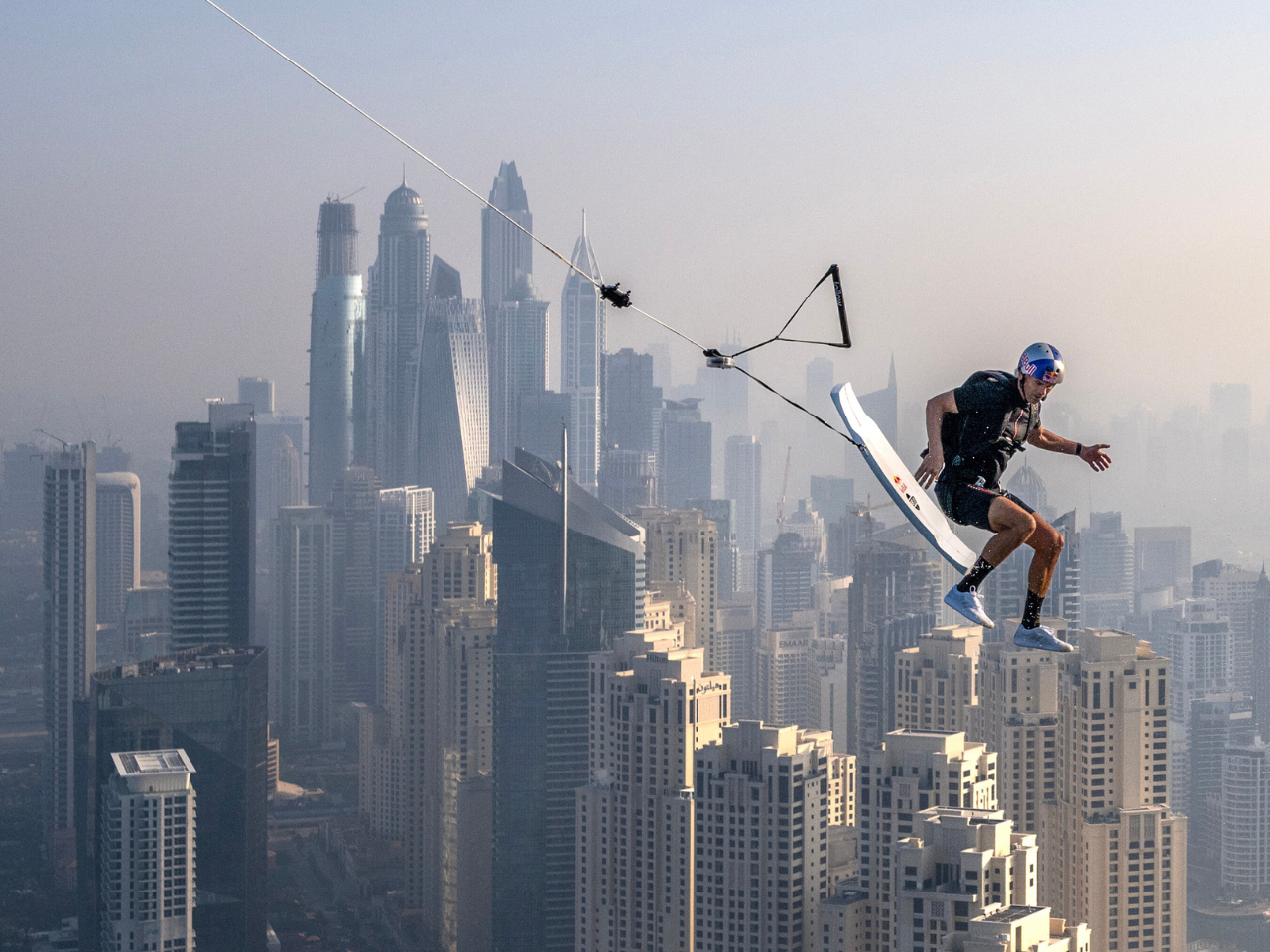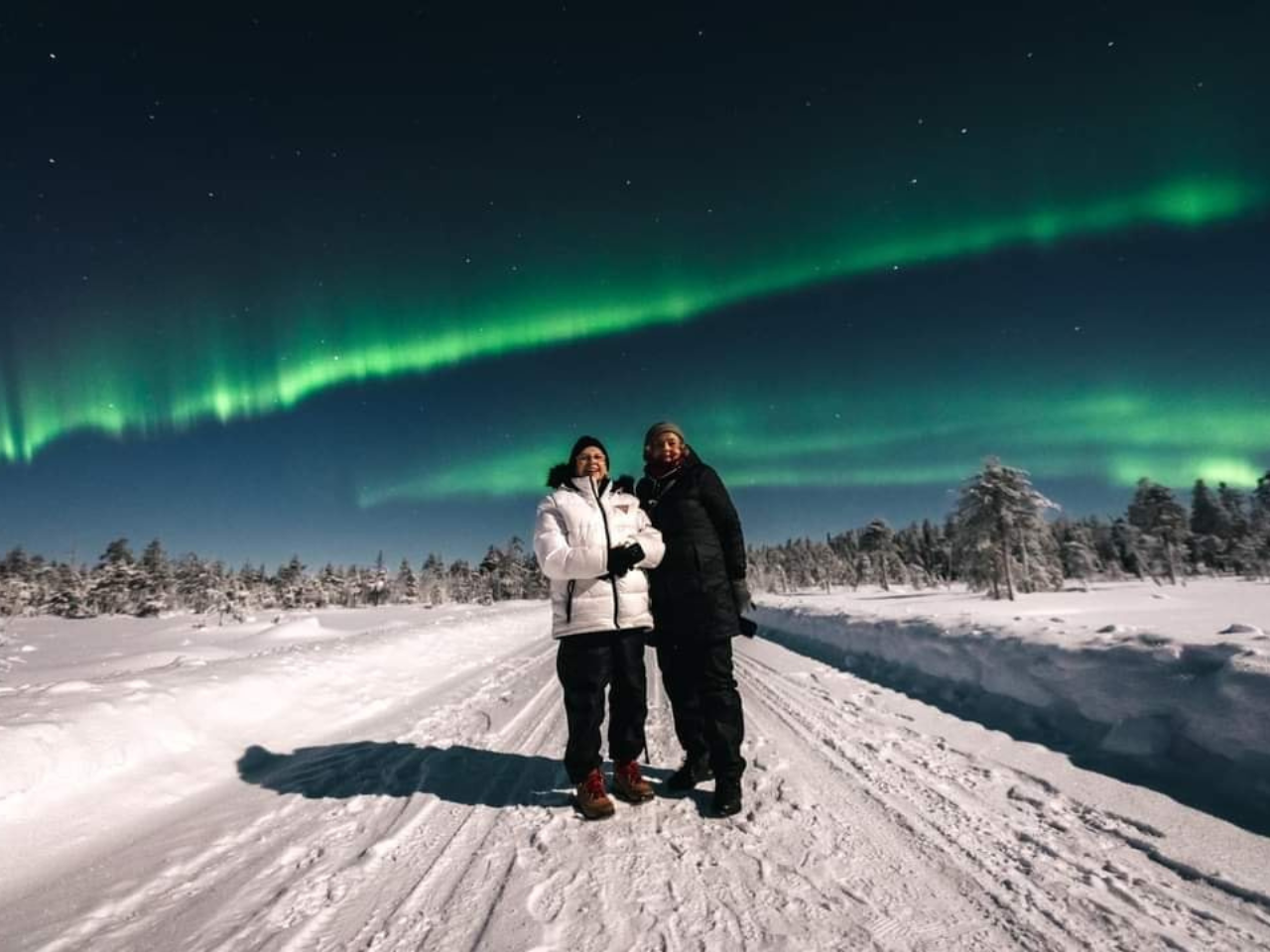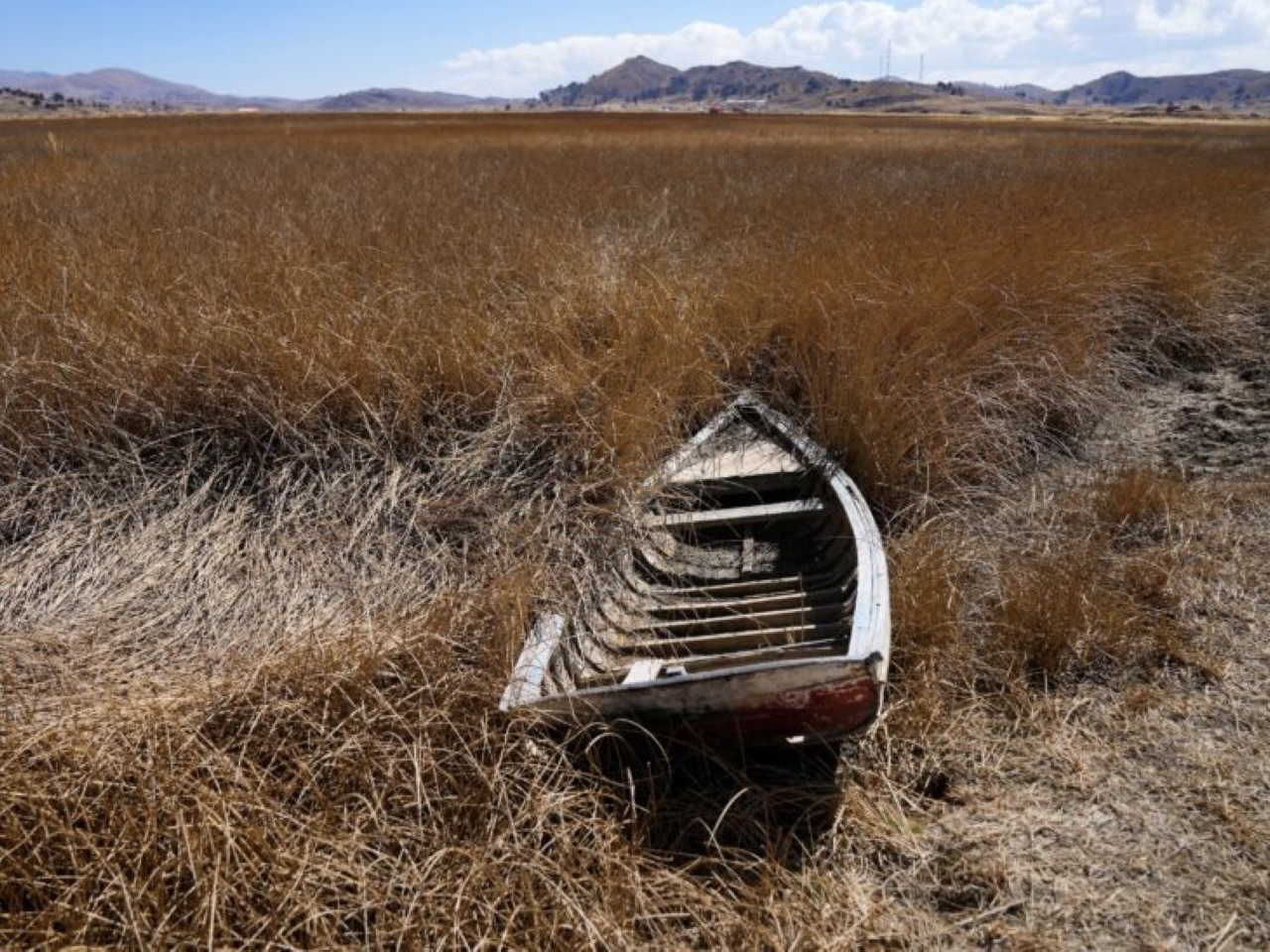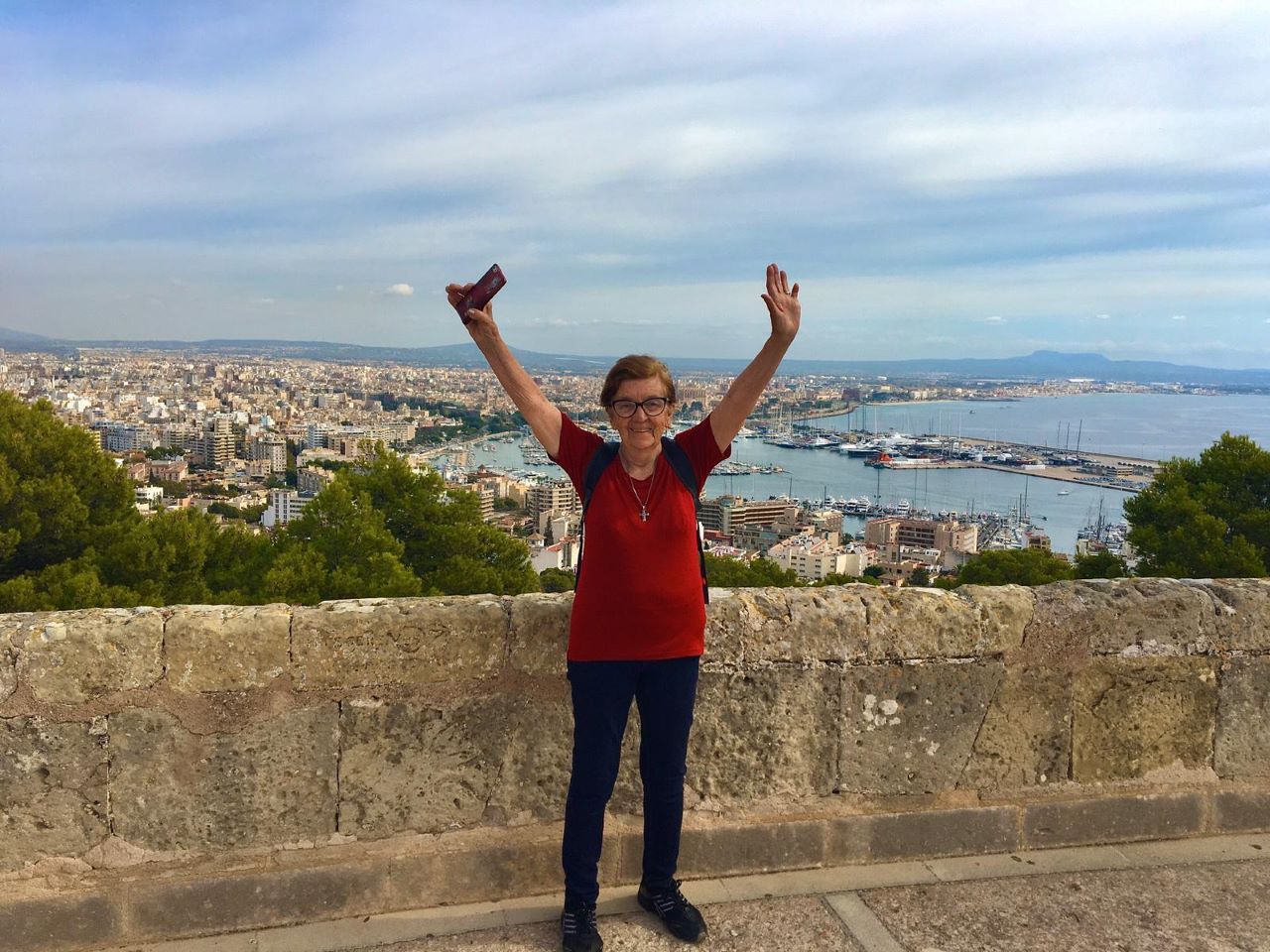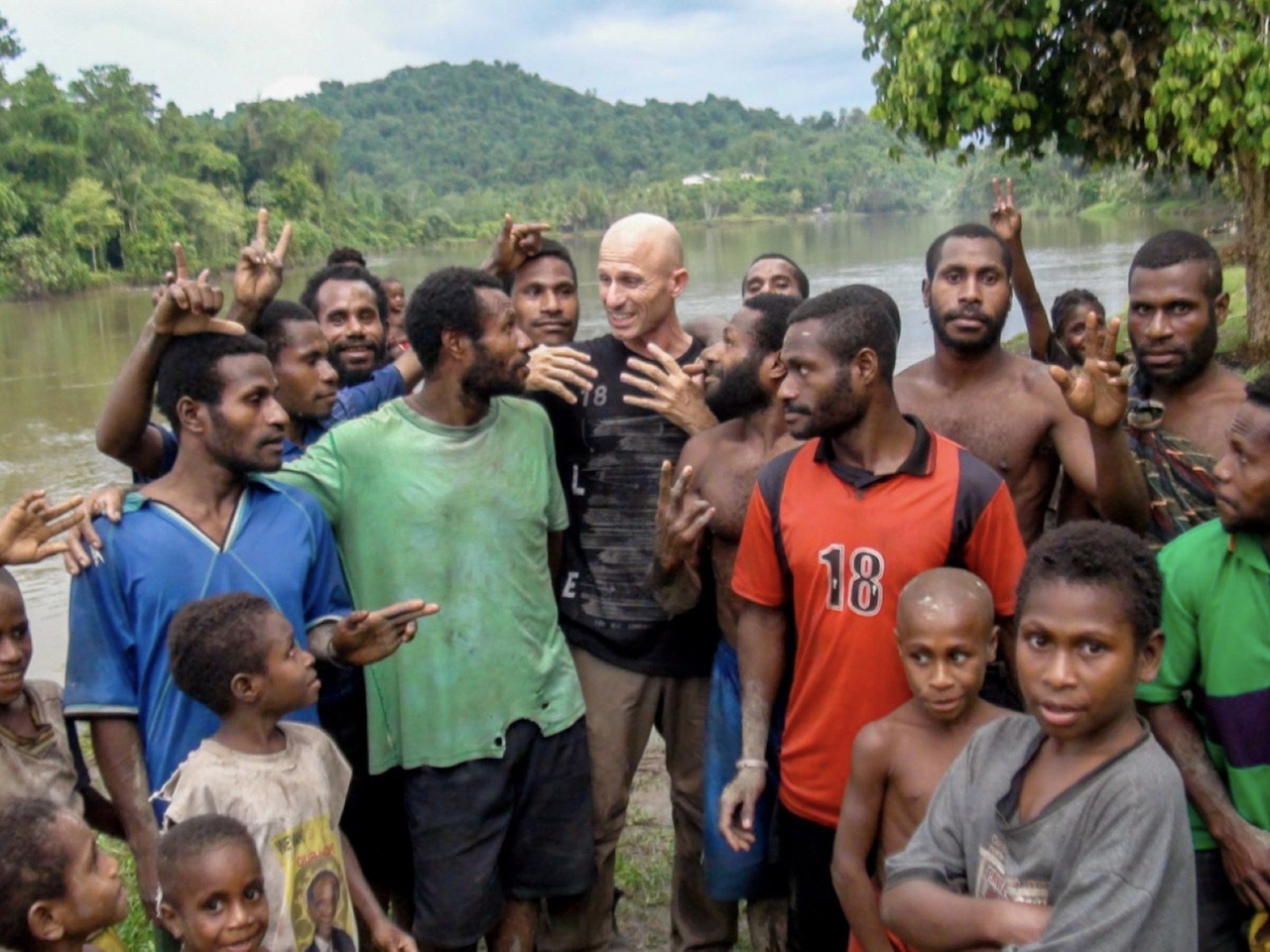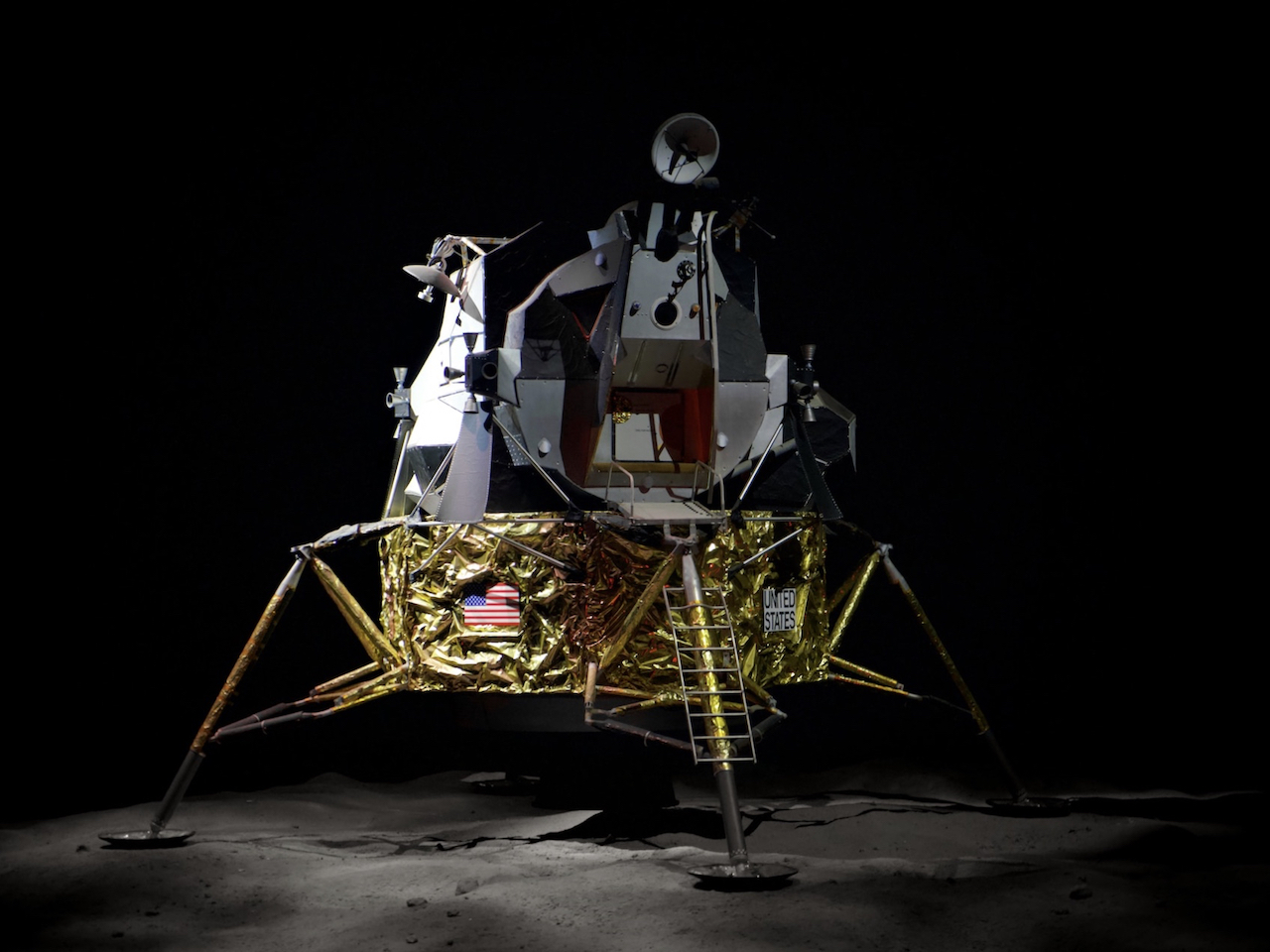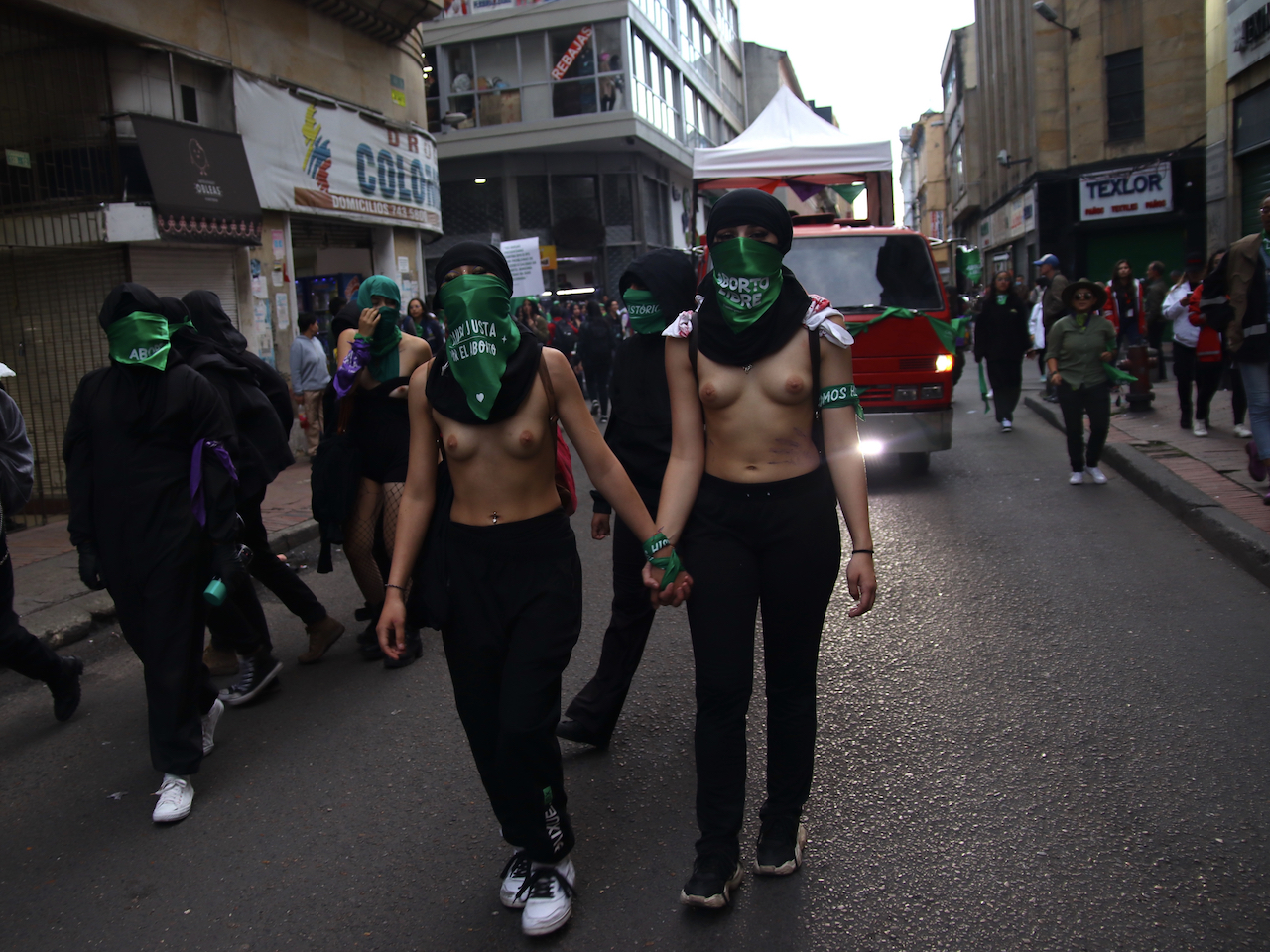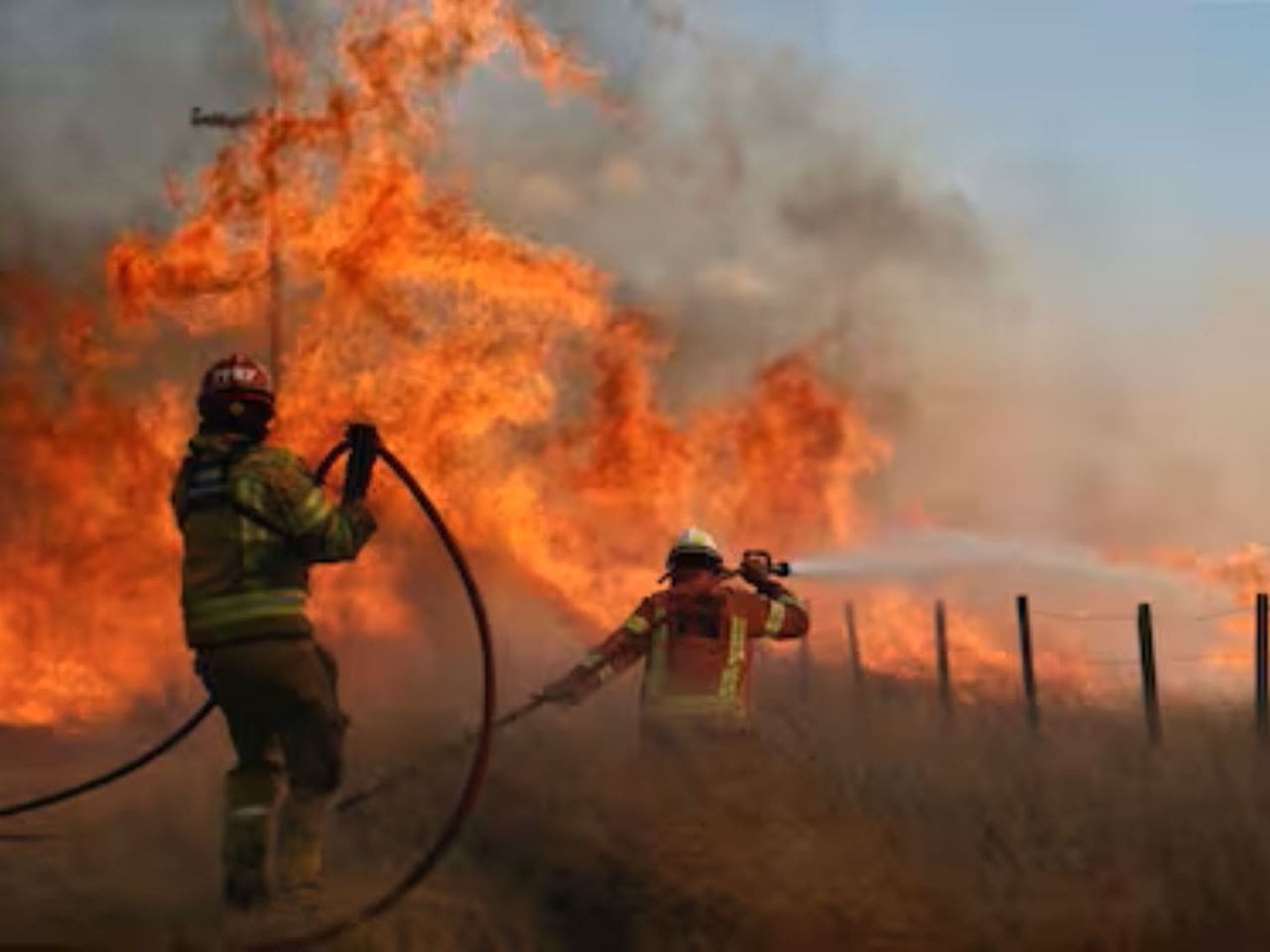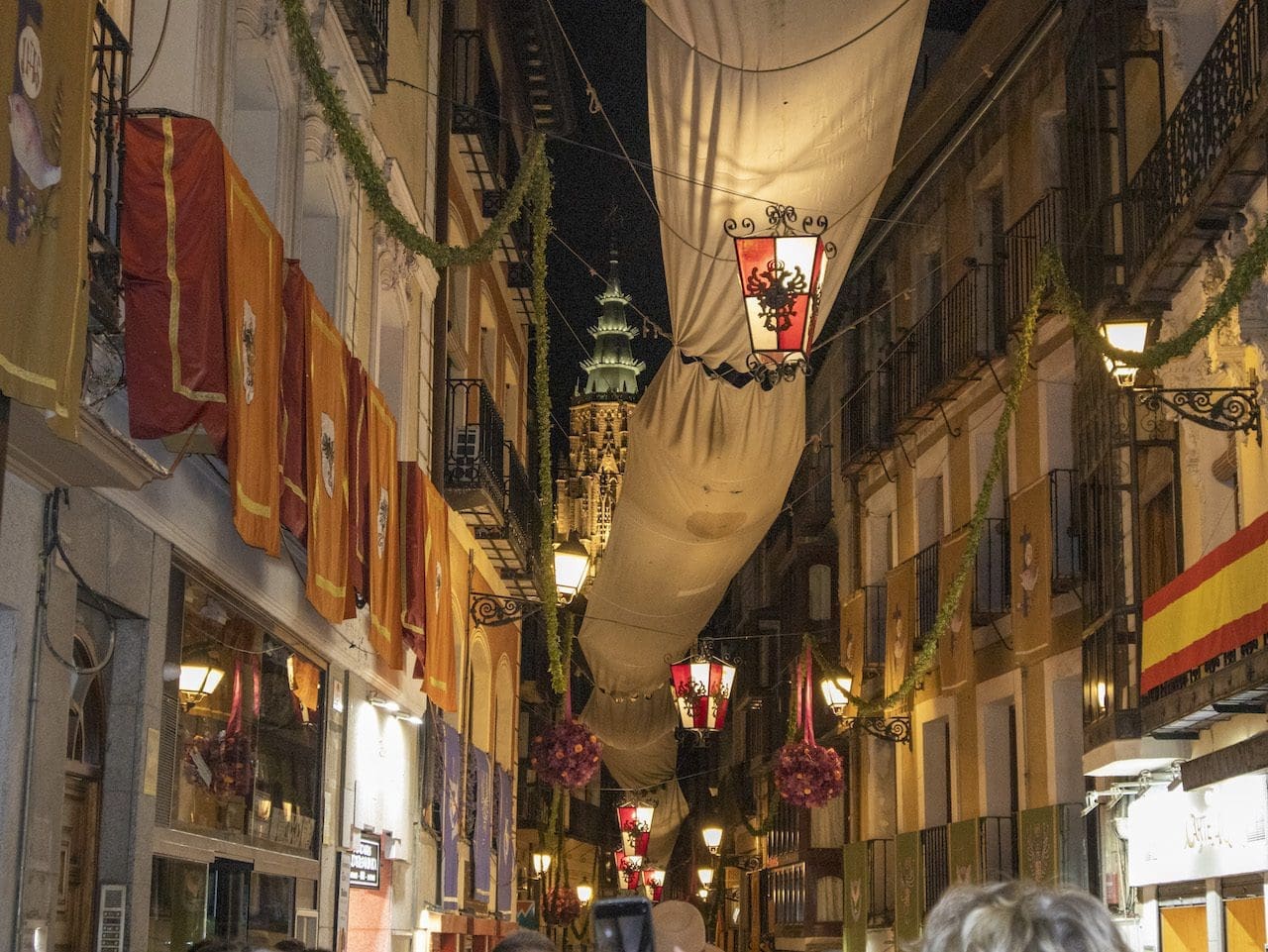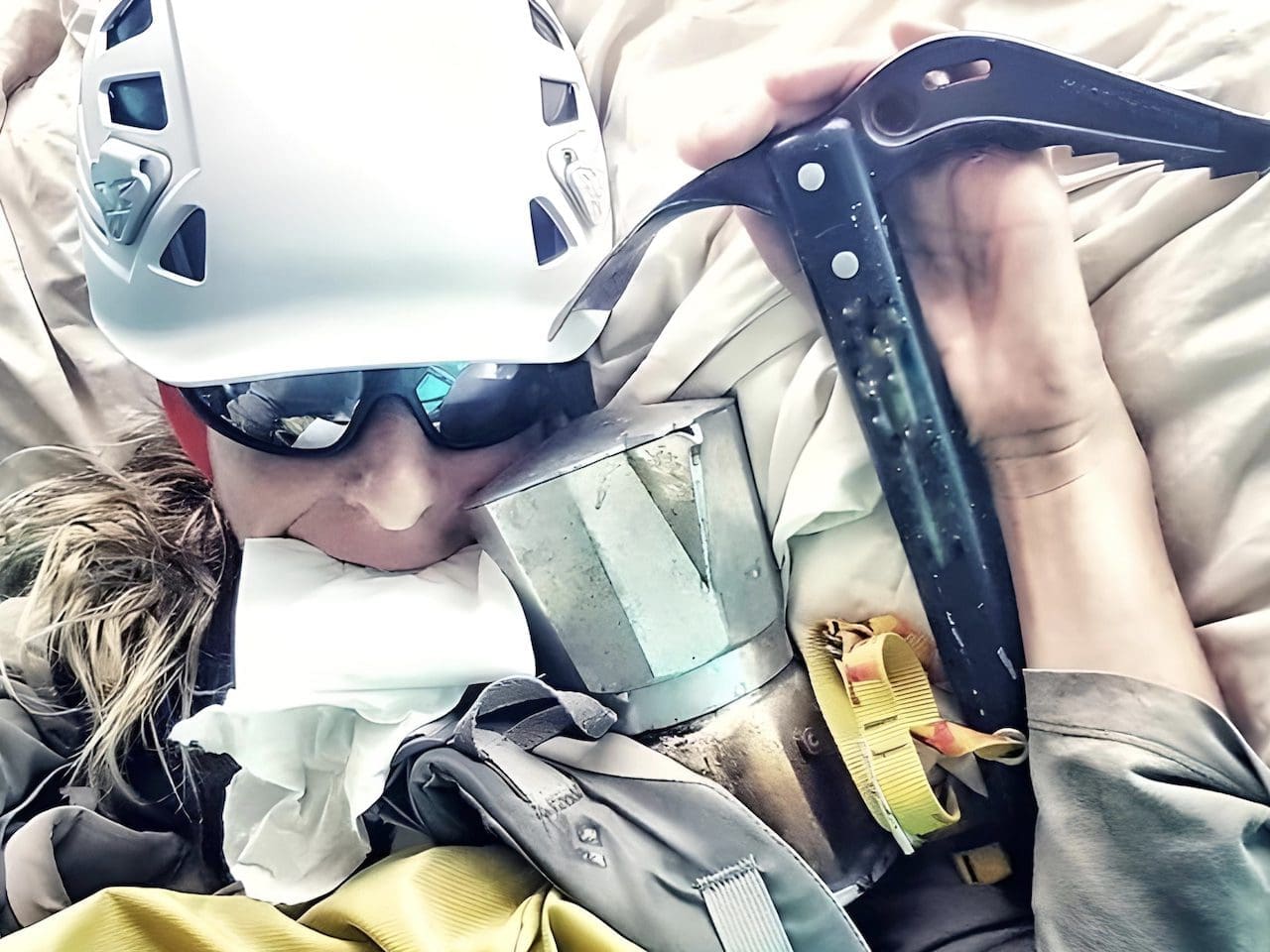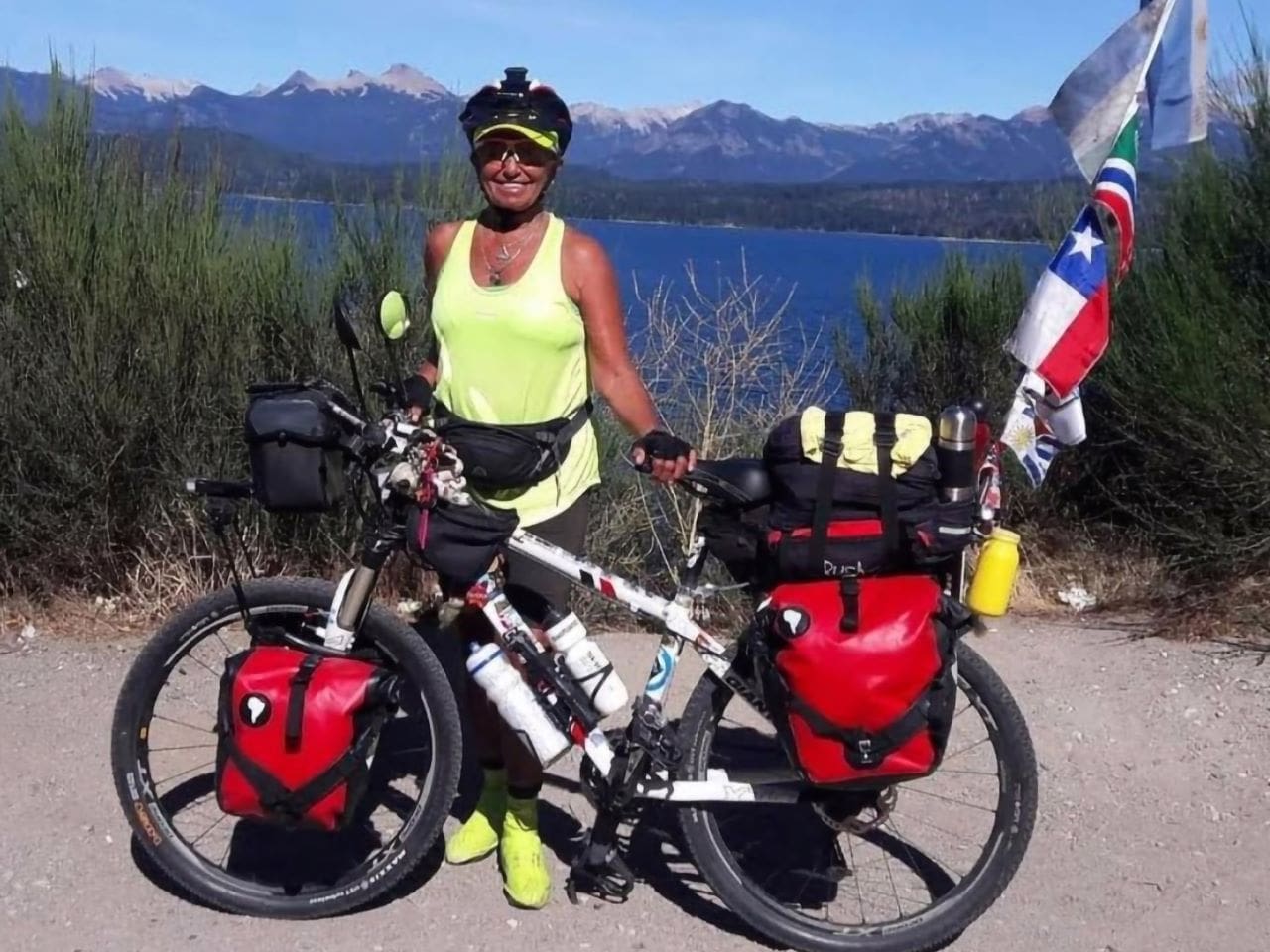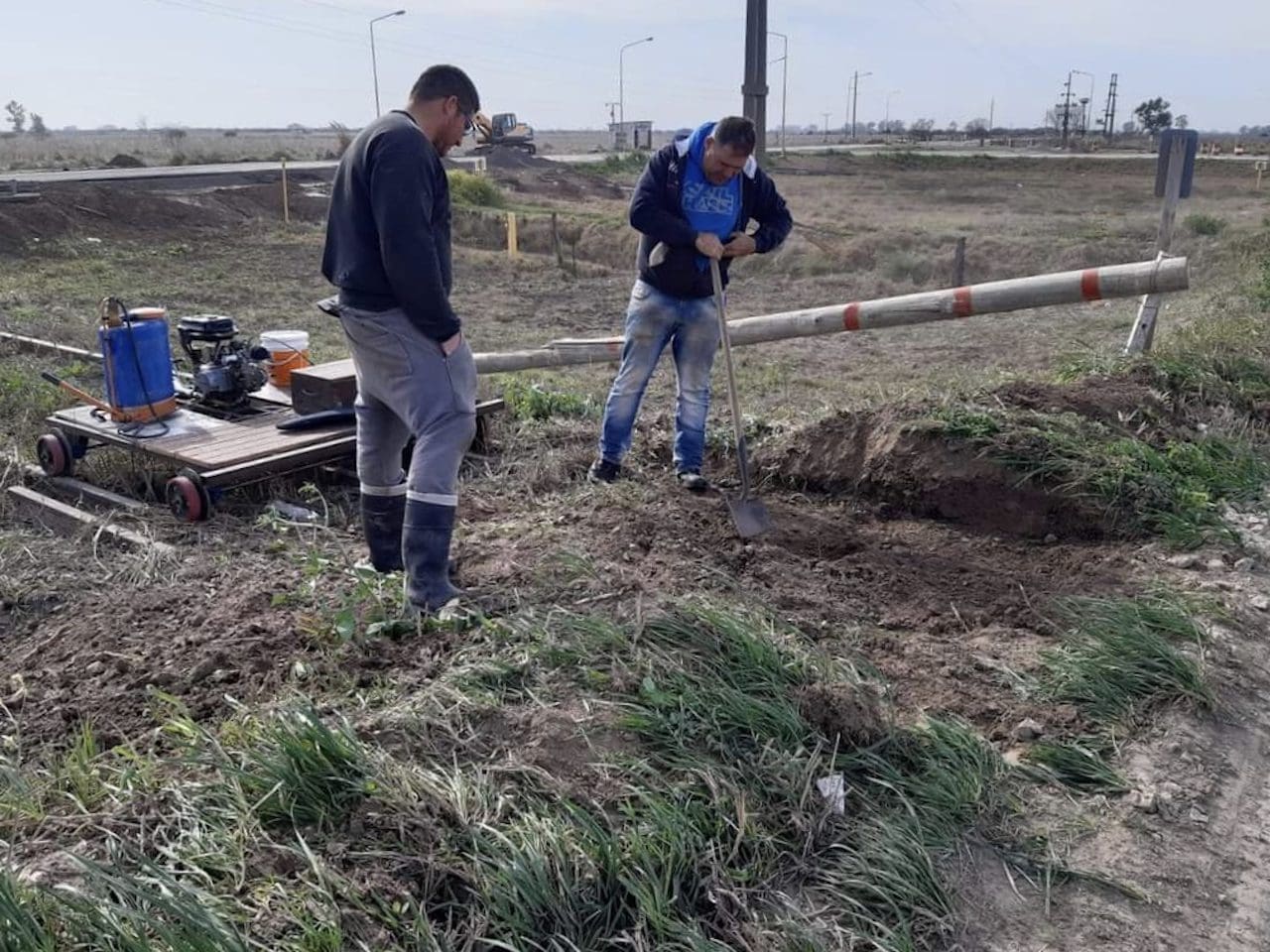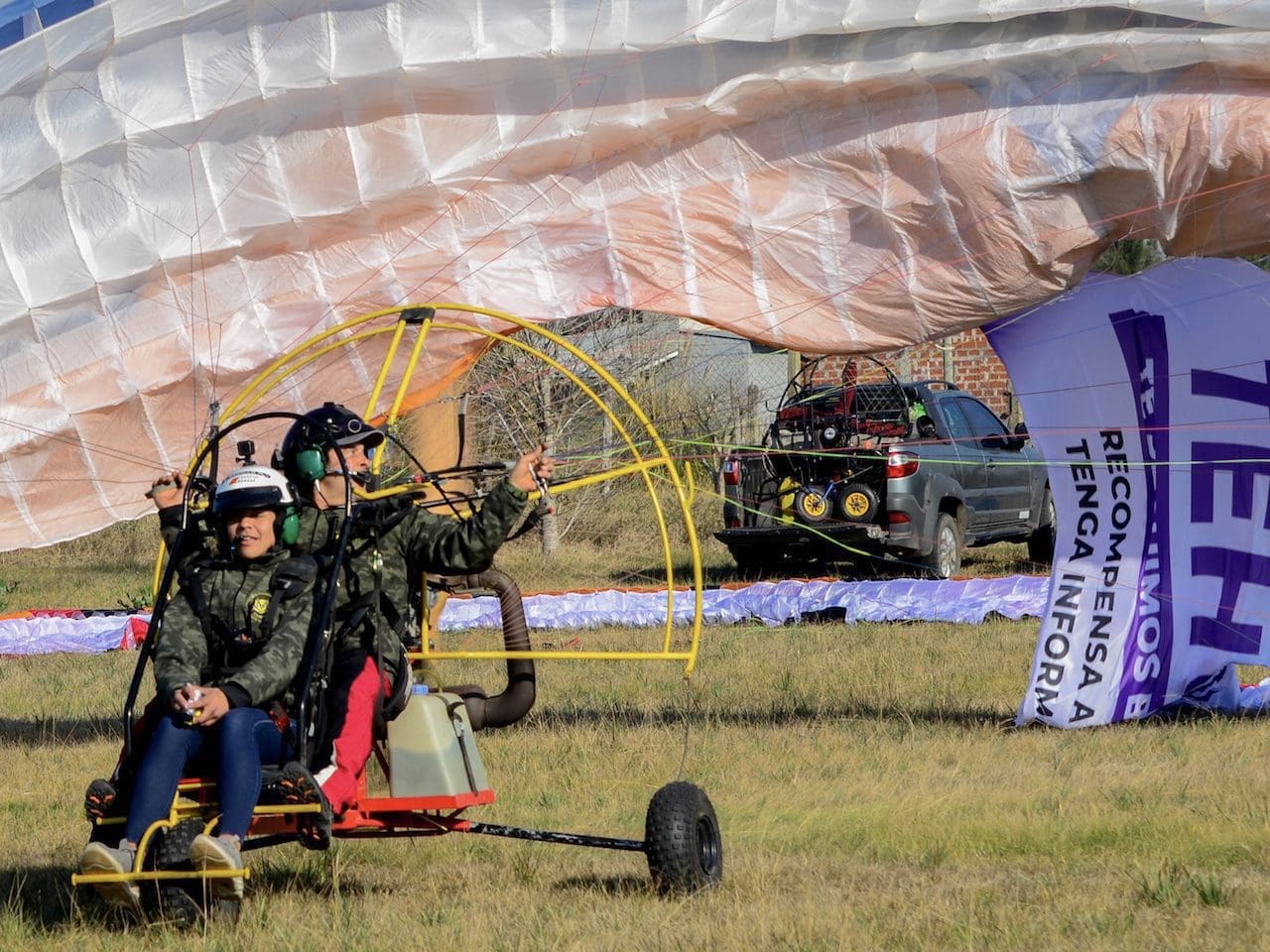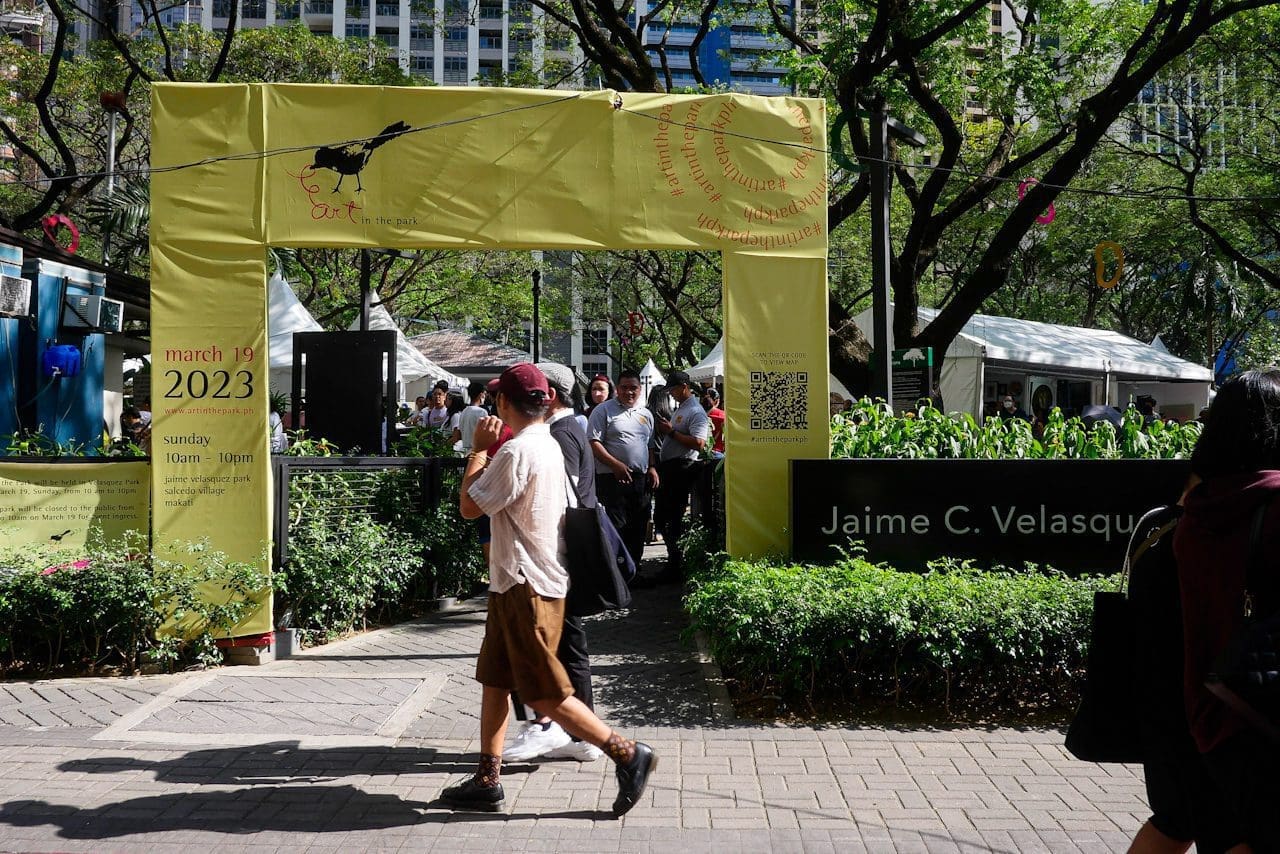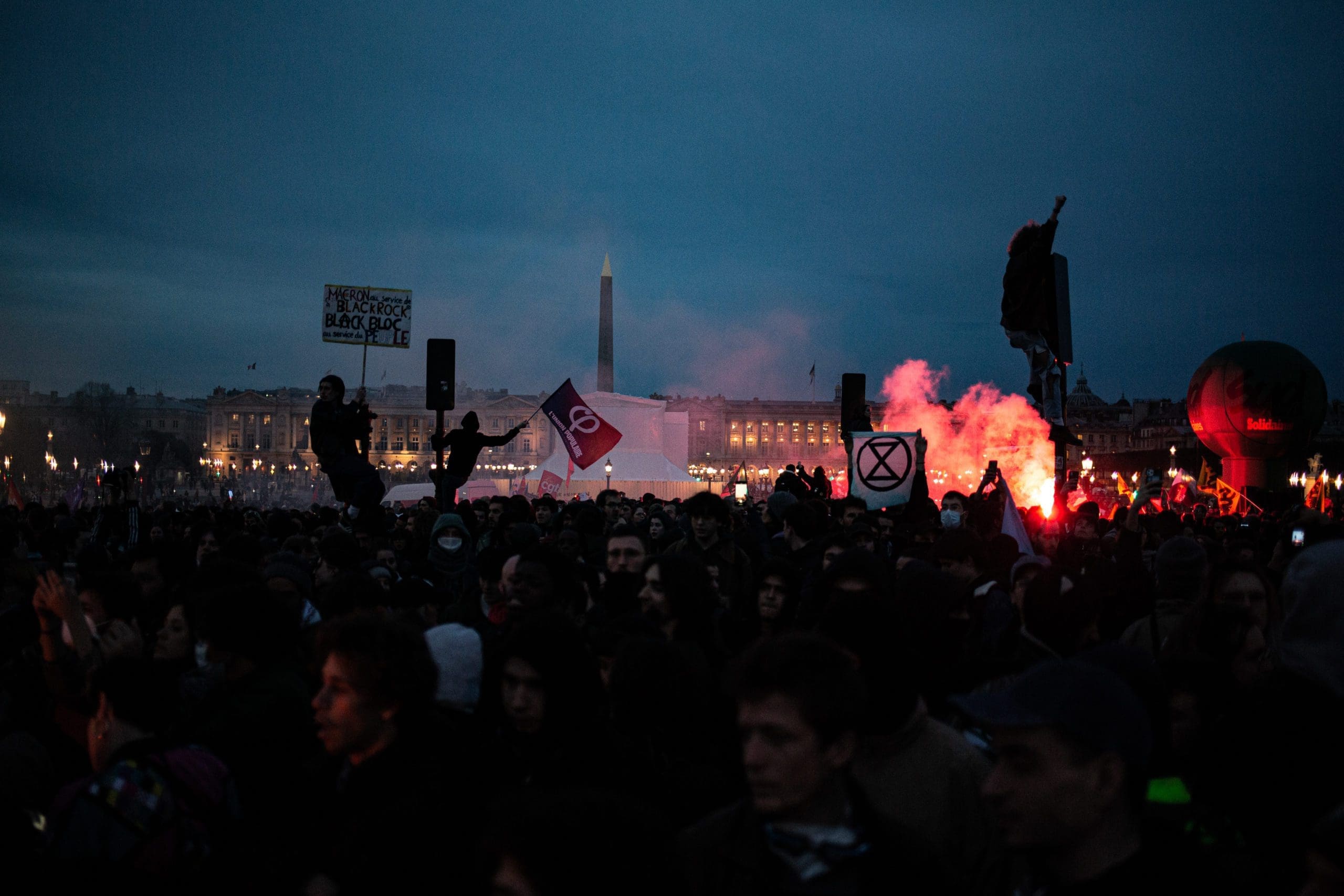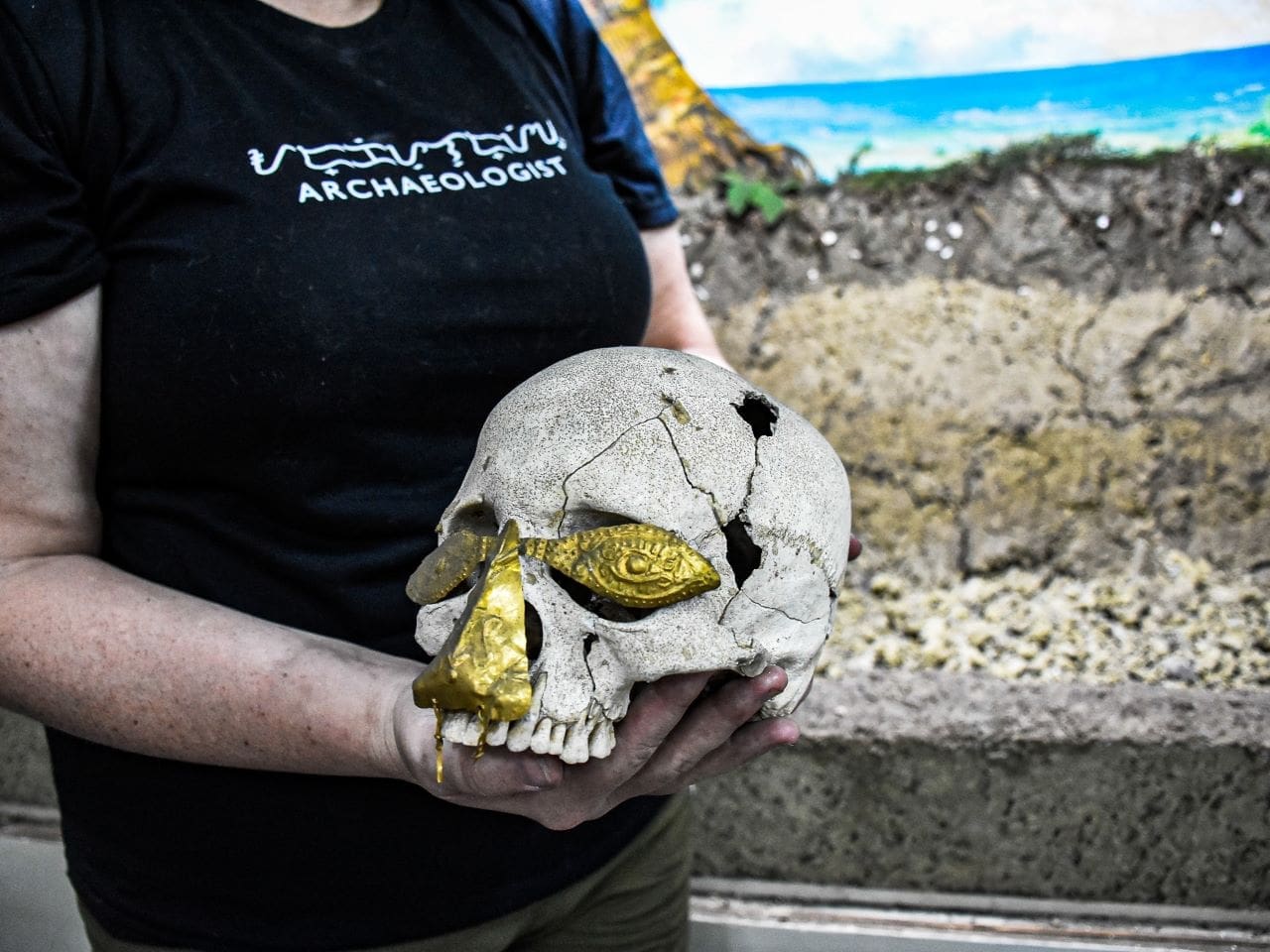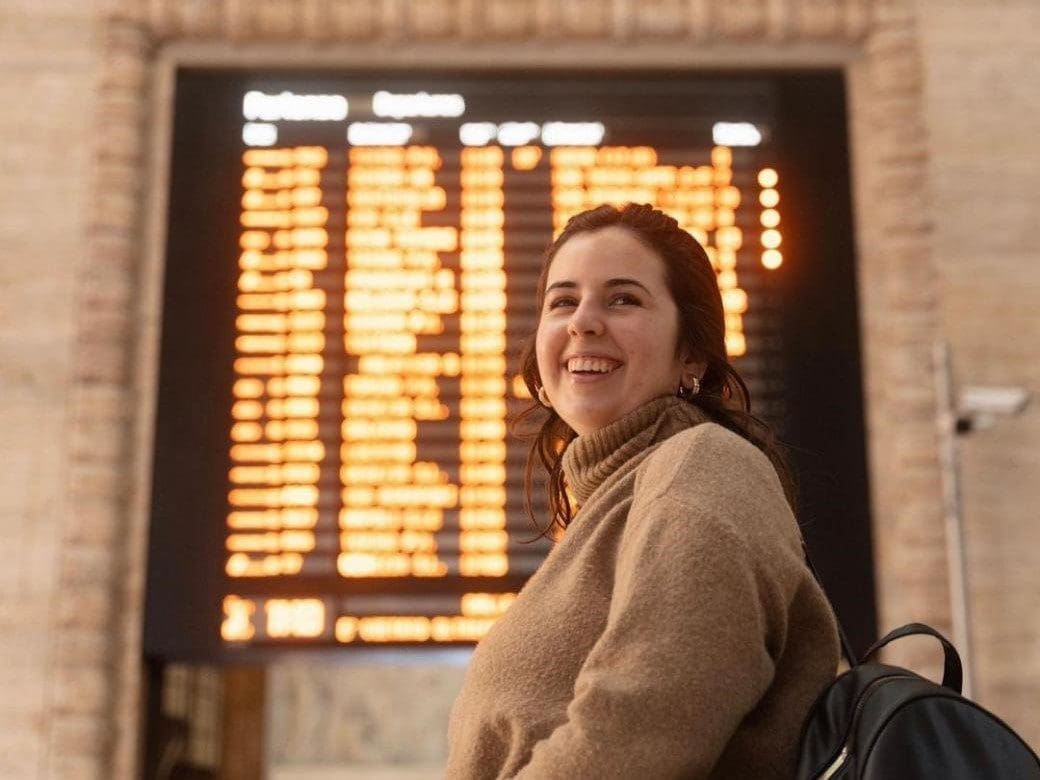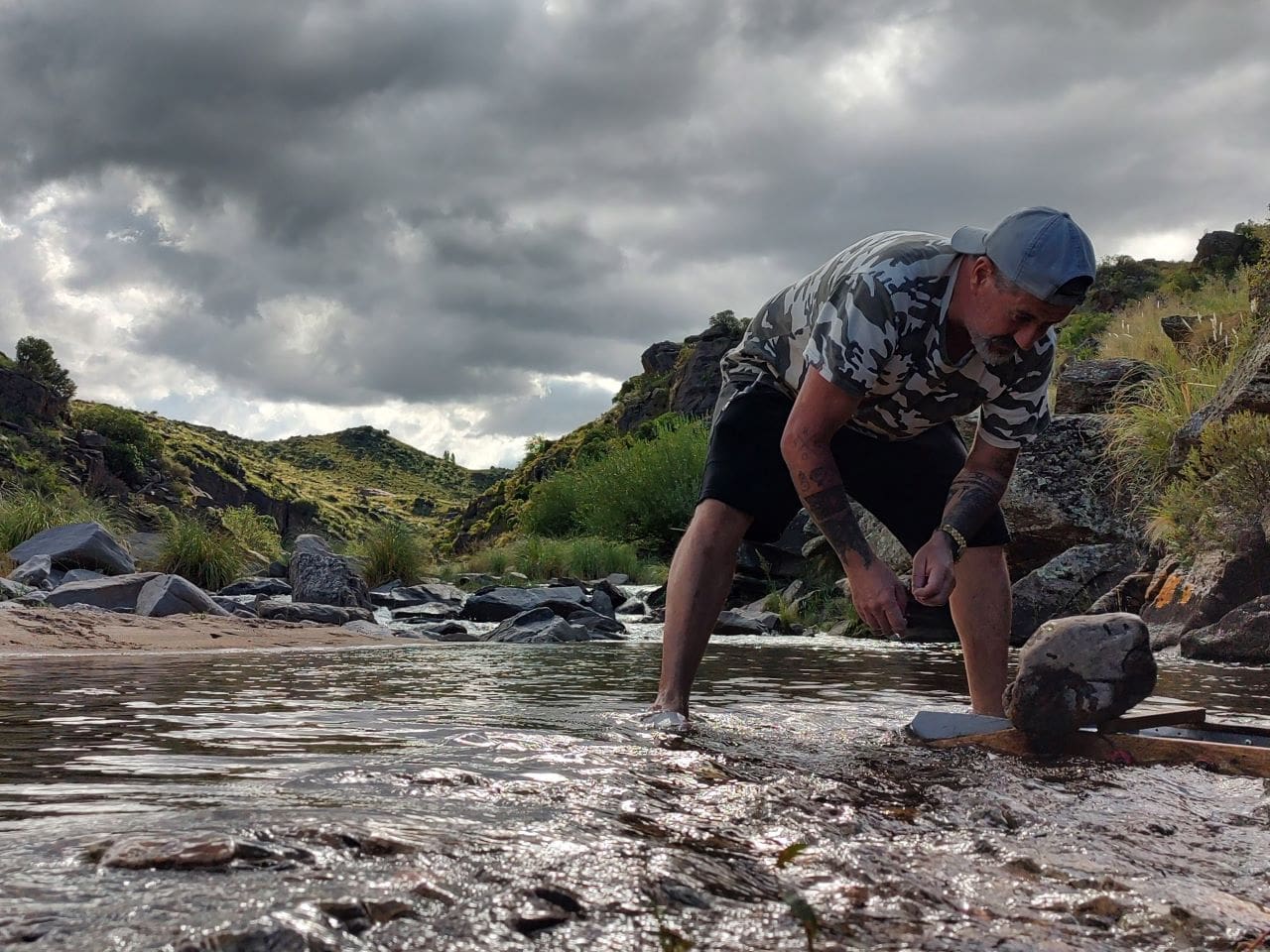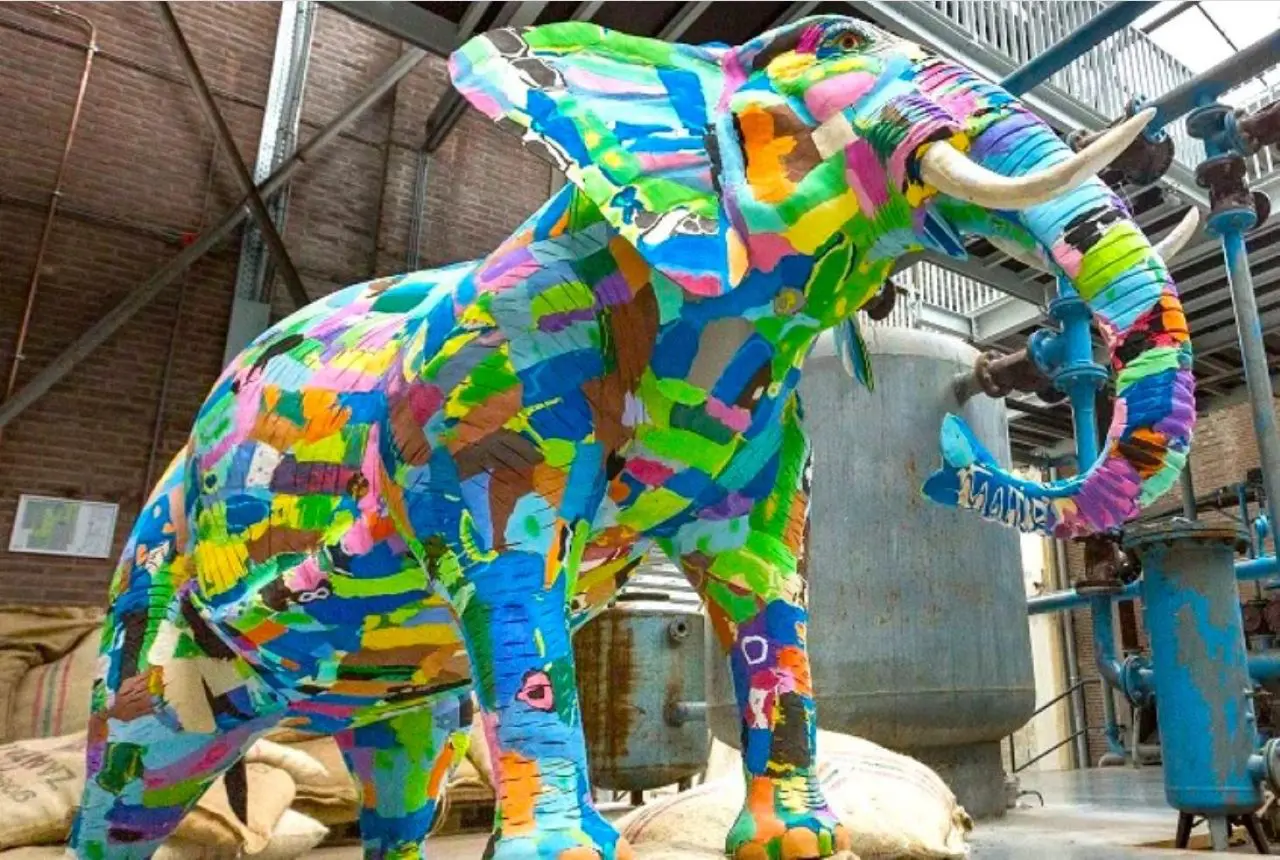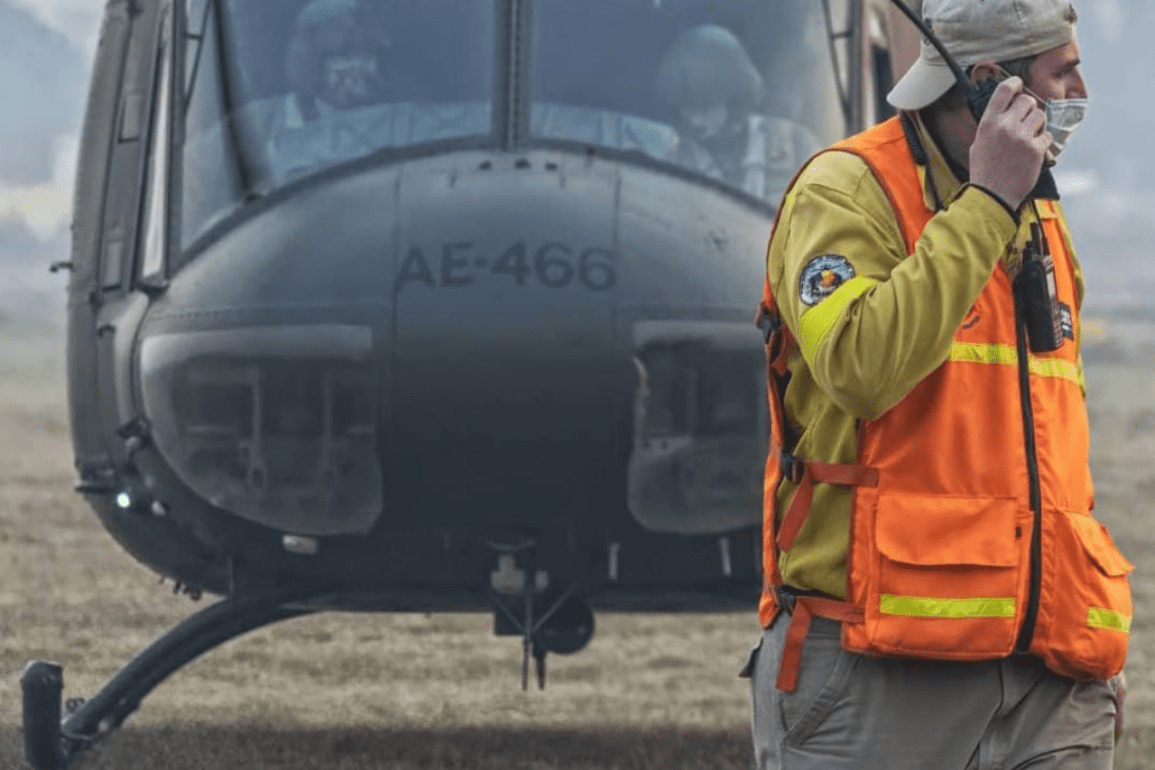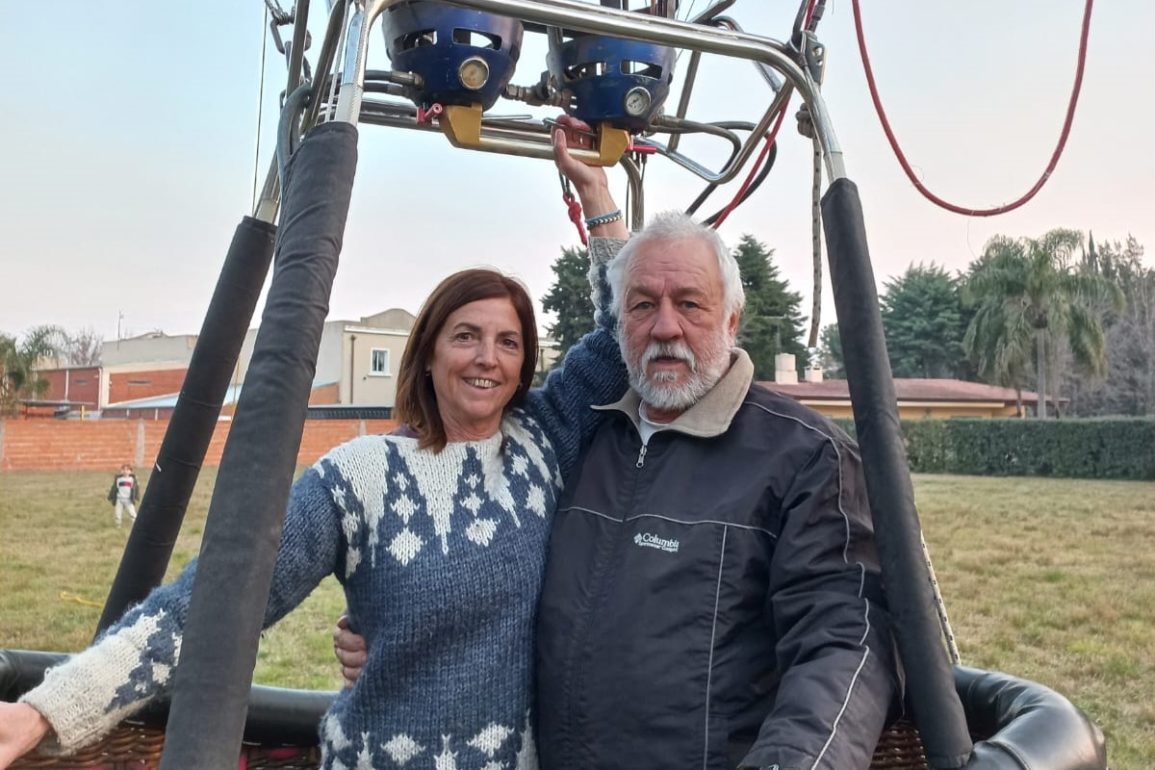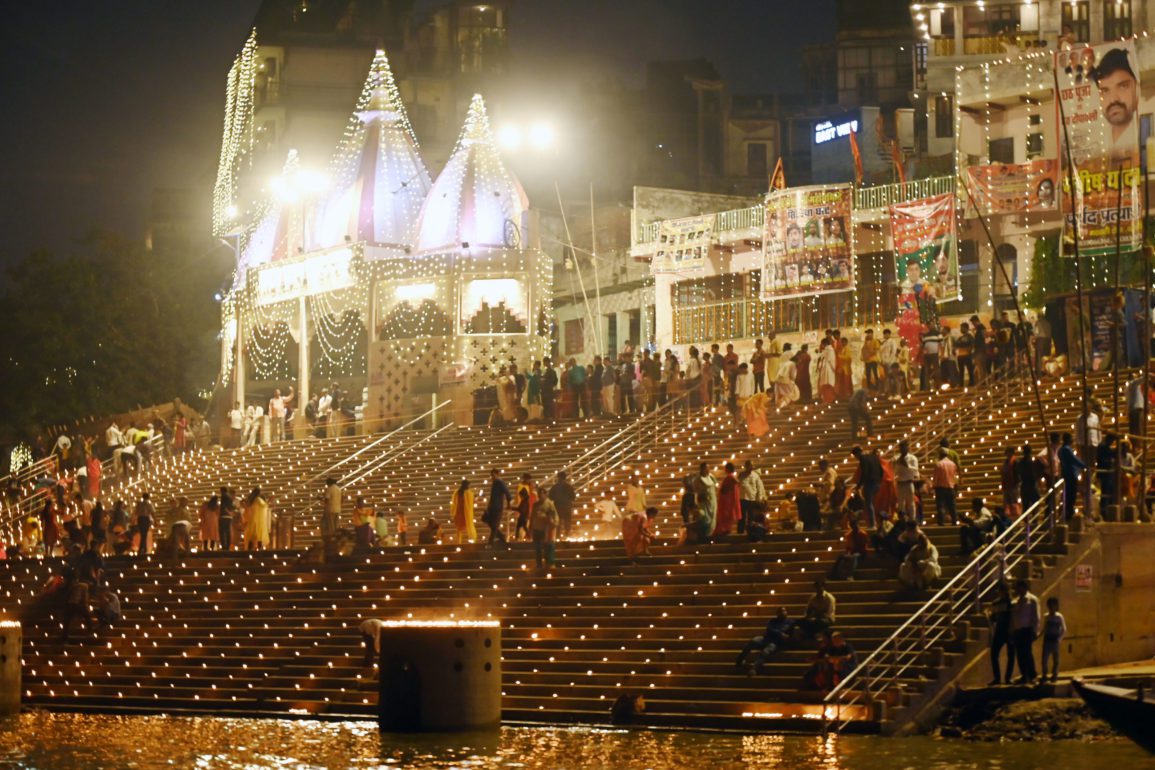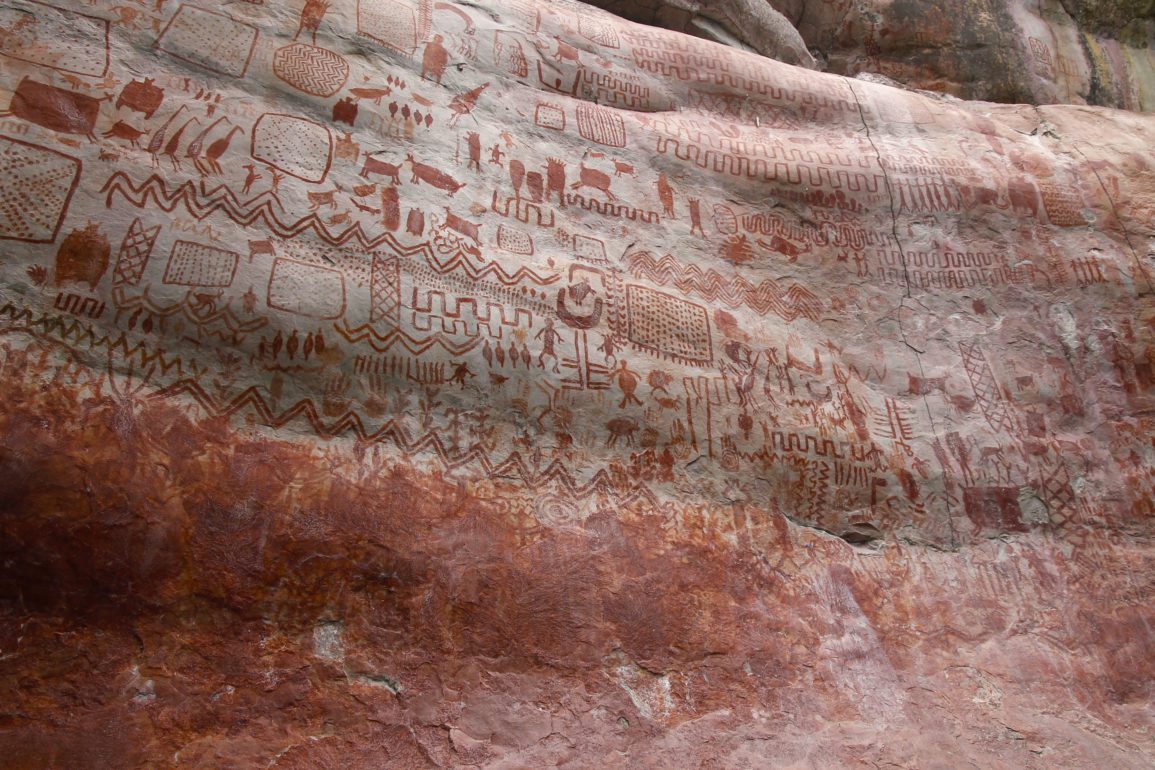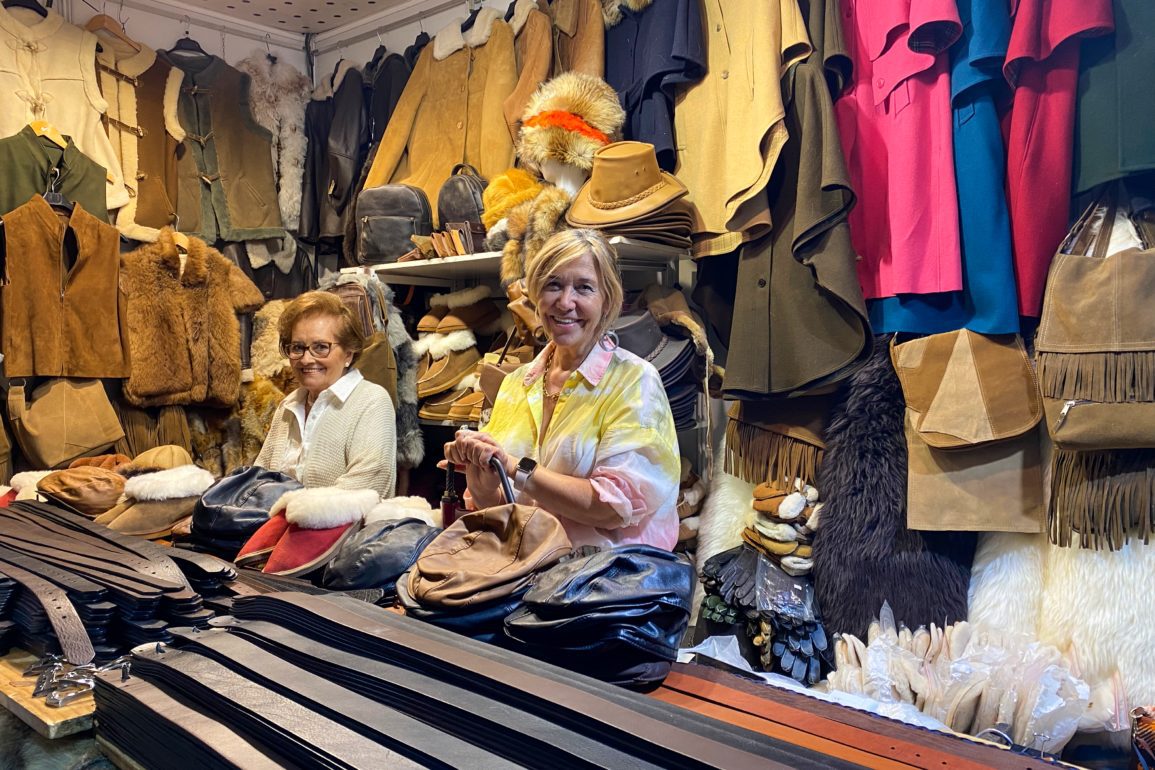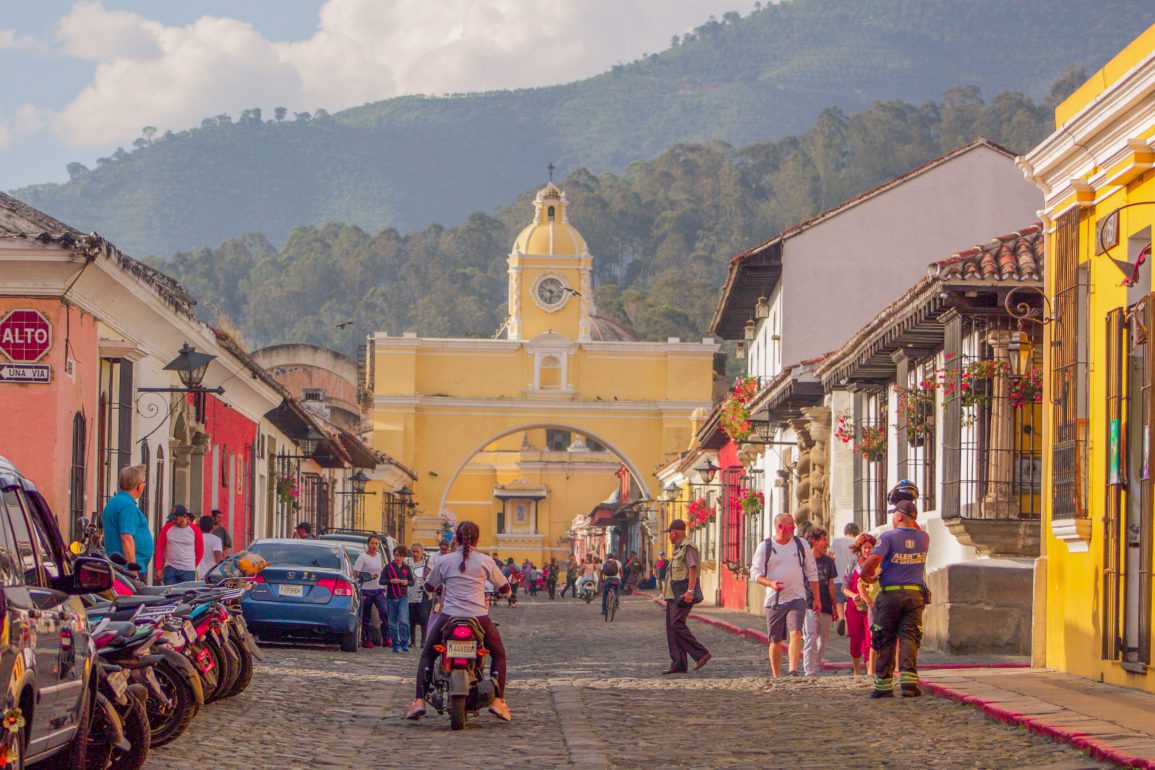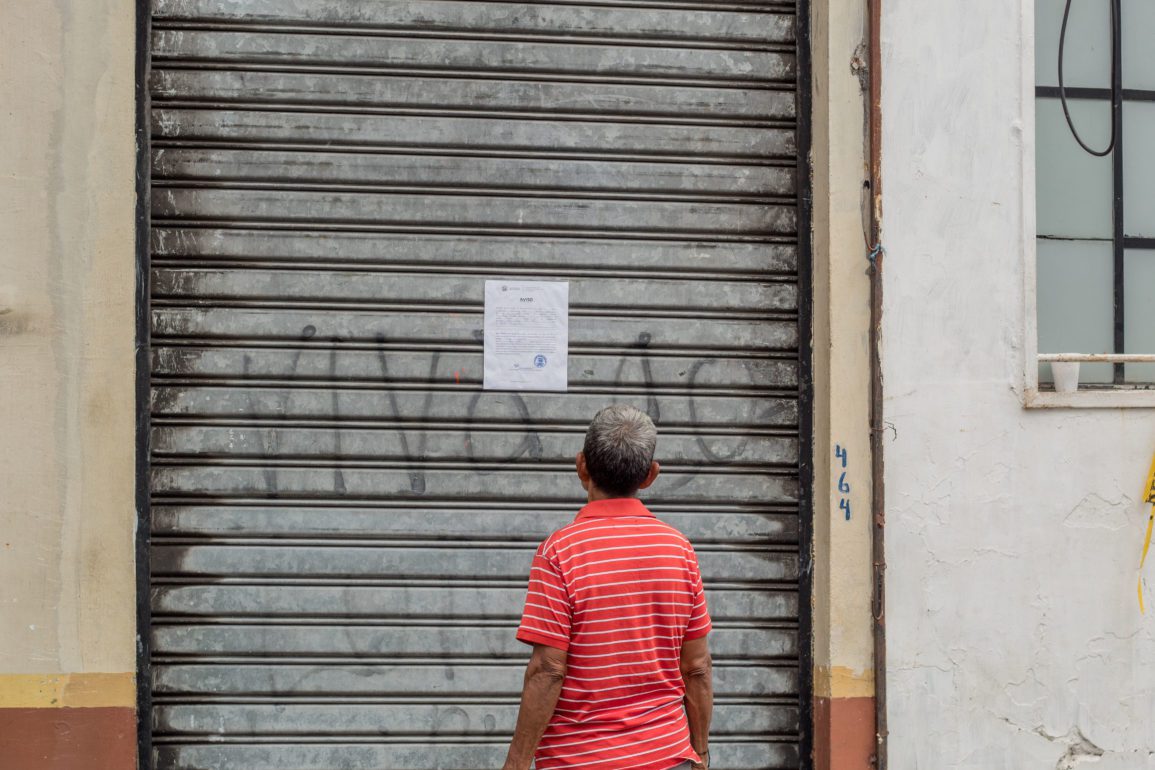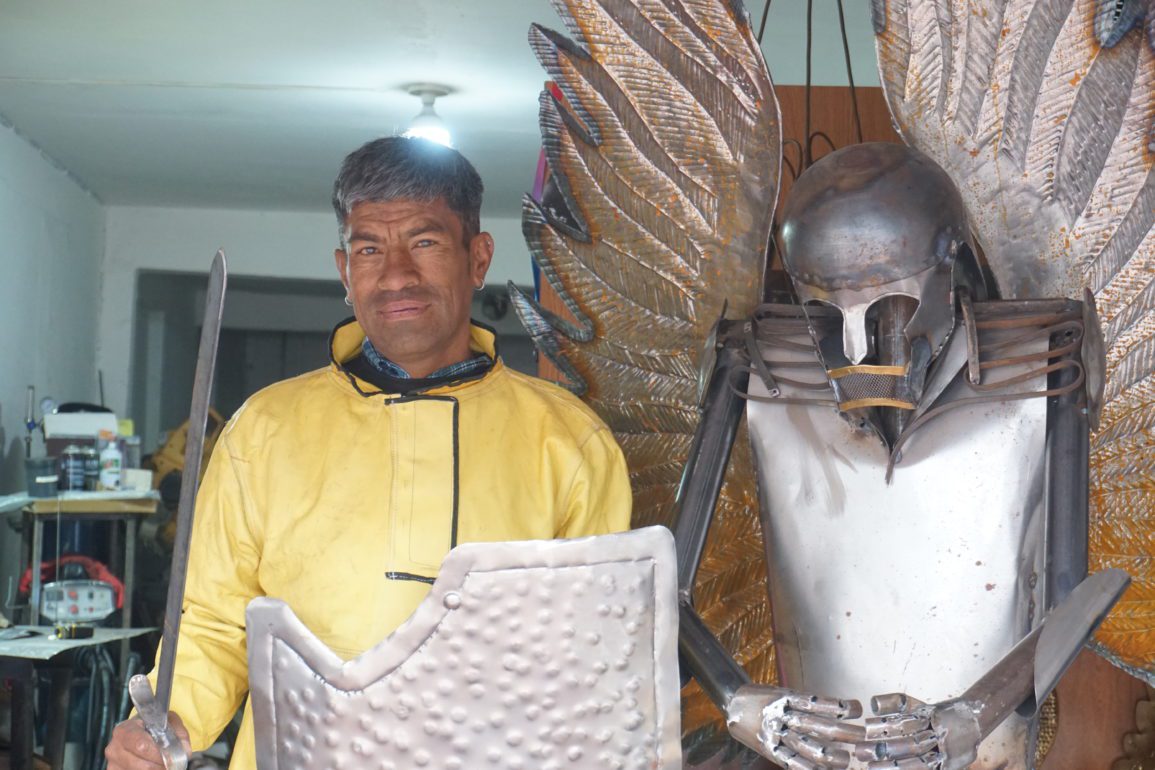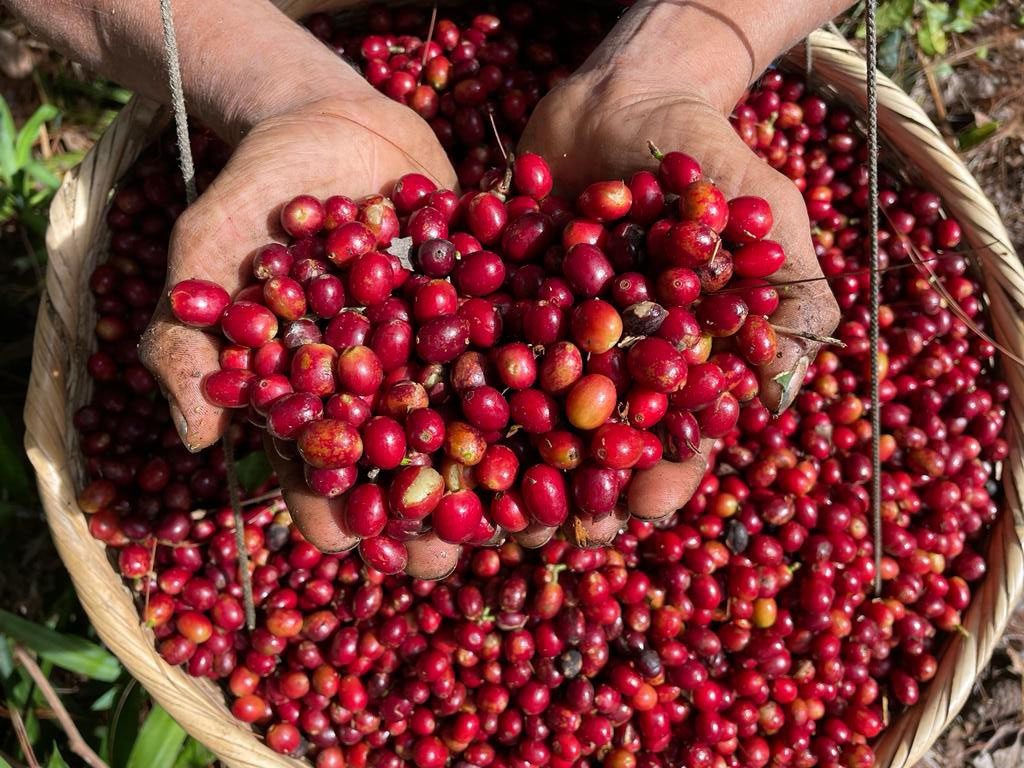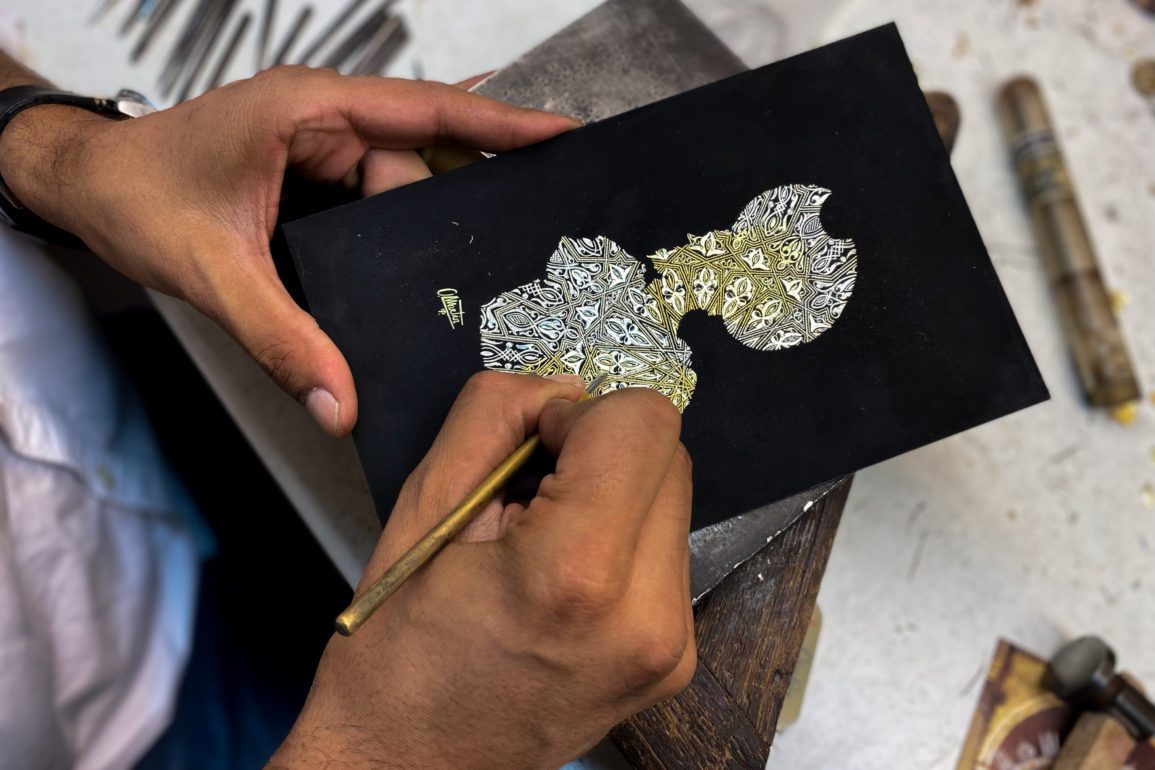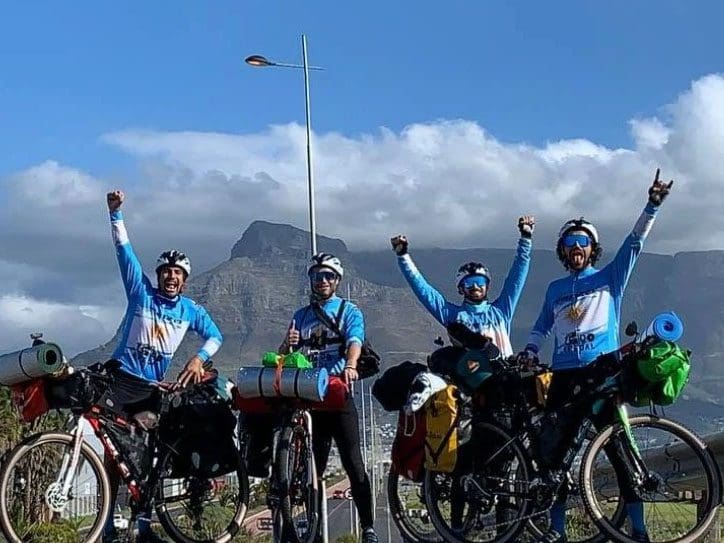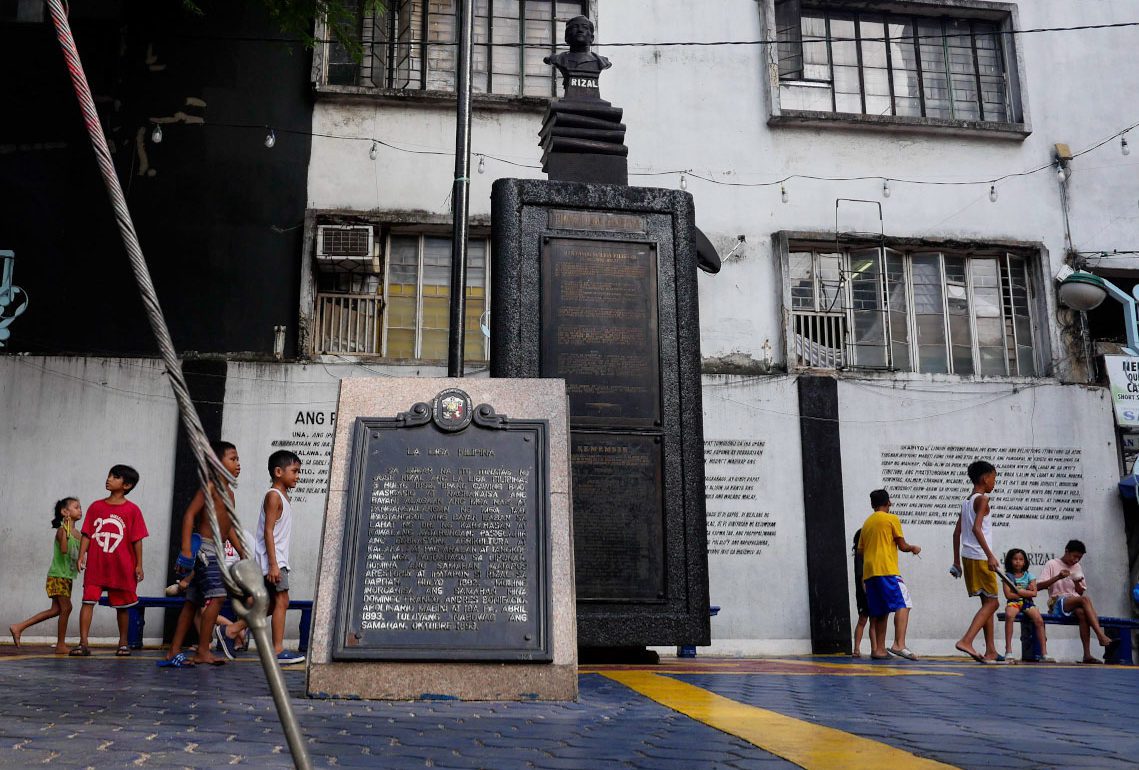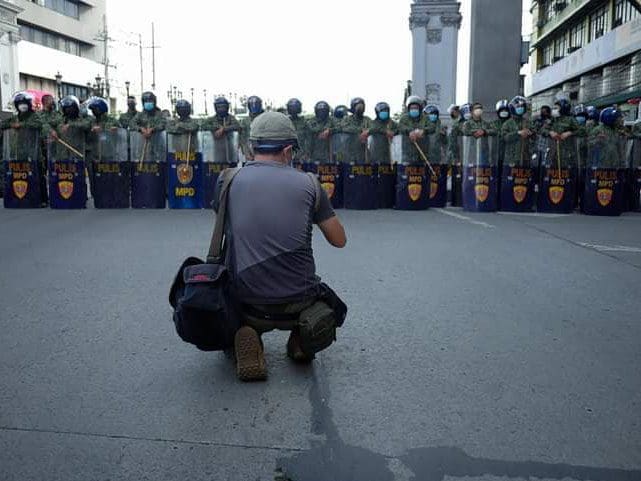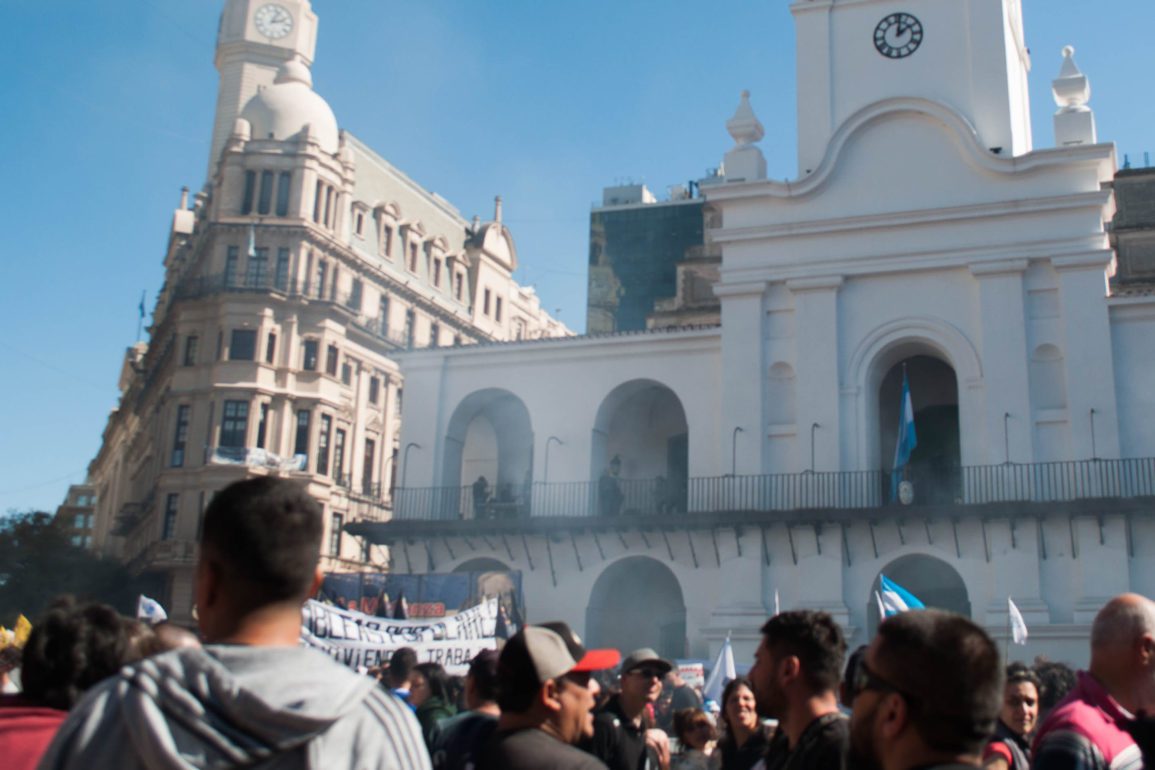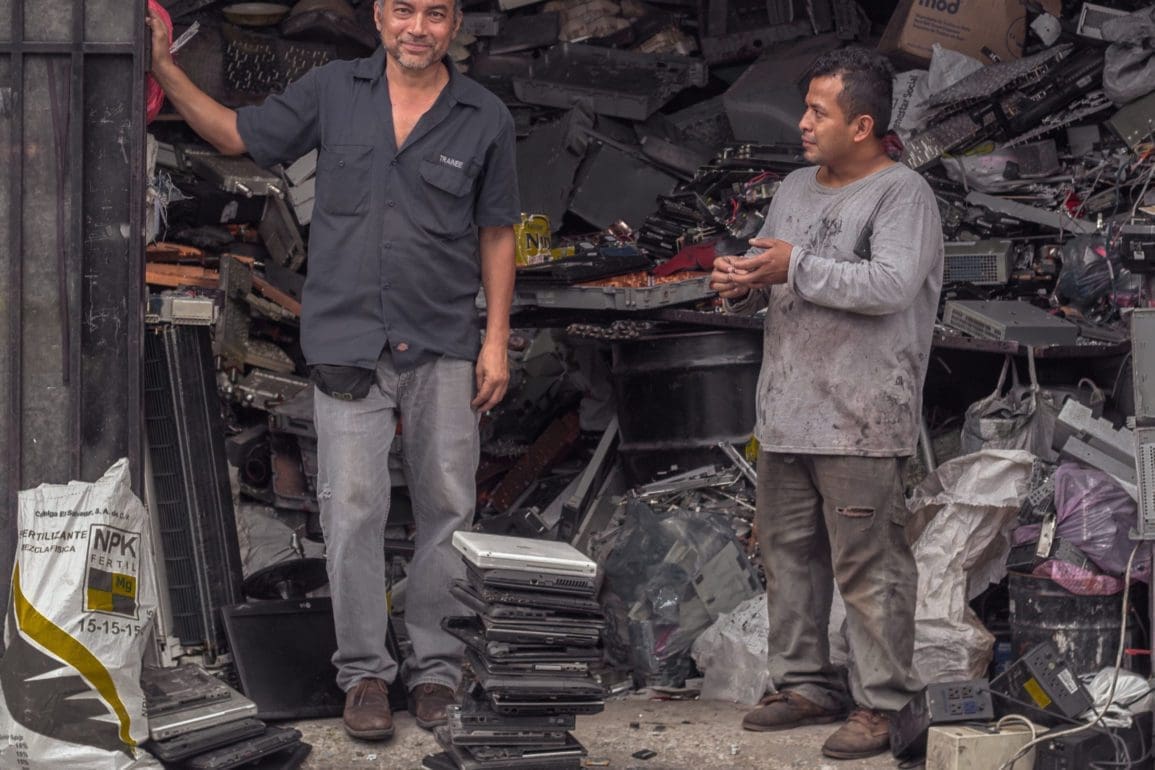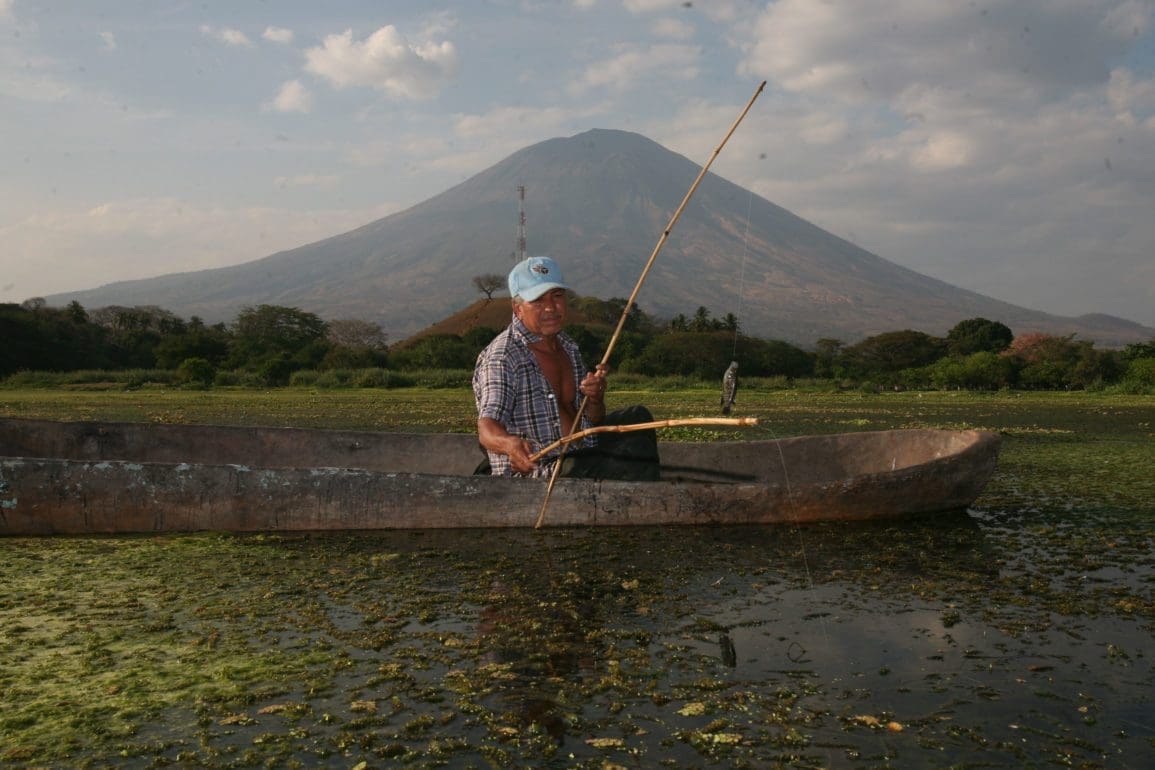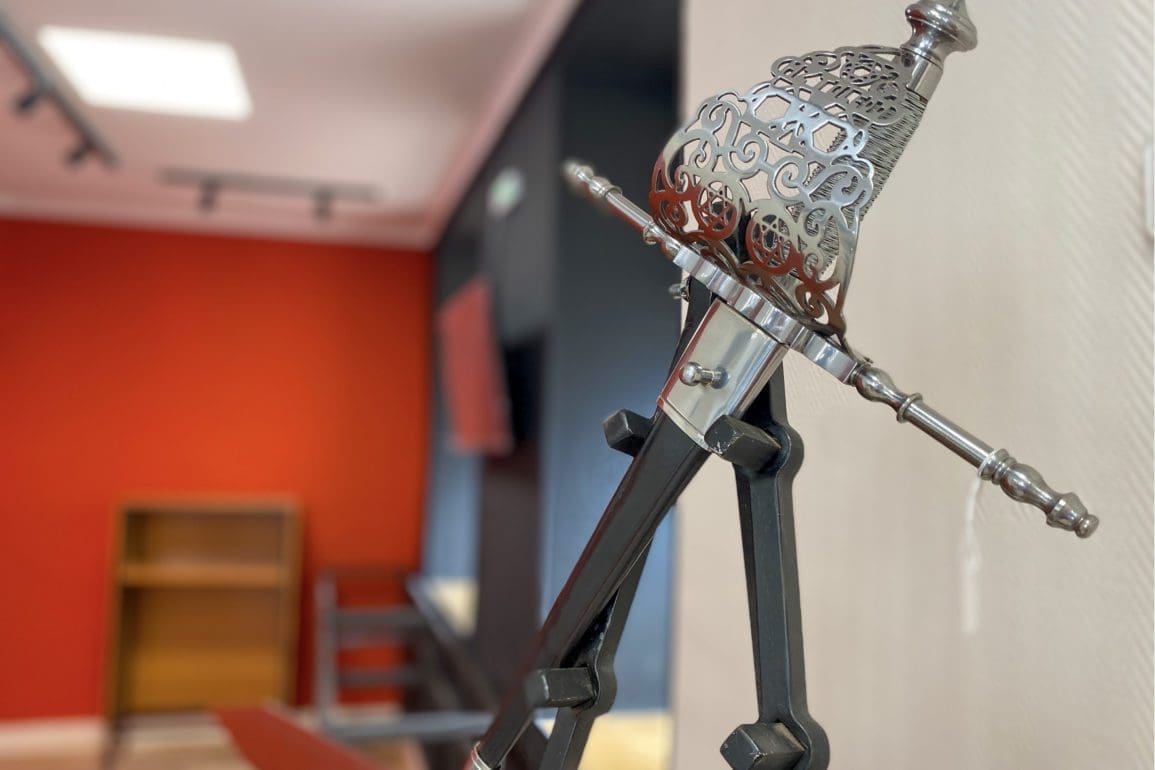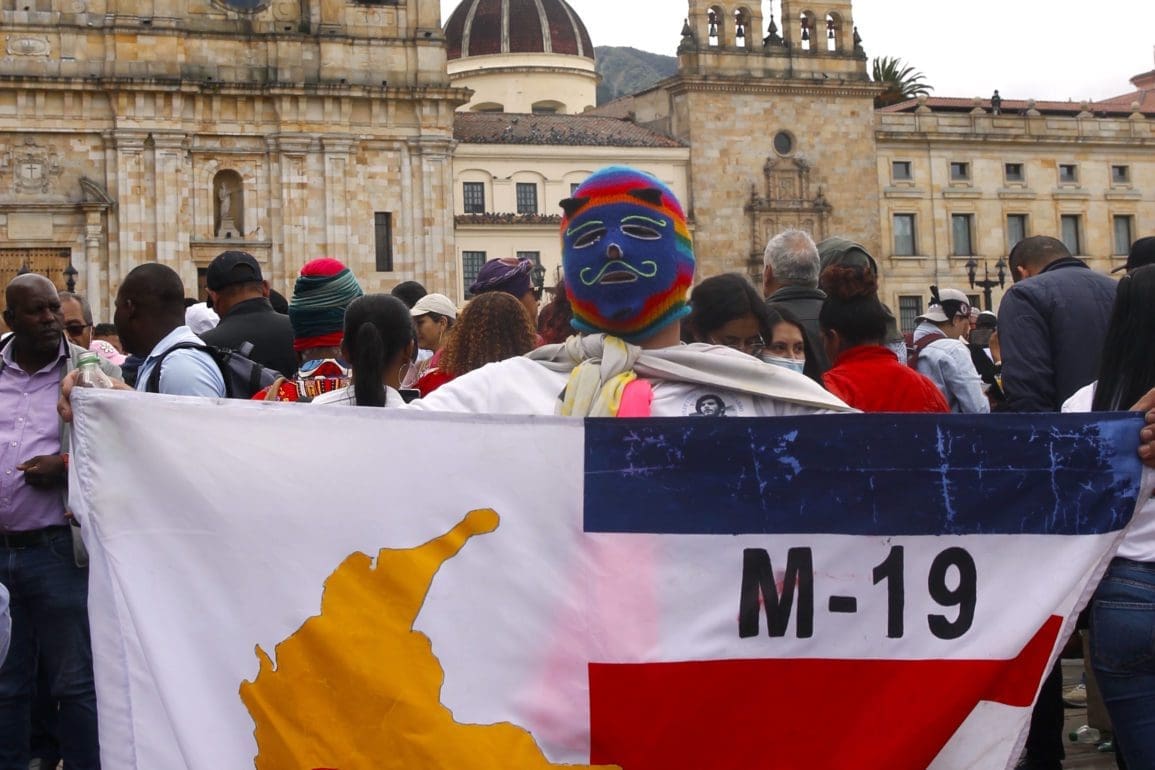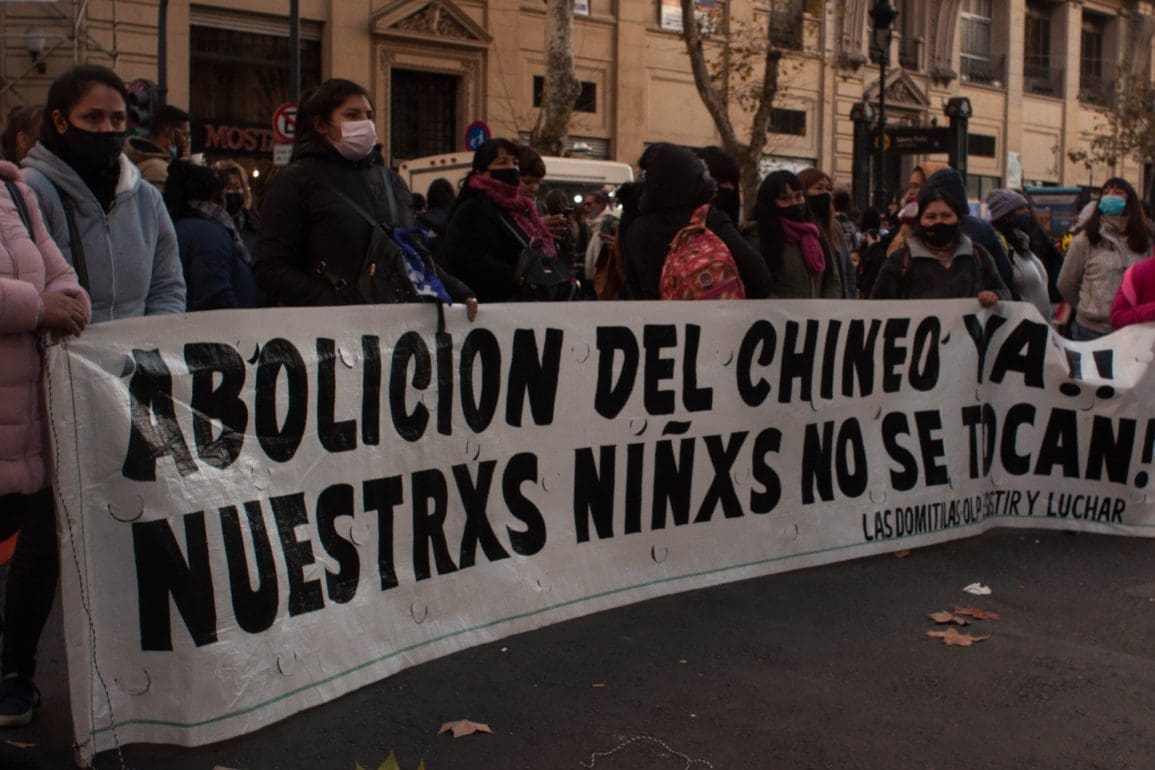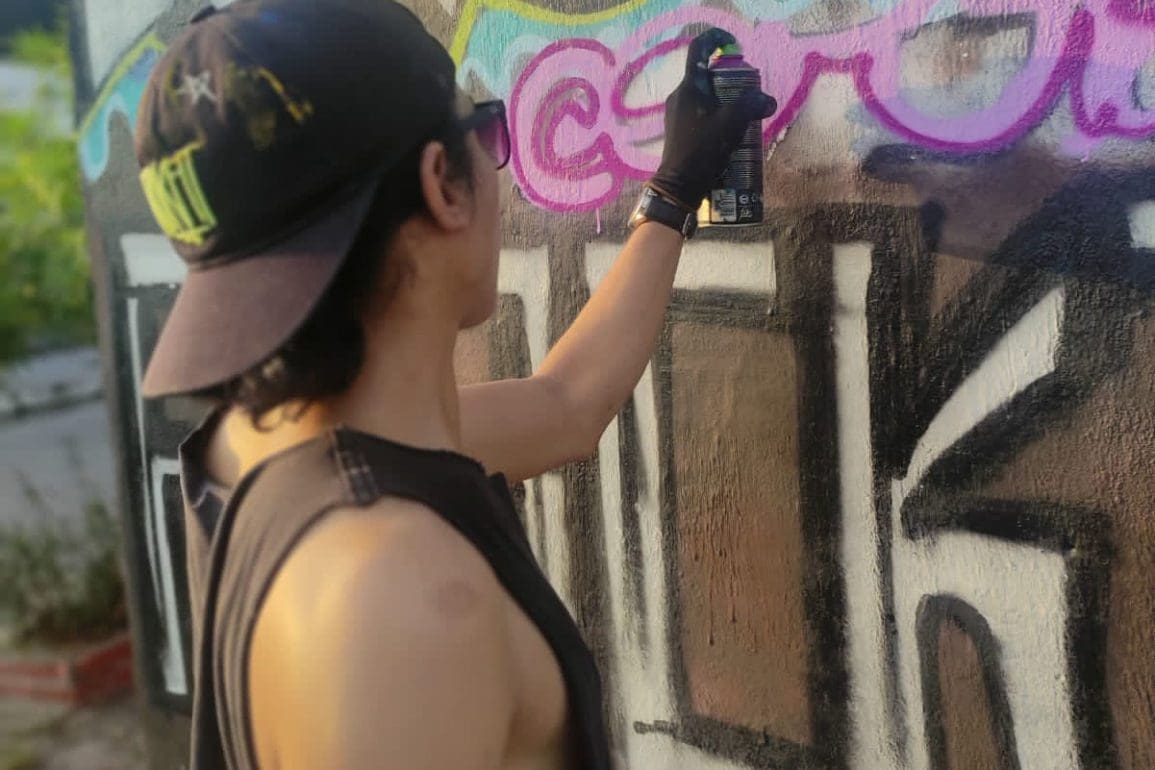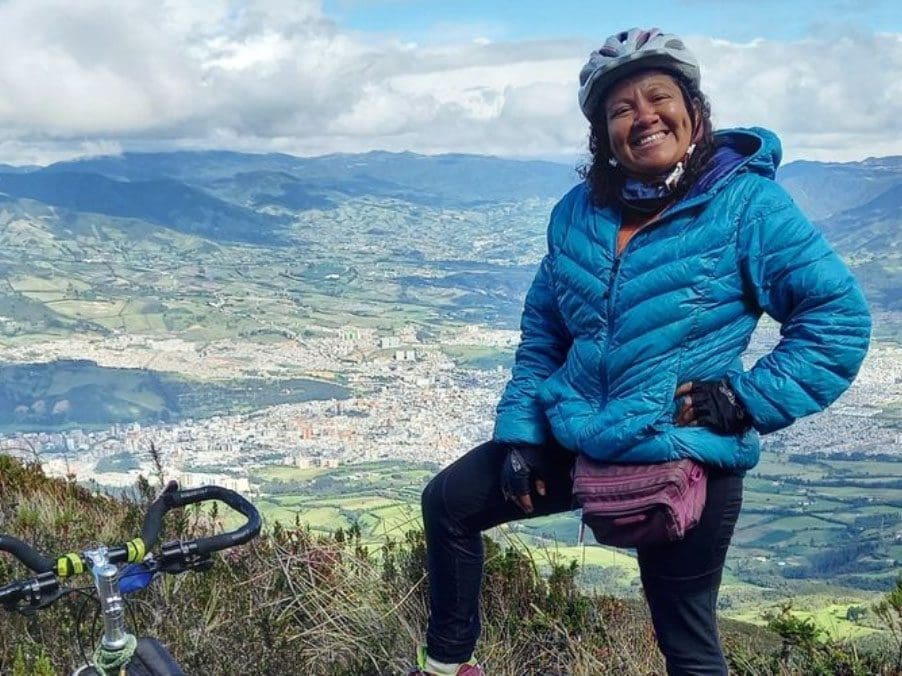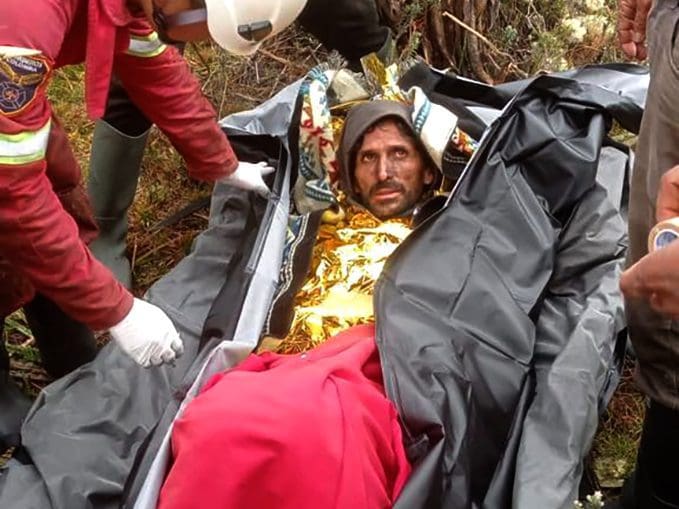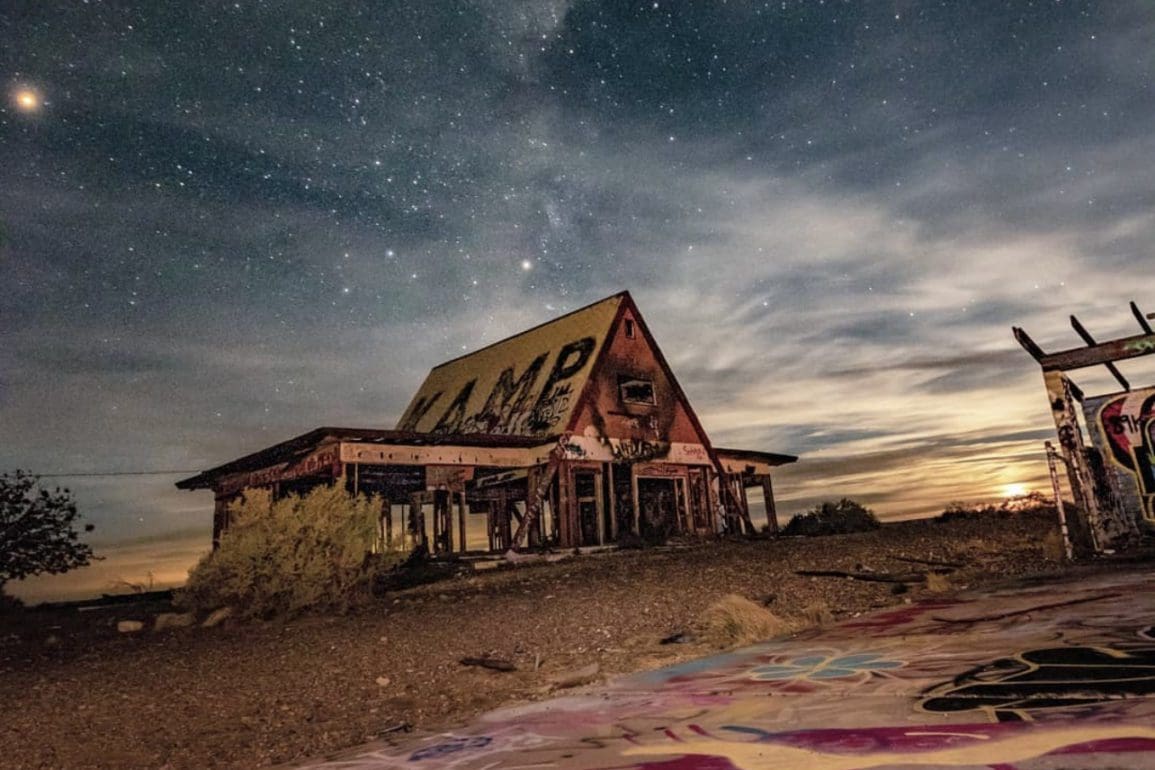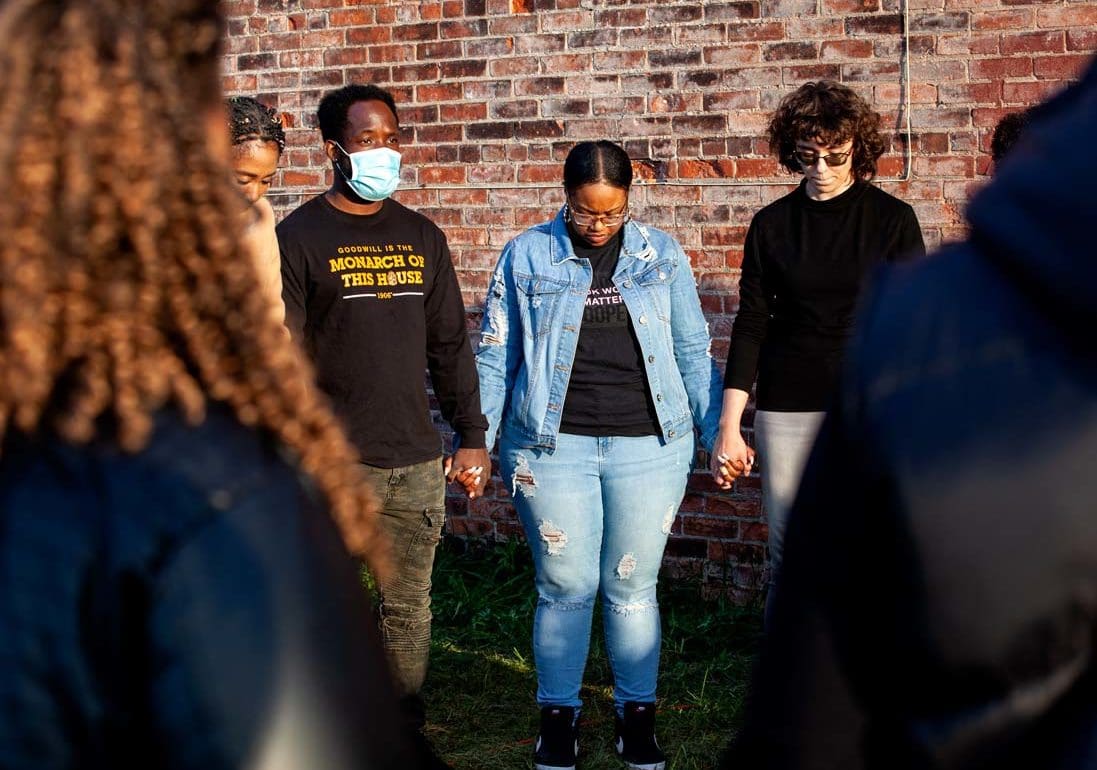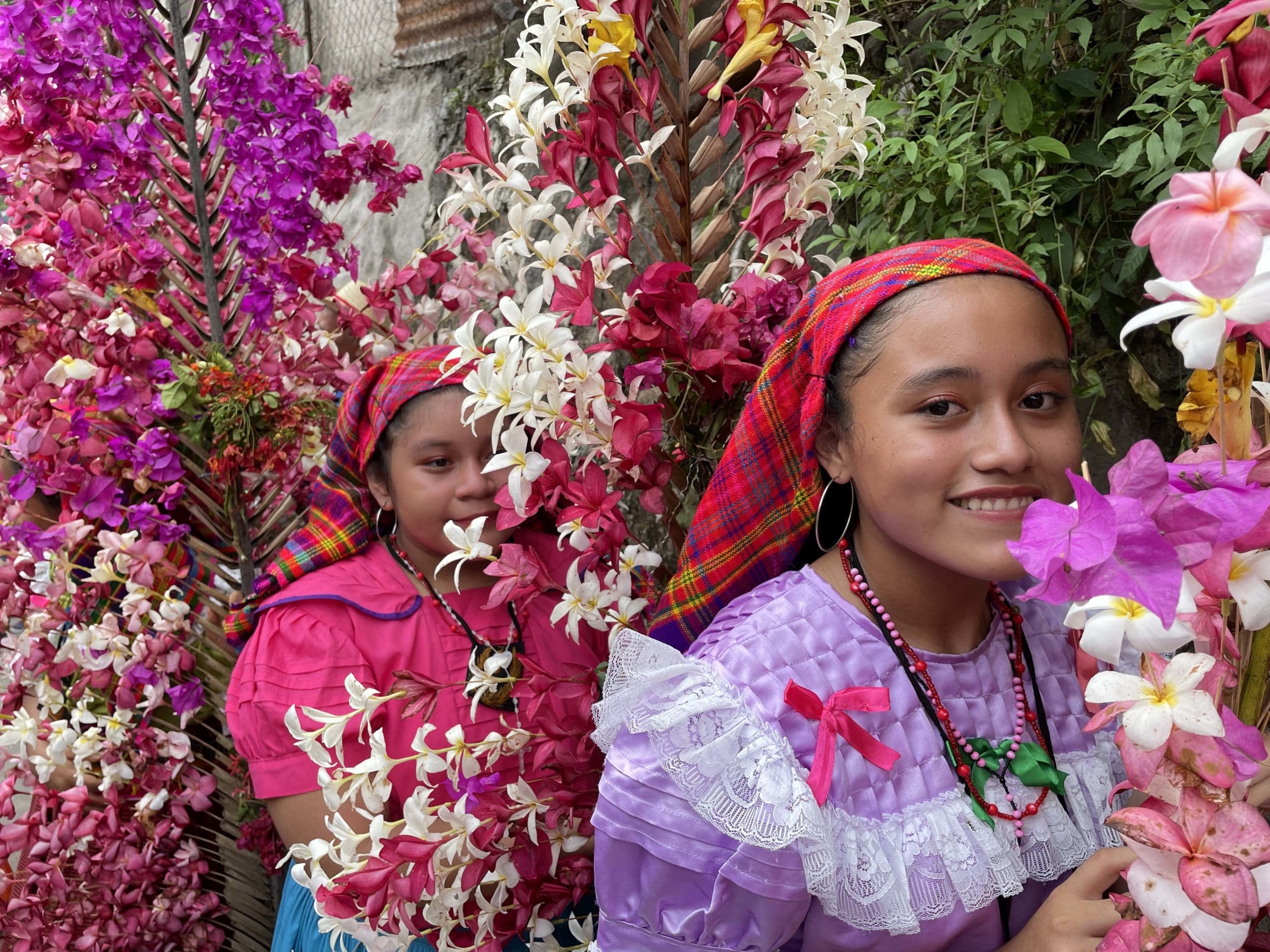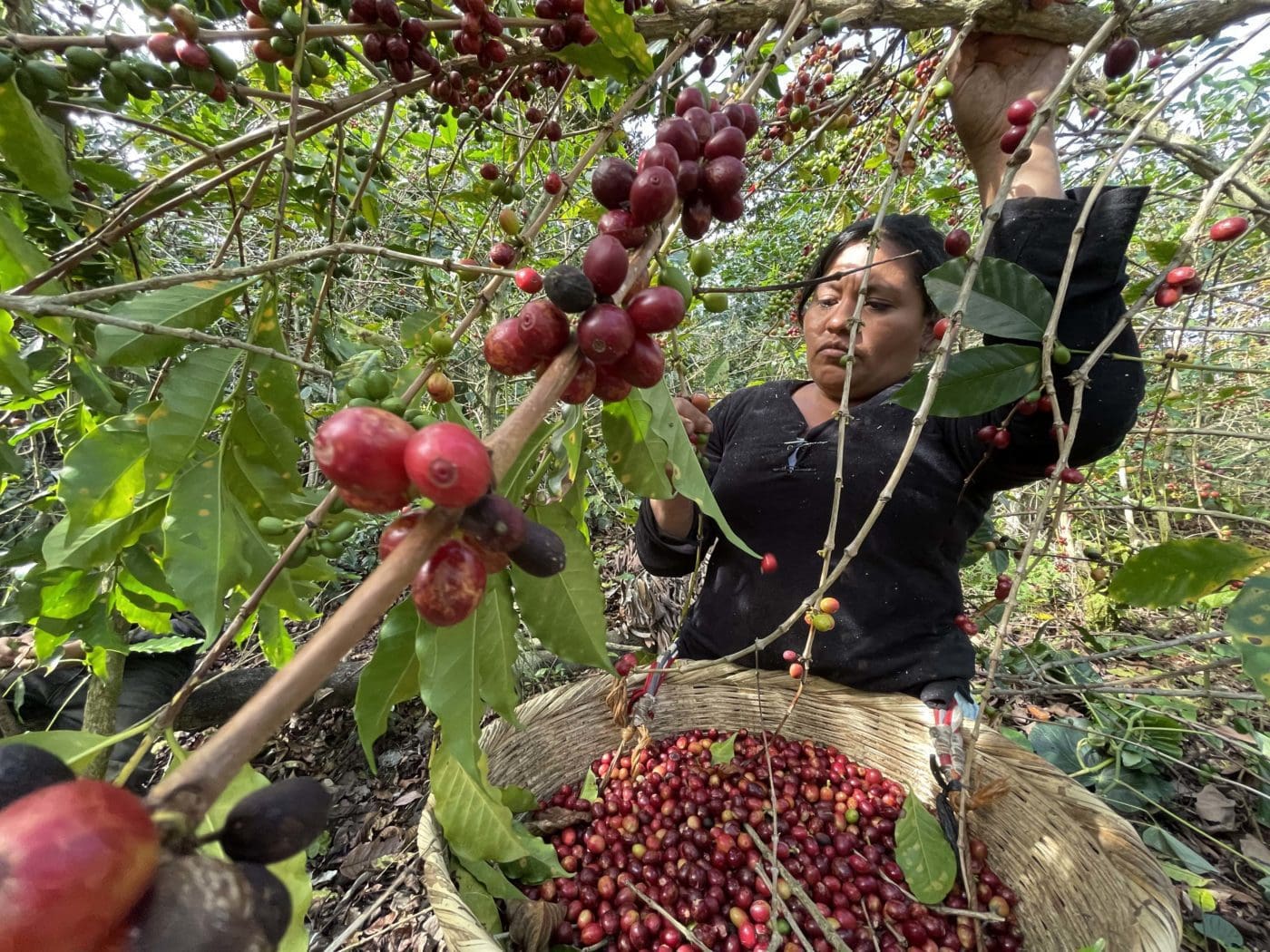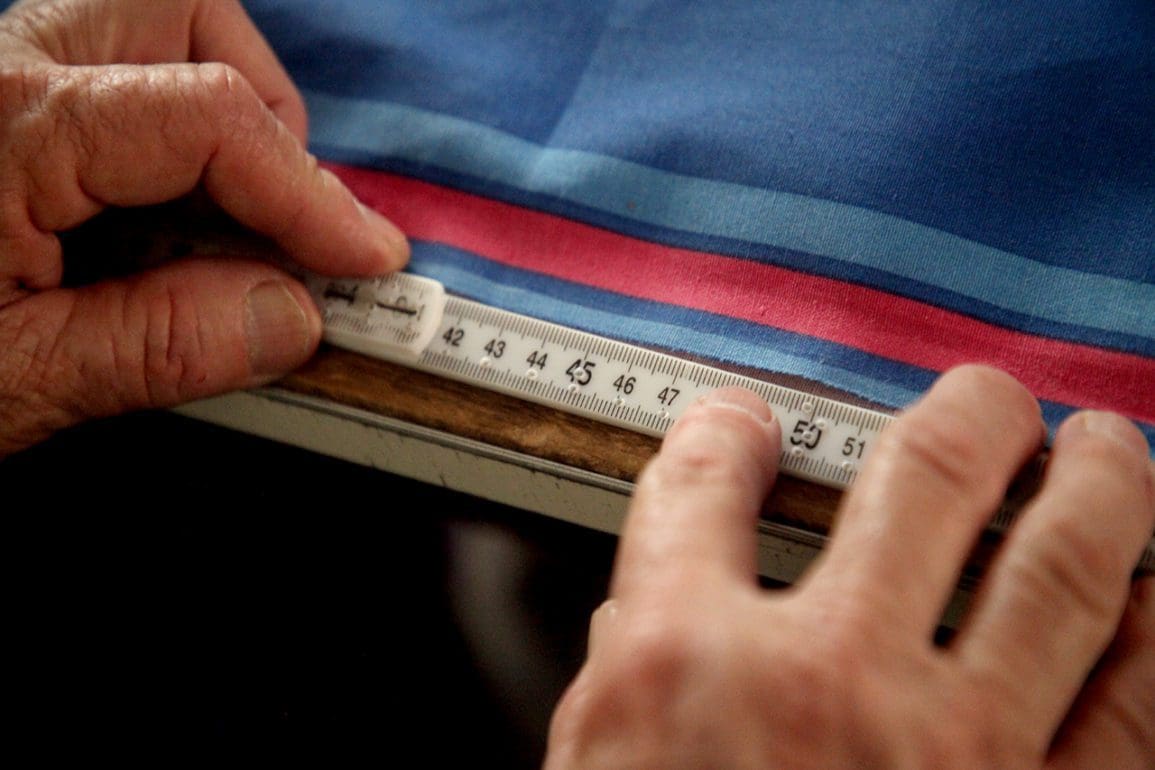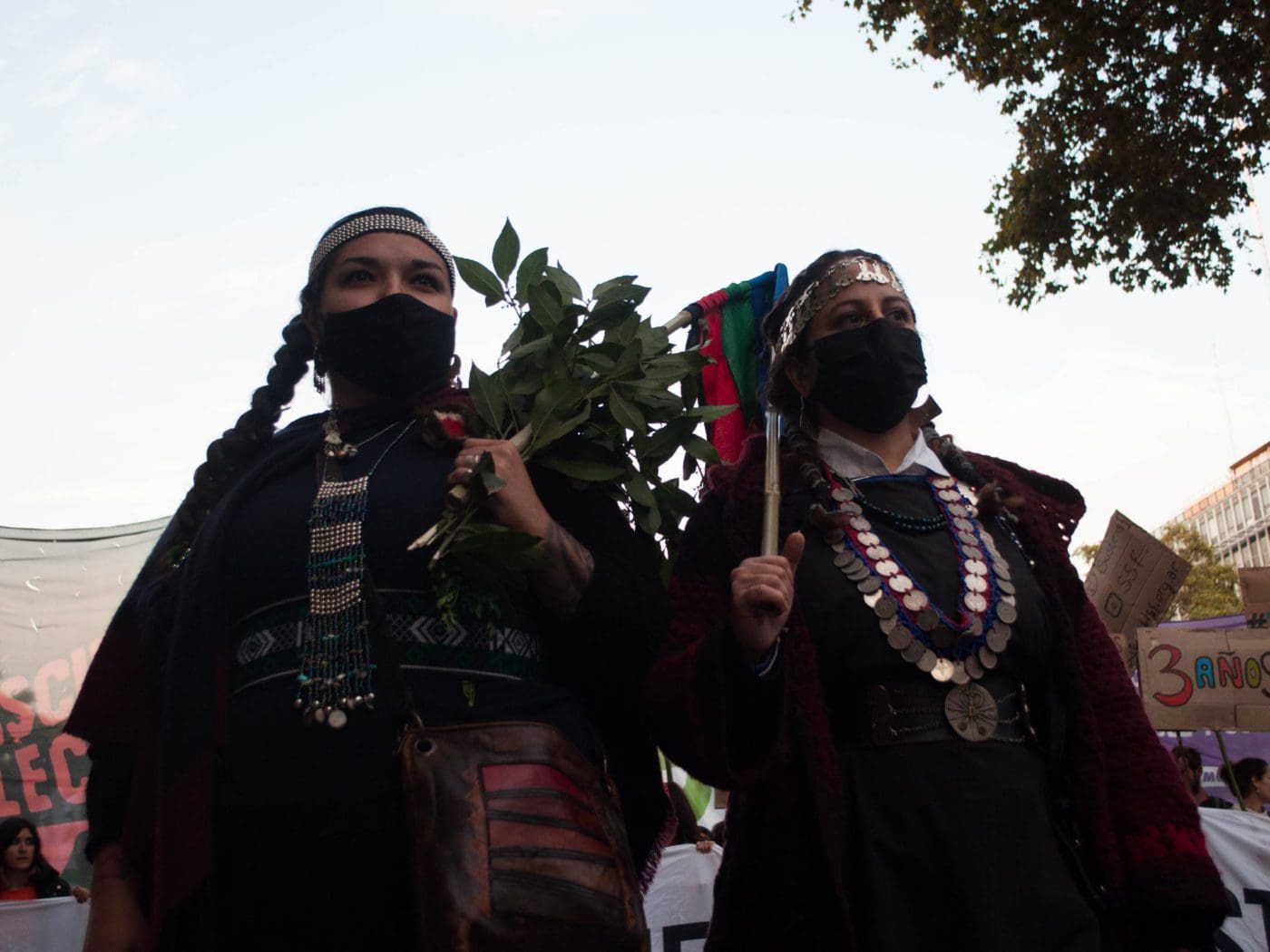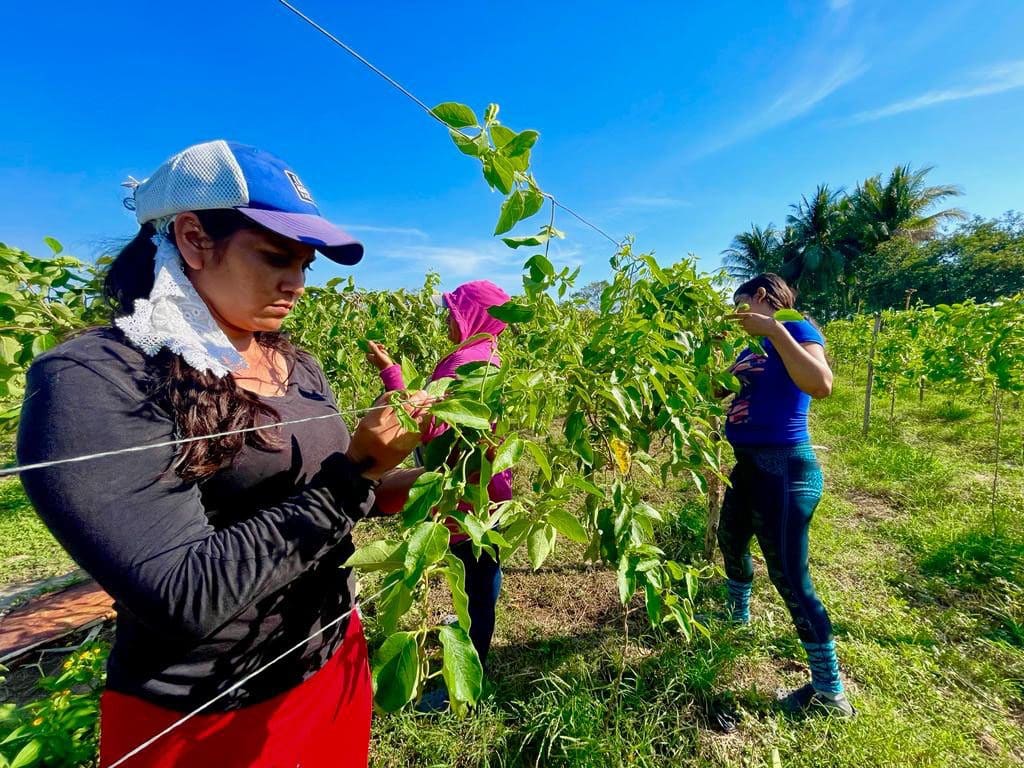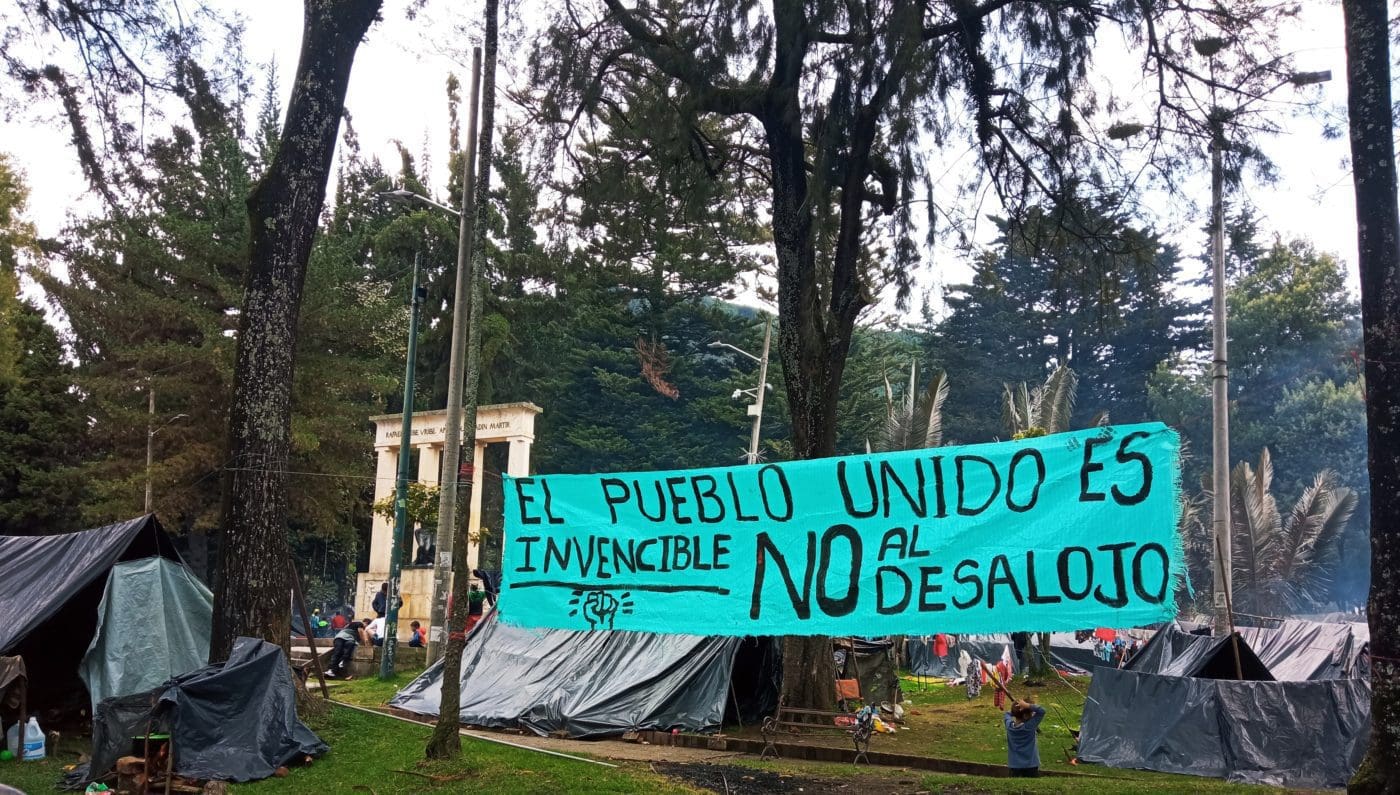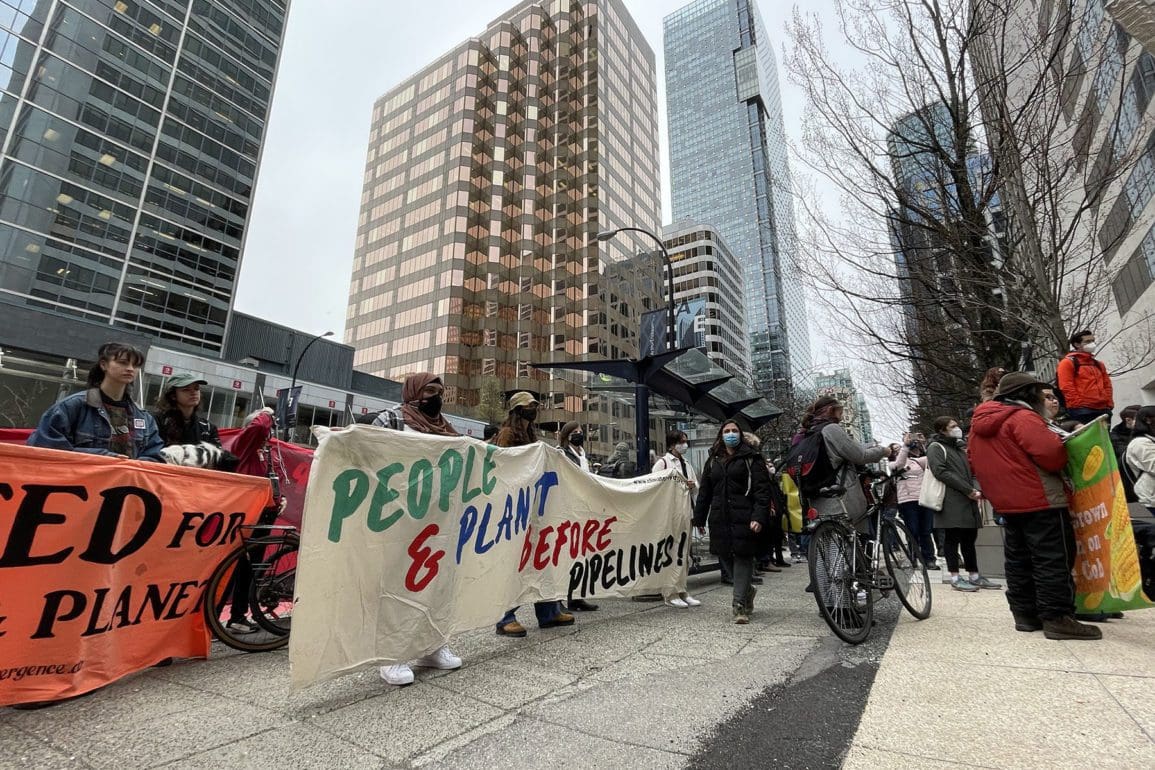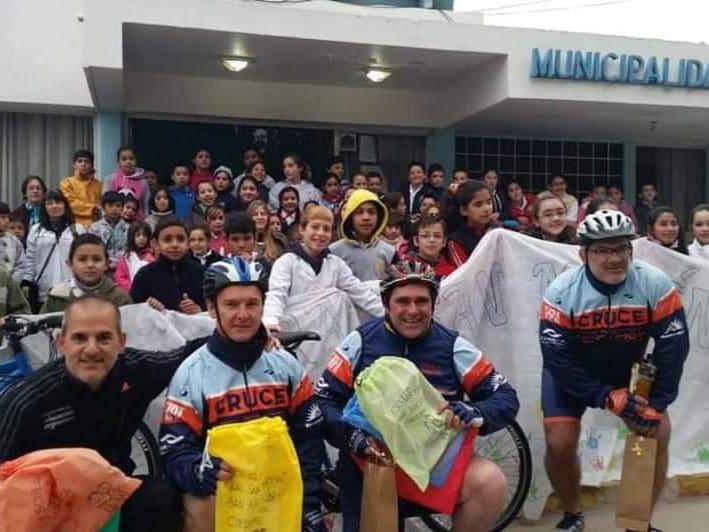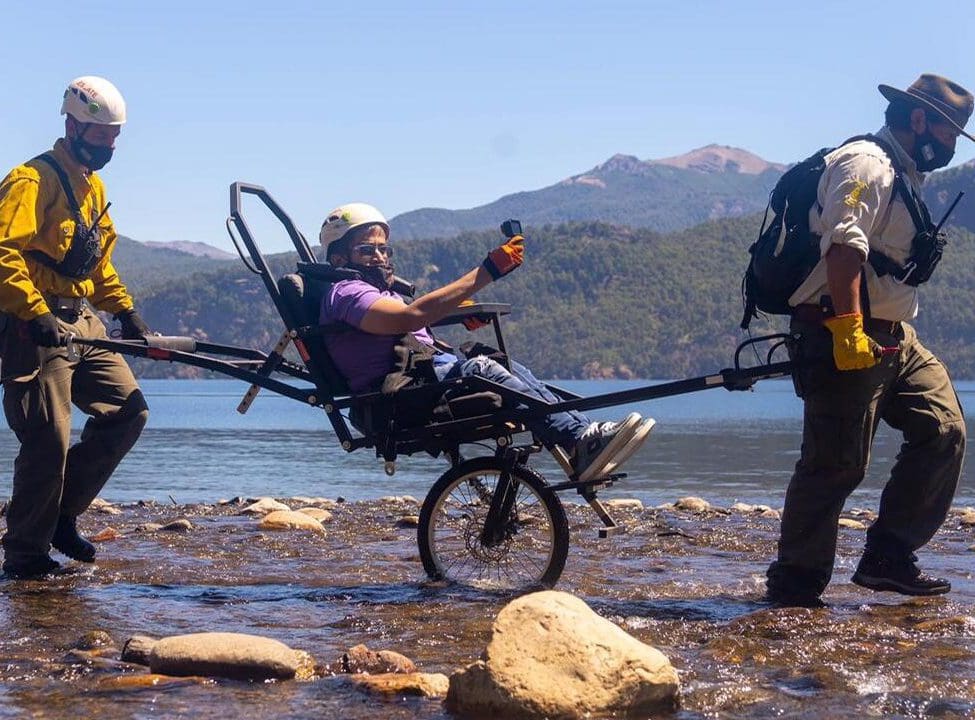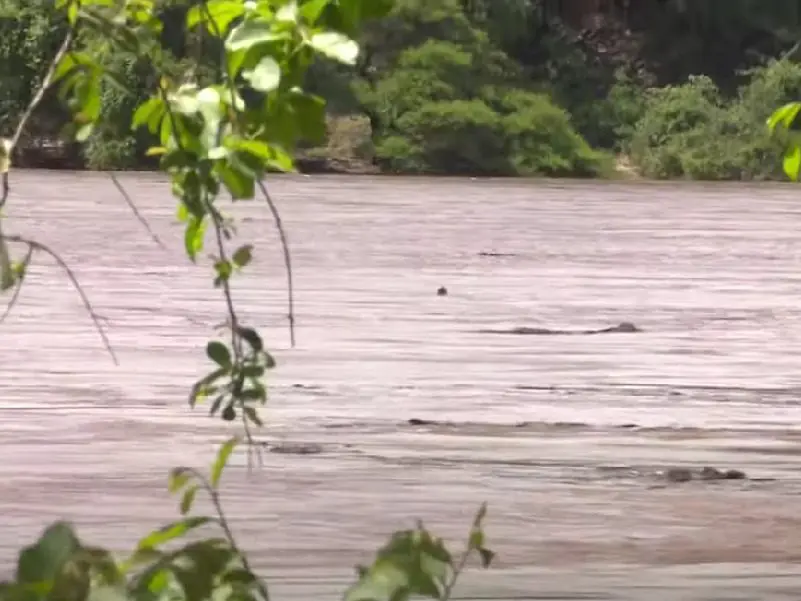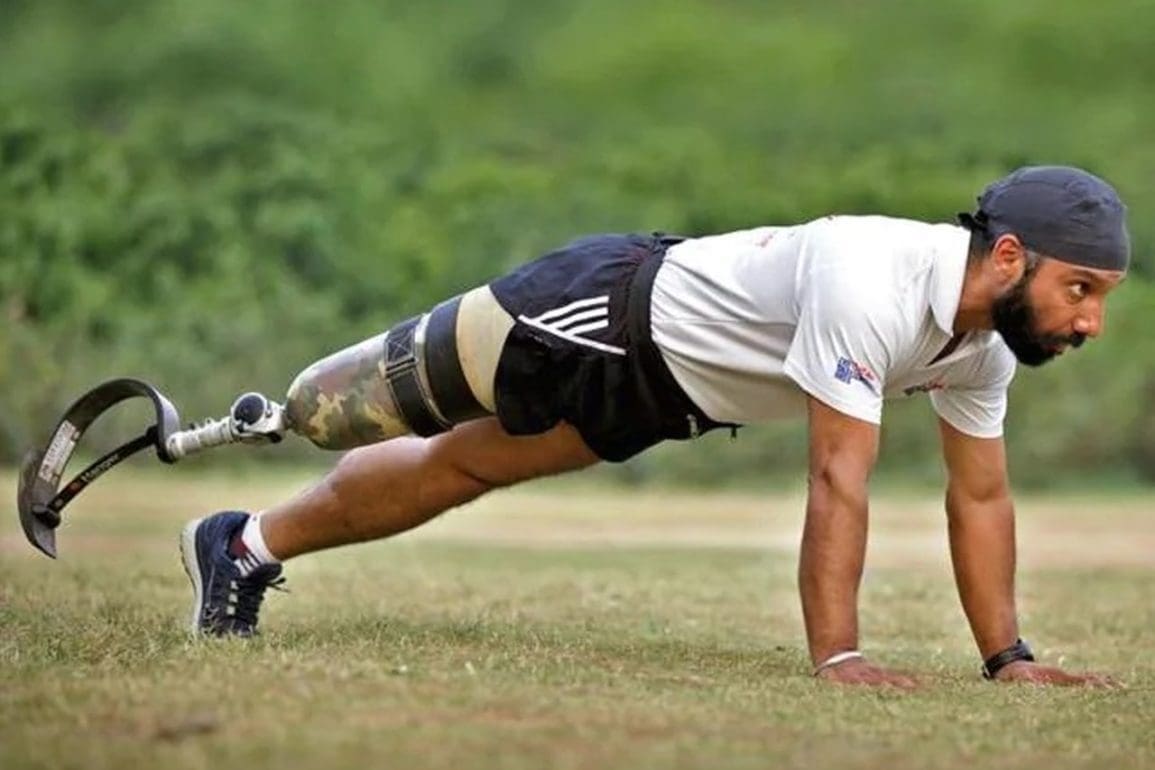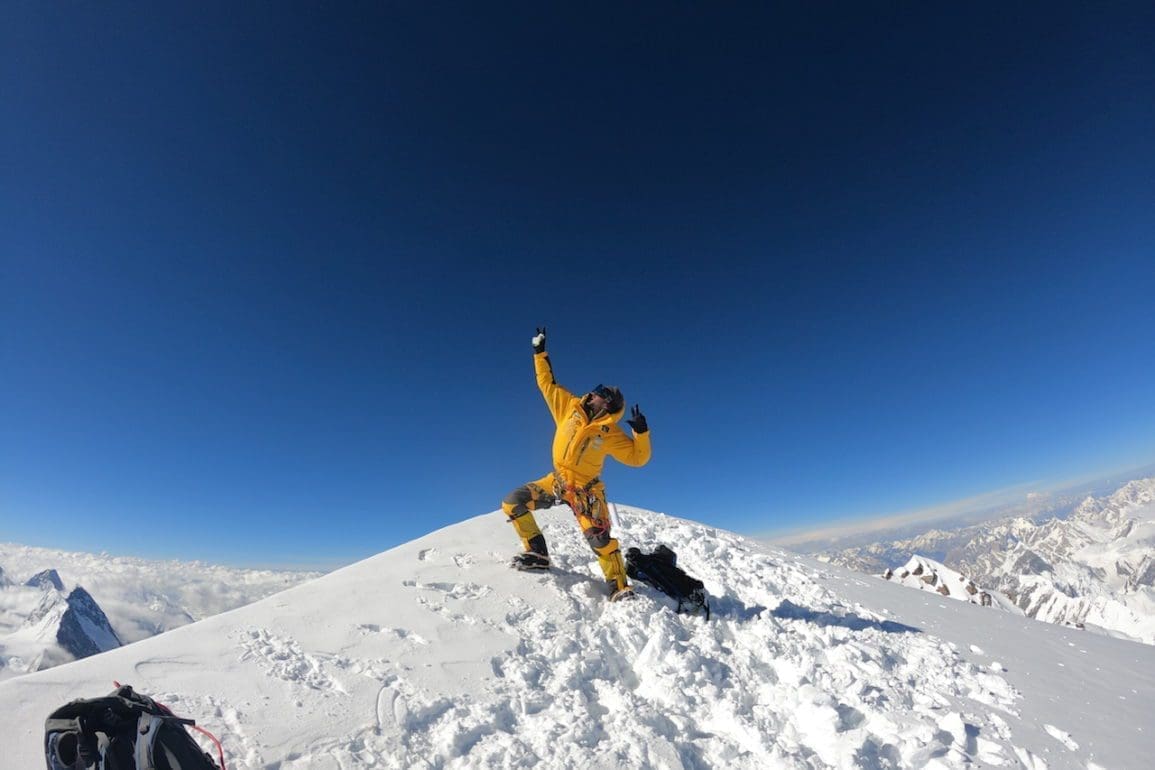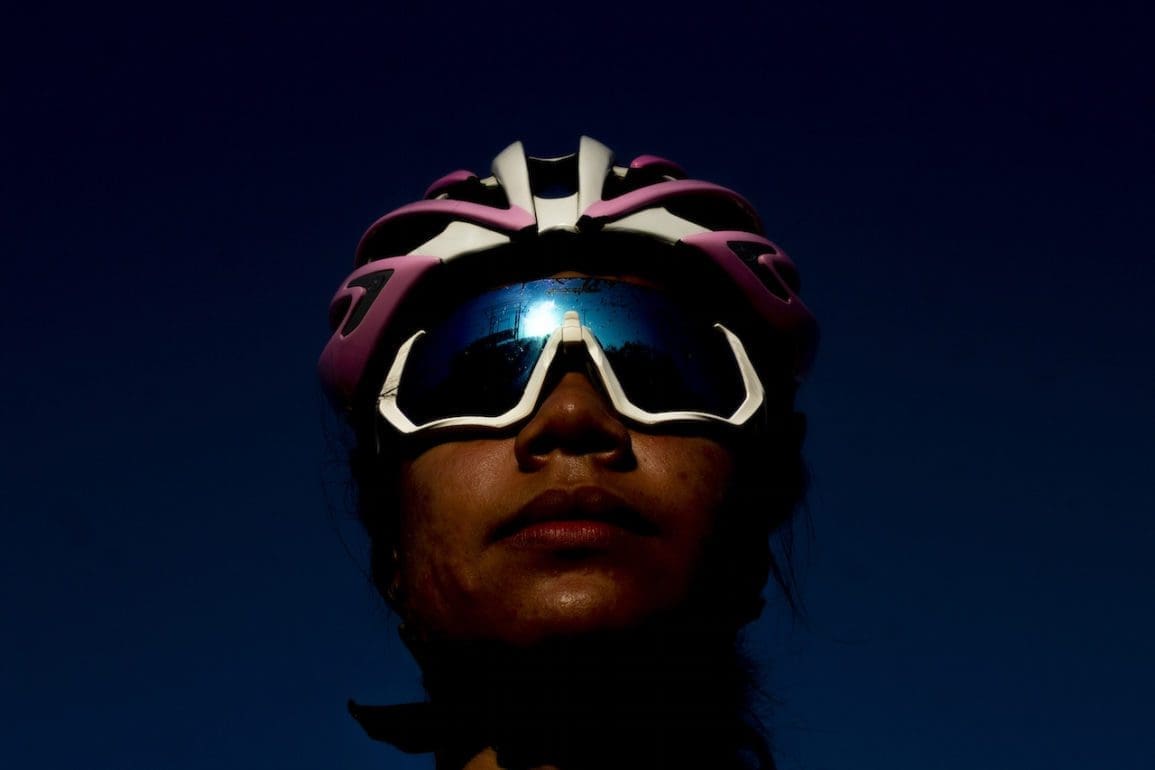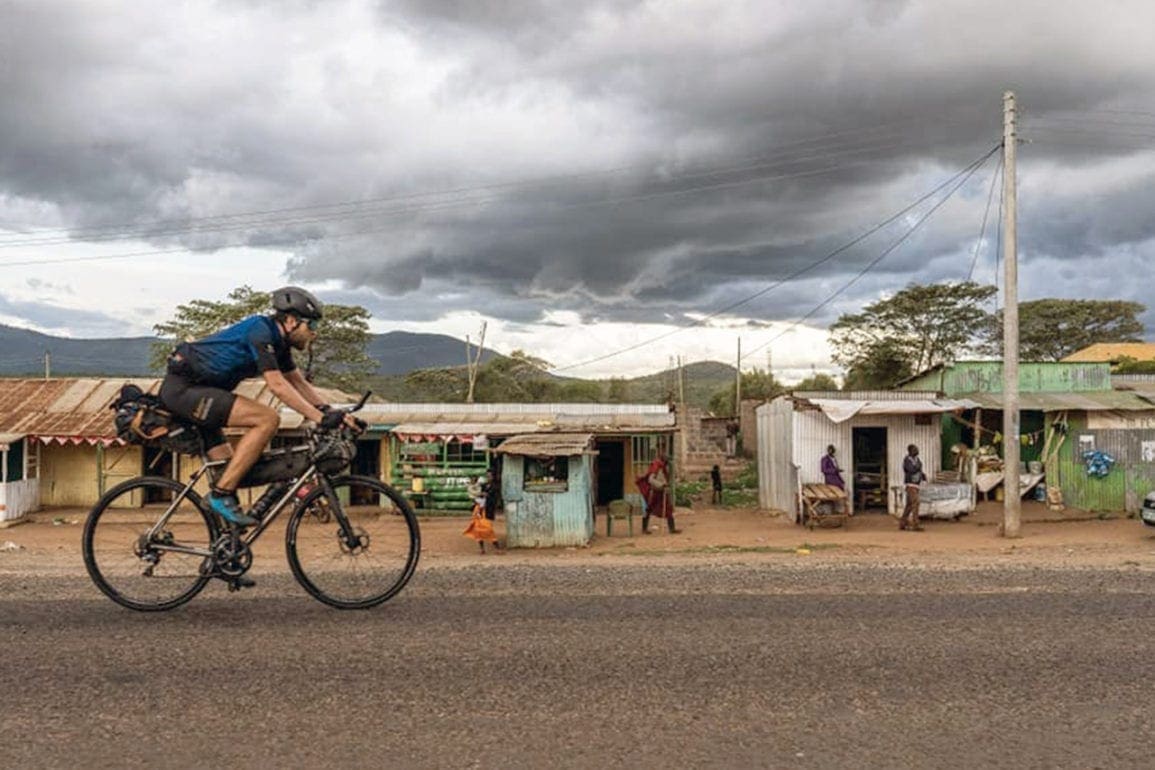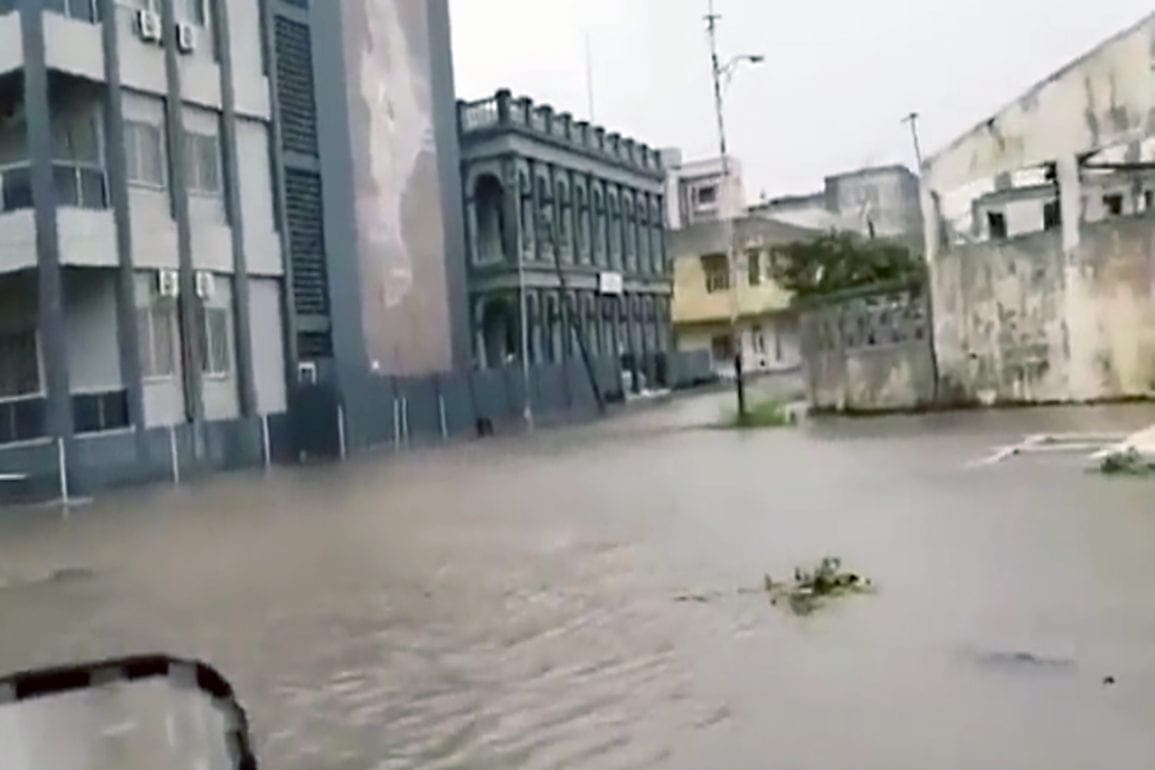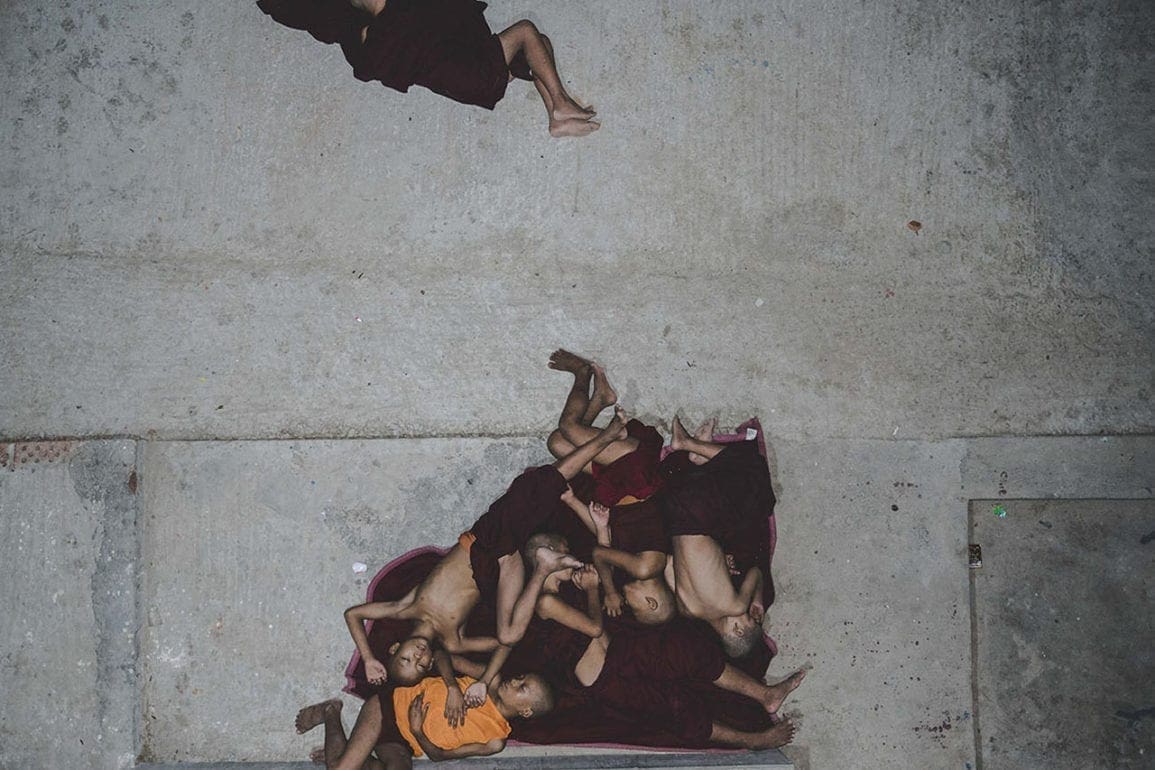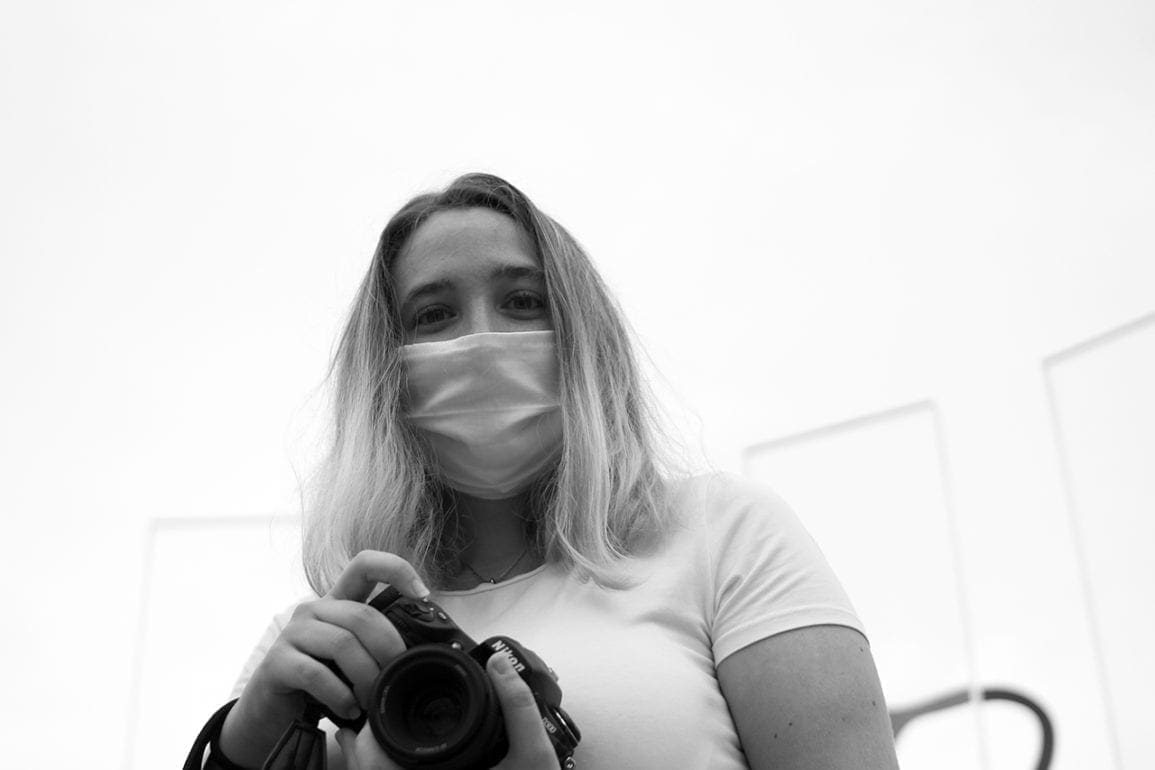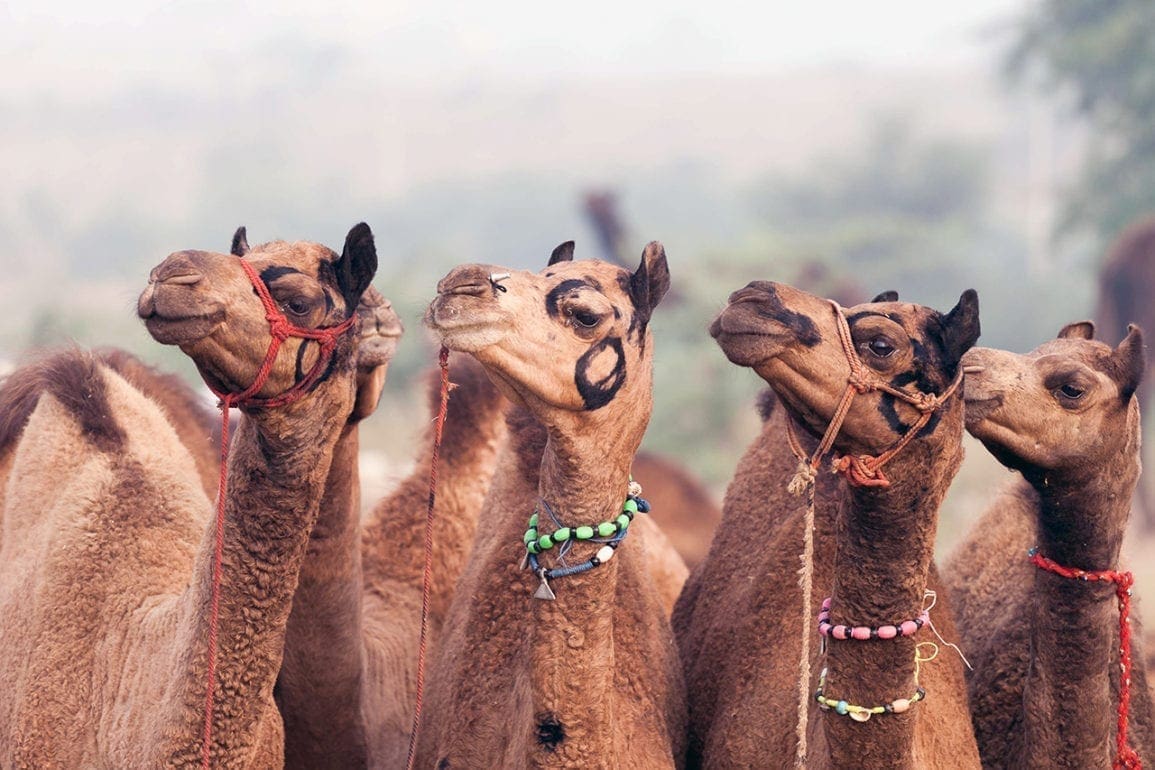Arizona photographer chases storms to capture nature and honor homeland
The hurricane had brought us a day so magnificent it felt apocalyptic. As the huge, ominous storms poured down on the cholla cactus and the mountains, we saw funnels building and dropping, downbursts of fierce rain, lightning bolts striking. Our cameras never stopped clicking.
- 4 years ago
May 23, 2022
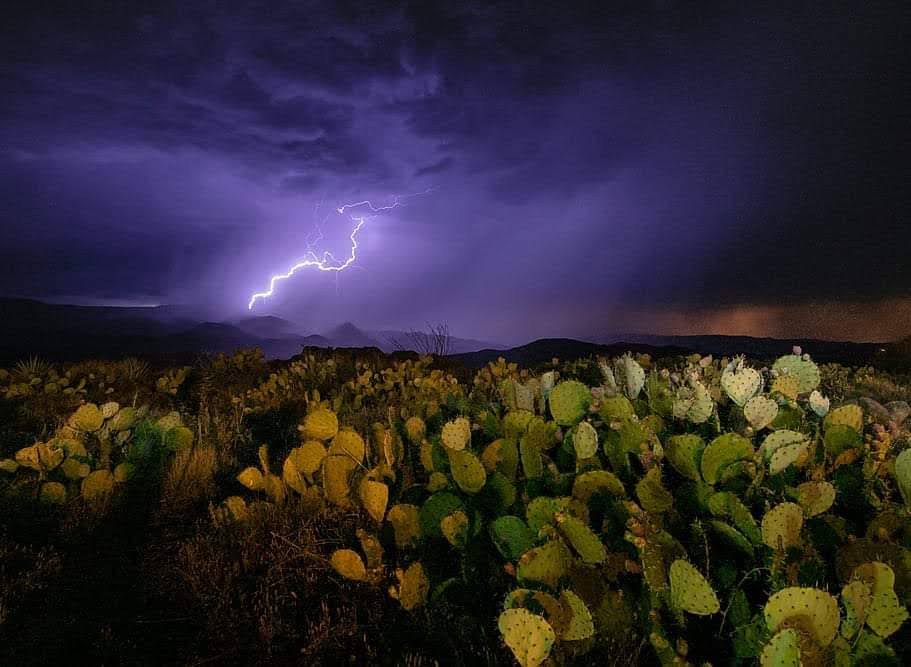
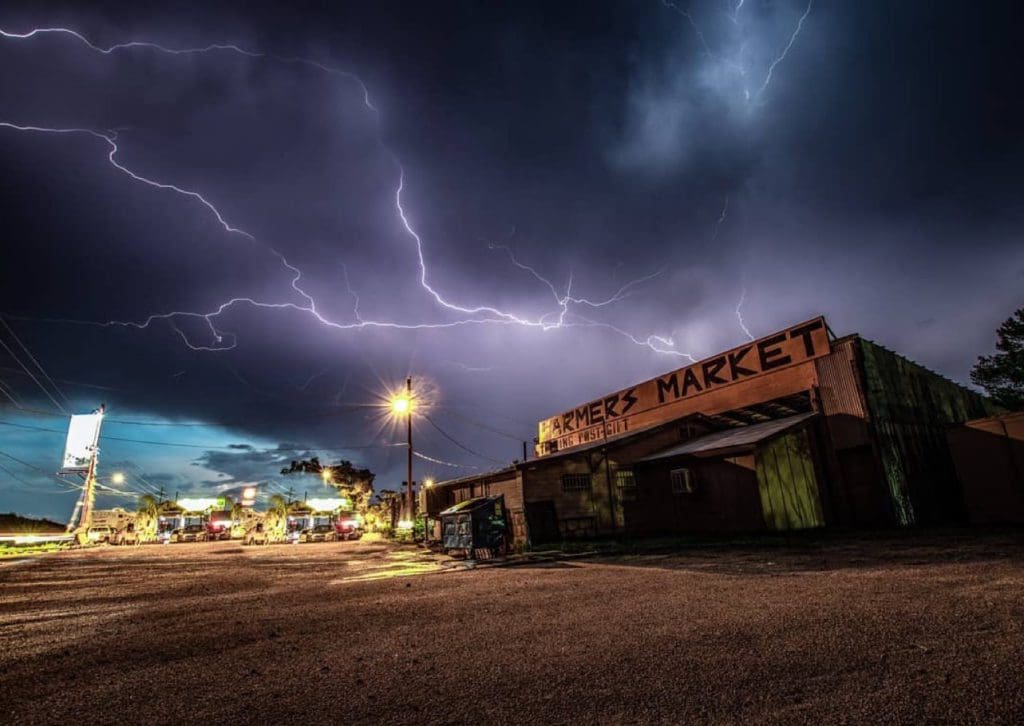
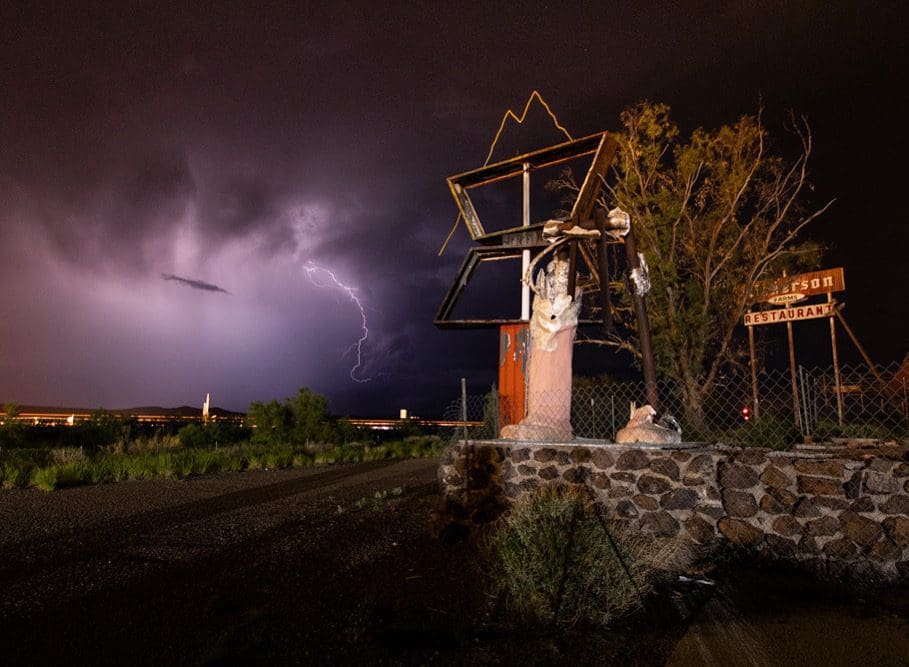

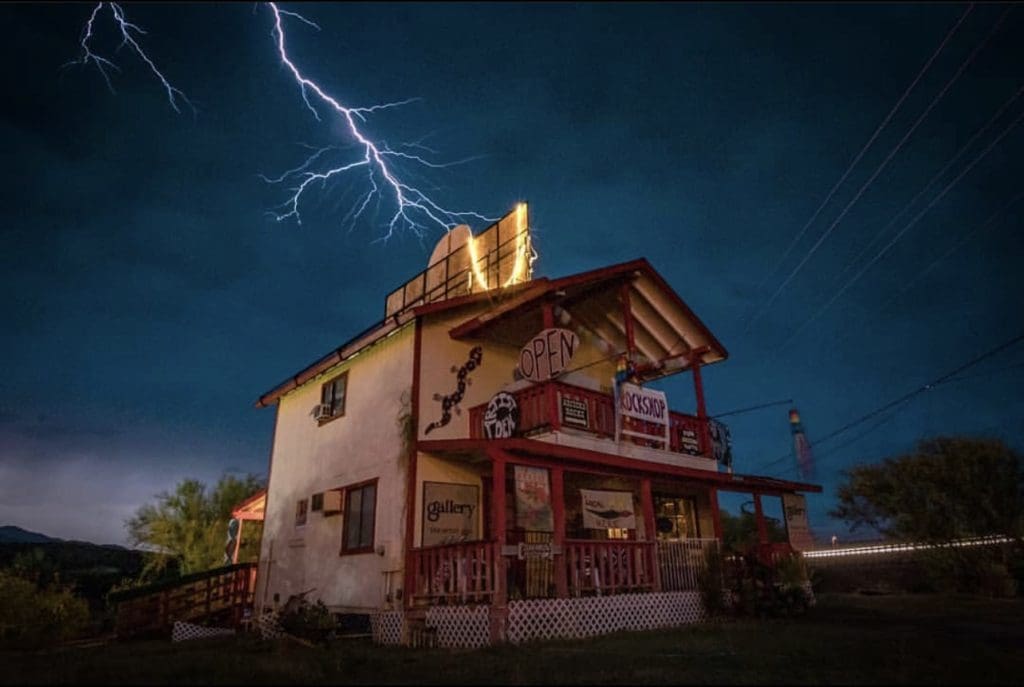
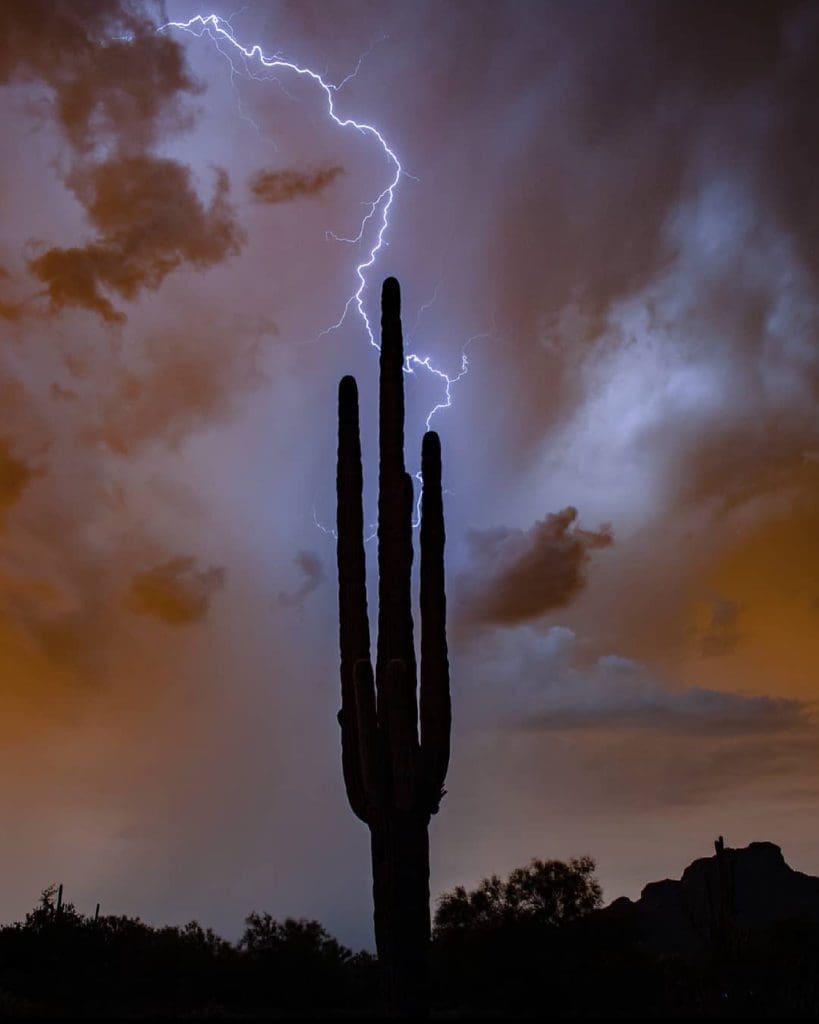
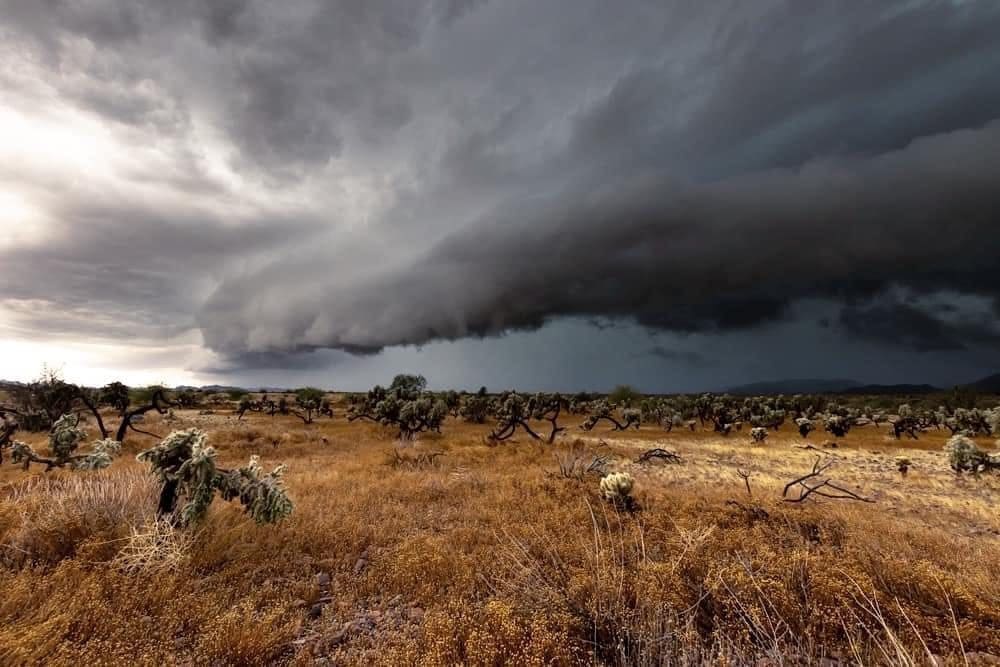
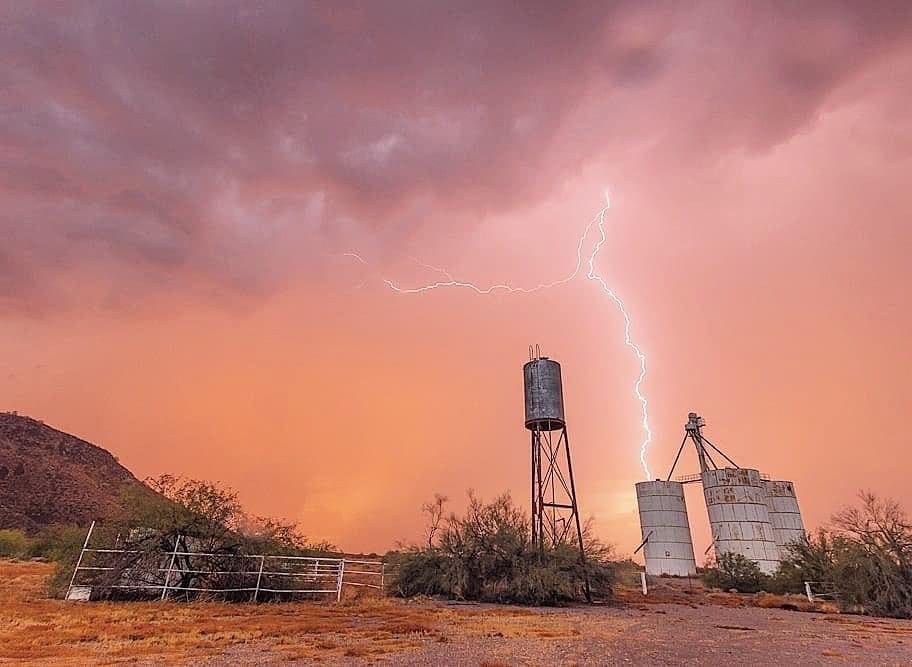
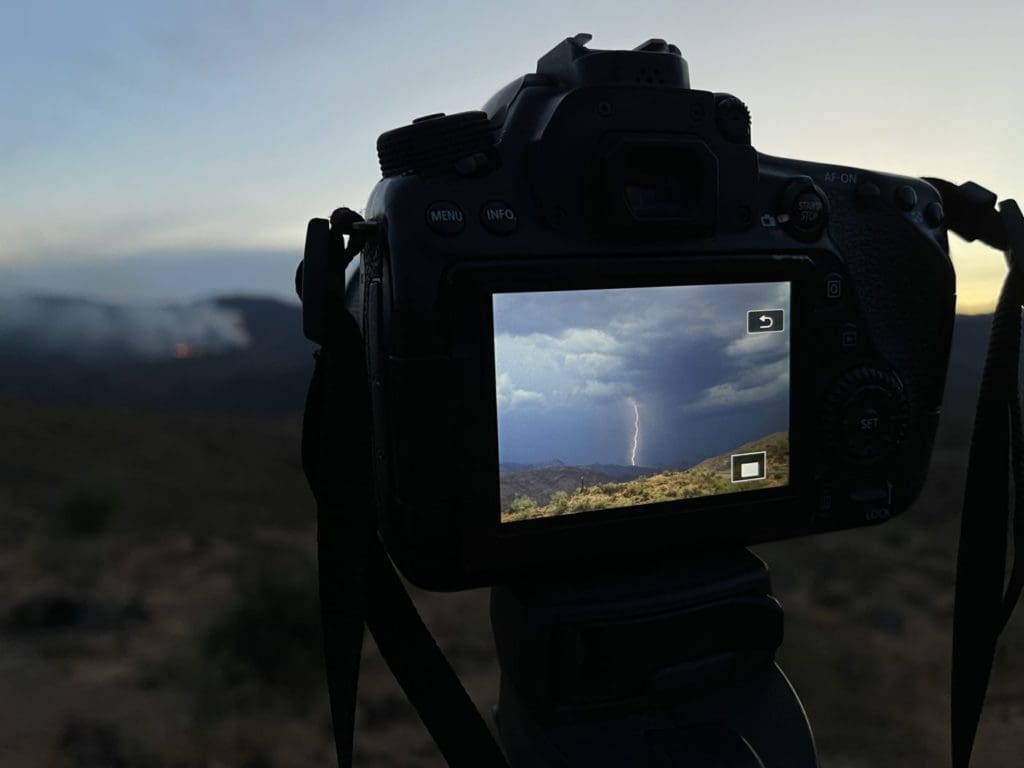

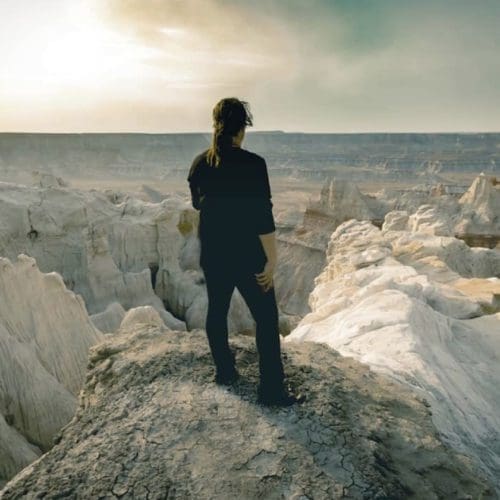
MESA, Arizona—Down in the valley where I live, hot air rises from the desert floor and pushes up the mountain sides. As it elevates, cumulus clouds form. Brilliant, white, and puffy, they stand alone in a vast blue sky. During the summer monsoon season, I wait for them to mature, turning dark and ominous, until they give way and erupt. A downward draft of cool air drives toward the earth, and the desert is blessed with rain.
As the hot air rises and the cold air falls, the currents slide past one another. The friction creates electrical charges of lightning. My camera documents their brilliance, but nothing I do is by happenstance. I study the science, and I chase the storm.
History, landscape in Arizona’s East Valley creates photographic wonder
The valley I call home is surrounded by magnificent mountains born of volcanic shifts. I see White Tank Mountains to the west and the Sierra Estrella range to the south. The Superstitions span for miles and in the Tonto wilderness, Four Peaks rises high toward the sun-soaked sky.
I scout landscapes during the winter off season. Hiking remote, untouched locations, I seek spots I can photograph during twilight; places far from the light pollution born of growing cities and massive development projects.
As I traverse the deserts and volcanic hills, I find awesome places of history where few have trailed before, places where you can still find a small, old cross on a single unmarked grave from the 1800s. Being in the right place at the right time to capture a storm requires an understanding of science. I study the behavior of clouds, funnels, tornadoes, lightening, and super cells.
The science of chasing storms in Arizona’s monsoon season
The East Valley heat regularly reaches 110 to 115 degrees Fahrenheit in the summer. Some days, the temperature gauge in my car reads 120 or more. When the hot, dry heat converges with lack of rain converge, wildfires erupt, and my work becomes dangerous.
Experience has taught me to be careful. These Arizona skies are beautiful, powerful, and unpredictable. The science becomes critical to staying safe. When storms move through the Gulf Coast and make their way southwest, I turn on three different radar sources and use maps to determine where the clouds are forming.
They pop up quickly and move, while I plant myself on a mountainside or in front of a squall line. These moments are fleeting. I may have an hour to document the storm before it dissipates and reemerges in the distance. I follow the formations through the night as nature offers my lens wickedly beautiful moments.
The smell of desert rain; a cool reprieve from summer heat
I chase two seasons in the summer – monsoon season and Milky Way season. True magic happens when I capture them simultaneously. Once I find my location, I set up my camera and wait. Surrounded by a starry sky, I photograph wild desert animals as I wait for the powerful storm. With my camera set on timer or long exposure, it detects what the eye cannot see.

The images I captured on screen tempt me to move closer to the storm, but I know I have to choose caution and stay in a safe place. I know that the storm in the distance will disperse and pop up again a couple miles away.
Patience is key; I stay for an hour and then move as the clouds rebuild in a new spot. When the rain finally comes, it falls on the cacti, the chaparral, and the prickly pear. A smell rises through the air as the water mixes with the natural oils on the foliage. Relief from the summer heat arrives on the tail of cool downdrafts, creating breezes that fill the atmosphere with nature’s aromatherapy.
Hurricane Rosa delivers astounding images for storm chaser
The valley is like a bowl in the desert. Flatlands are capable of pulling clouds downward. When a funnel forms and grows a tail, it can turn into a tornado. Other times, the leading edge of a squall line or storm system forms into a shelf cloud. It looks like an alien spaceship spanning the horizon.
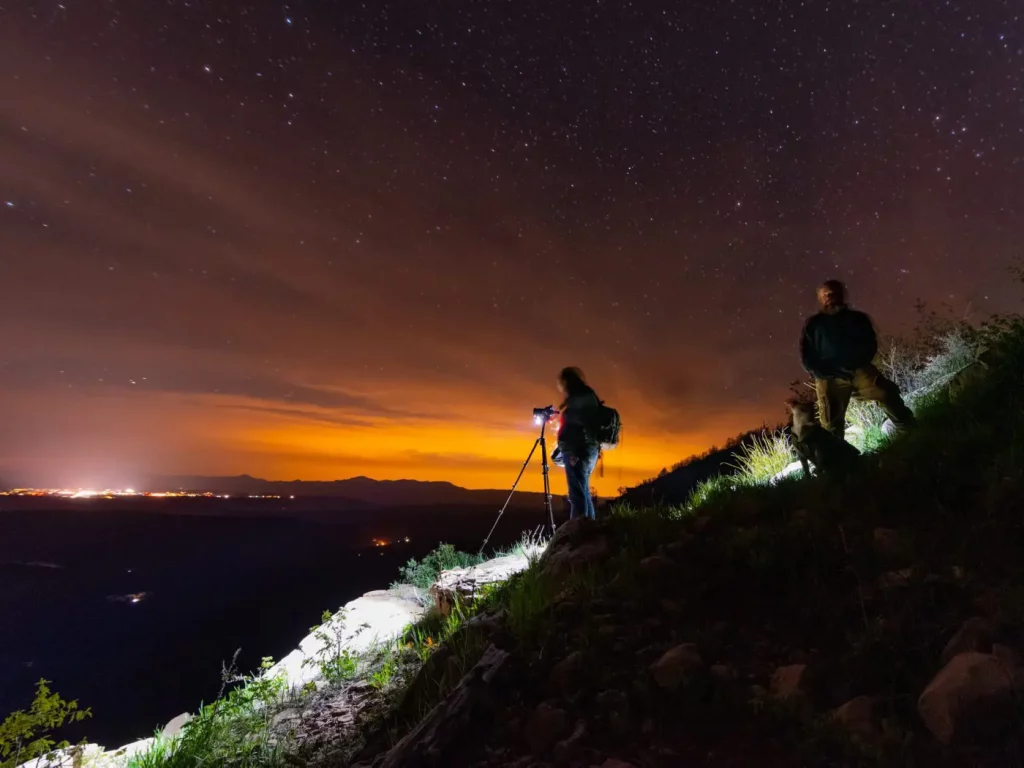
In 2018, the remnants of Hurricane Rosa blew through Arizona. A huge shelf cloud formed from Quartzsite all the way to Sedona, a distance of more than 200 miles. As I drove, I saw the enormous squall line stretch from city to city, nearly halfway across the state. The hurricane brought us a day so magnificent it felt apocalyptic.
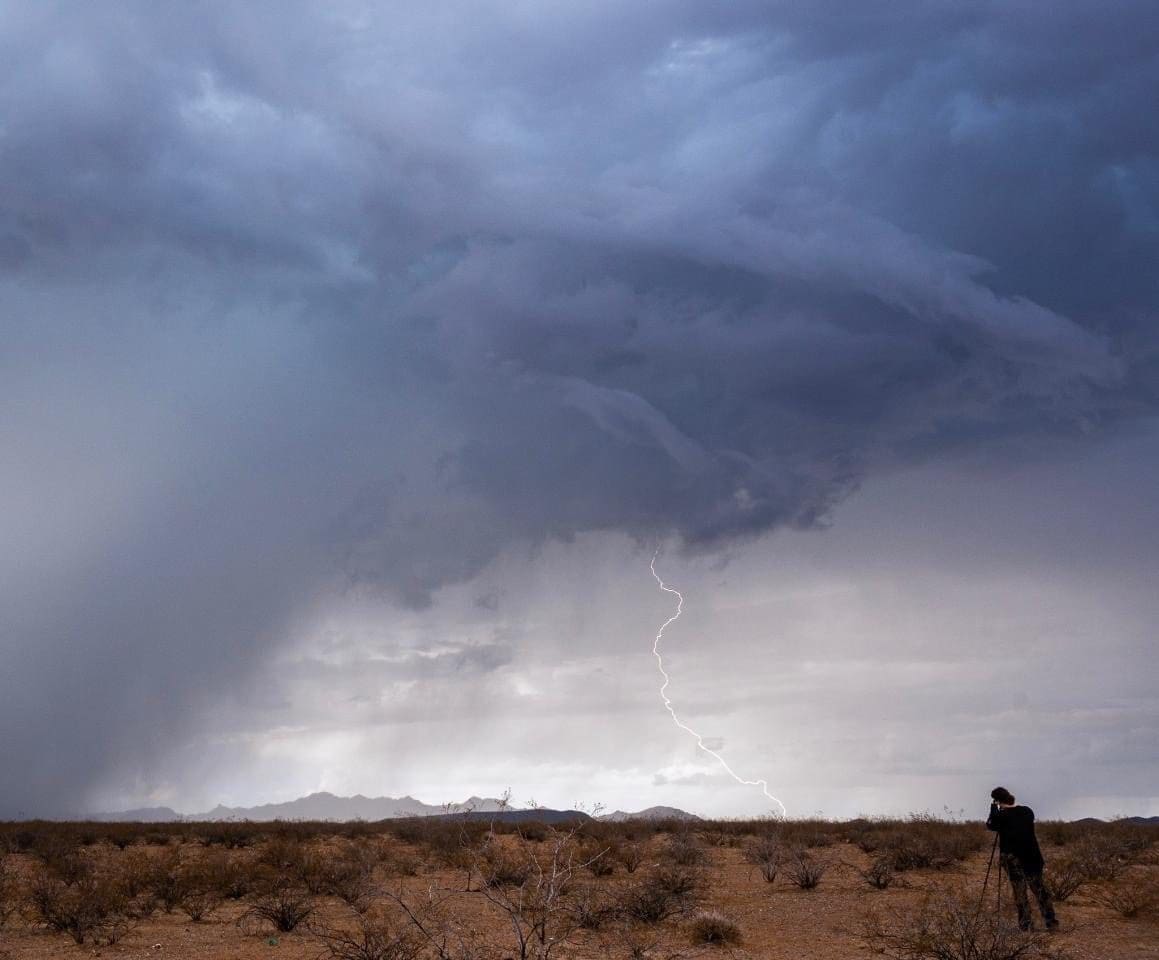
As the huge, ominous storms poured down on the cholla cactus and the mountains, my pictures emerged. I stood on the mountainside with my friends; we saw funnels building and dropping, downbursts of fierce rain, lightning bolts striking, and the pouch-like protrusions of mammatus clouds hanging under the formations. Our cameras never stopped clicking.
Honoring history and nature amidst Arizona’s development boom
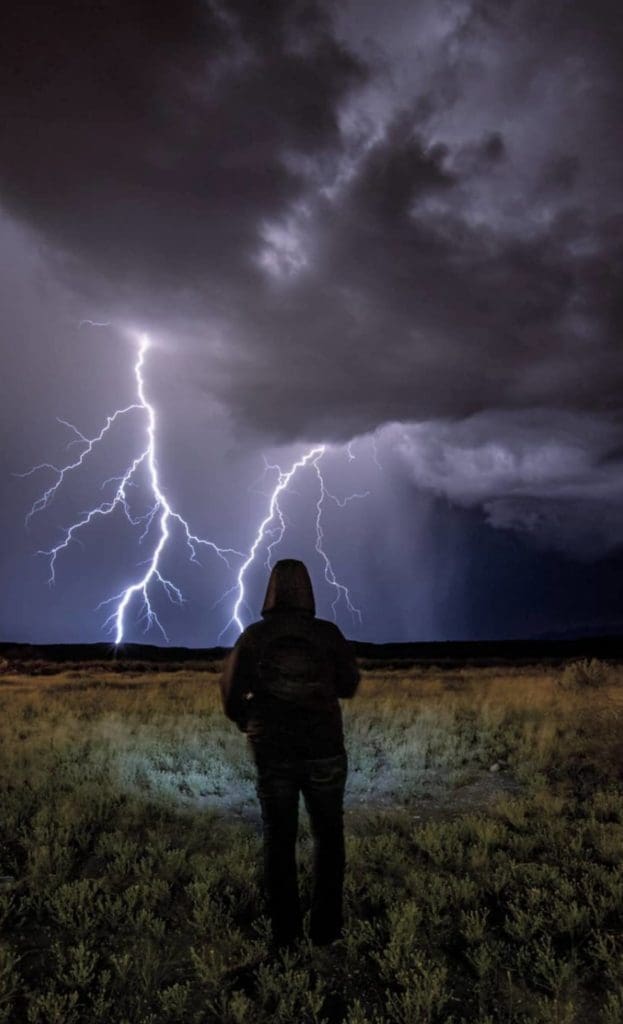
My pictures are more than simple images of nature. The journey I take with my camera has roots and purpose. I have been a desert rat since I was young. As a little girl, my father took me out into the Arizona wilderness and shared its history. We used to drive down an old dirt road to a steak house and cattle drive. Today, that same restaurant is surrounded by skyscrapers.
I chase storms and photograph the desert because I know what it was like when I was a child, and how different it is now. My work is a trip back in time, yet I capture the timelessness of nature. Searching for a storm is more than just looking for lightning. In the desert, we are always hoping for rain and a better spring. For me, the act of photography is like a rain prayer.
It also honors the past. There was a time I could walk out of my backyard and straight into the desert. Now, I must go deeper to get away from the development, the concrete, and the light pollution. Our deserts hold incredible history that must be remembered, from Native American legends to old mining towns. Sadly, many places have been demolished, vandalized, or replaced with construction.
It is a pleasure to chase down the history of my homeland, to capture the forces of nature in the most beautiful and remote places. Back home, clicking through the images on my computer screen, I feel a rush of excitement. My work has meaning.
All gallery photos by Joan Wood
